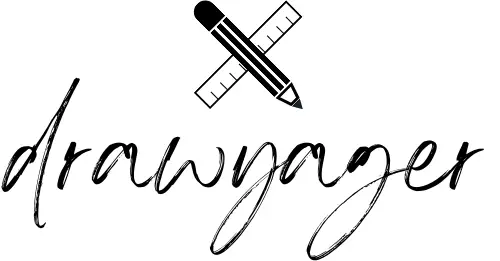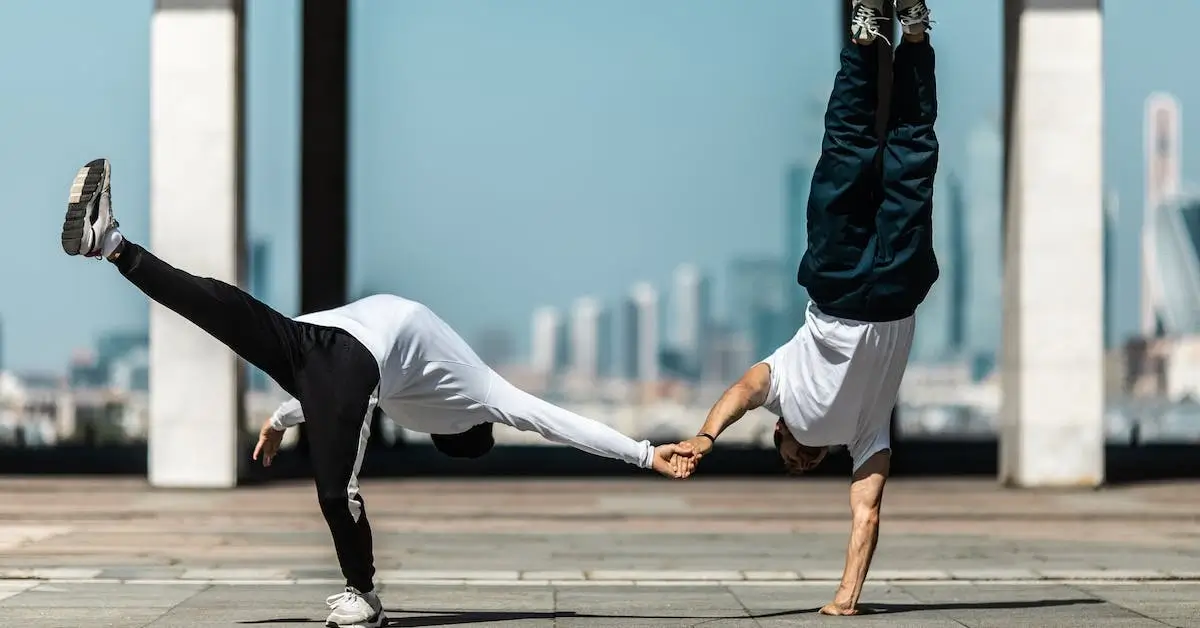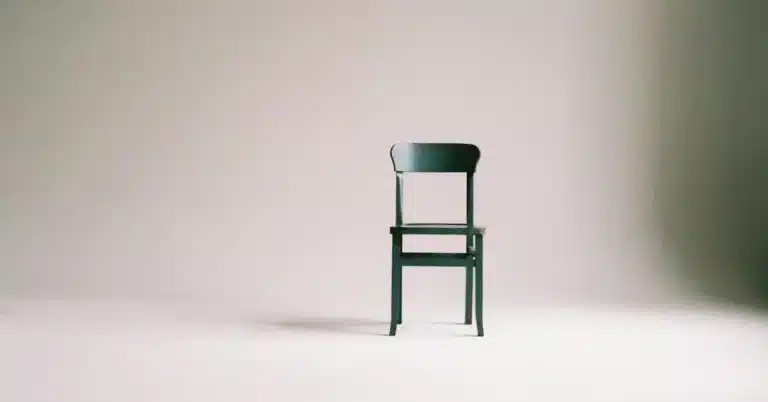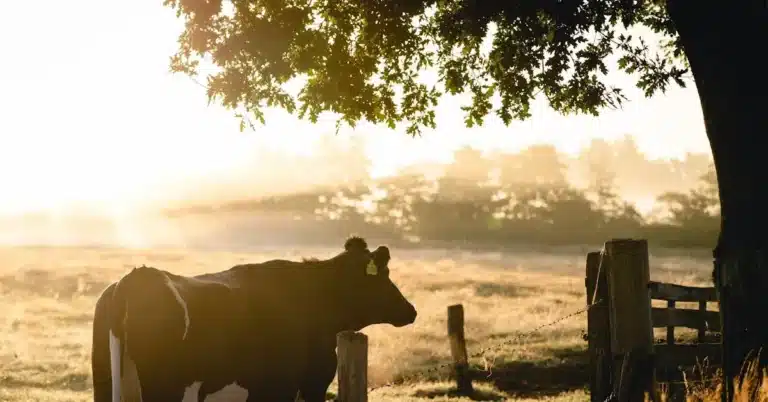As an artist, I grasp the intricacies of portraying the human form while in movement. Rendering the grace and fluidity of a dancer’s movements is notably difficult. This is precisely why it’s essential for artists seeking to improve their skills to have a reference for sketching dancers.
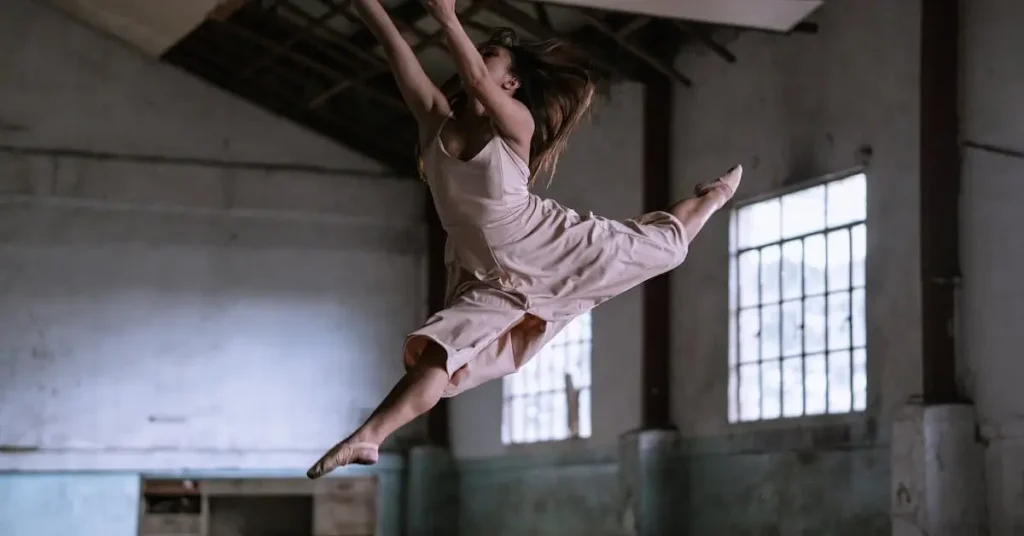
By using dancer drawing reference, you can study the human form in motion and get a better understanding of how the body moves. Whether you’re a beginner or an experienced artist, using reference photos or videos can help you create more dynamic and expressive drawings. And with so many resources available online, it’s never been easier to find the perfect reference for your next drawing.
Here I’ll share some of the best dancer drawing reference resources available online and offer tips for using them effectively. Whether you’re looking to improve your skills or just want to explore new techniques, these resources will help you take your art to the next level. So let’s get started!
Understanding the Basics of Drawing Dancers
As someone who likes drawing dancers, I know that capturing the grace and movement of a dancer on paper can be a challenging yet rewarding experience for artists of all levels. Whether you’re a beginner or an experienced artist, there are a few basics that you should keep in mind when drawing dancers.
Pay Attention to Proportions
The first thing to keep in mind when drawing dancers is to pay attention to the proportions of the body. This includes the length of the legs and arms, the size of the torso, and the shape of the head. Understanding these proportions will help you create a realistic representation of the dancer’s body. To get a better understanding of how to draw proportions correctly, you can use dancer drawing references.
Sketch the Outline of the Dancer
Once you have identified the key elements of your dancer drawing reference, you can begin sketching the outline of the dancer. Start with light, loose lines that capture the basic shape of the body. As you become more confident, you can start adding more detail and refining the lines.
Capture Movement and Energy
One of the most important aspects of drawing dancers is capturing the movement and energy of the dance. This will be challenging at first, but it’s essential for creating a dynamic and engaging drawing. Pay attention to the dancer’s posture, the flow of their movements, and the way their body interacts with the space around them. Mostly it’s easier to catch a glimpse of the energy when you’re watching a video of a dancing person.

Use References
Drawing dancers from memory can be difficult, so it’s always a good idea to use dancer drawing references. This can include photographs, videos, or even live models. Using dancer drawing references will help you capture the details and nuances of the dance more accurately.
Here you can find a gallery with 100 Dancer Drawing References:
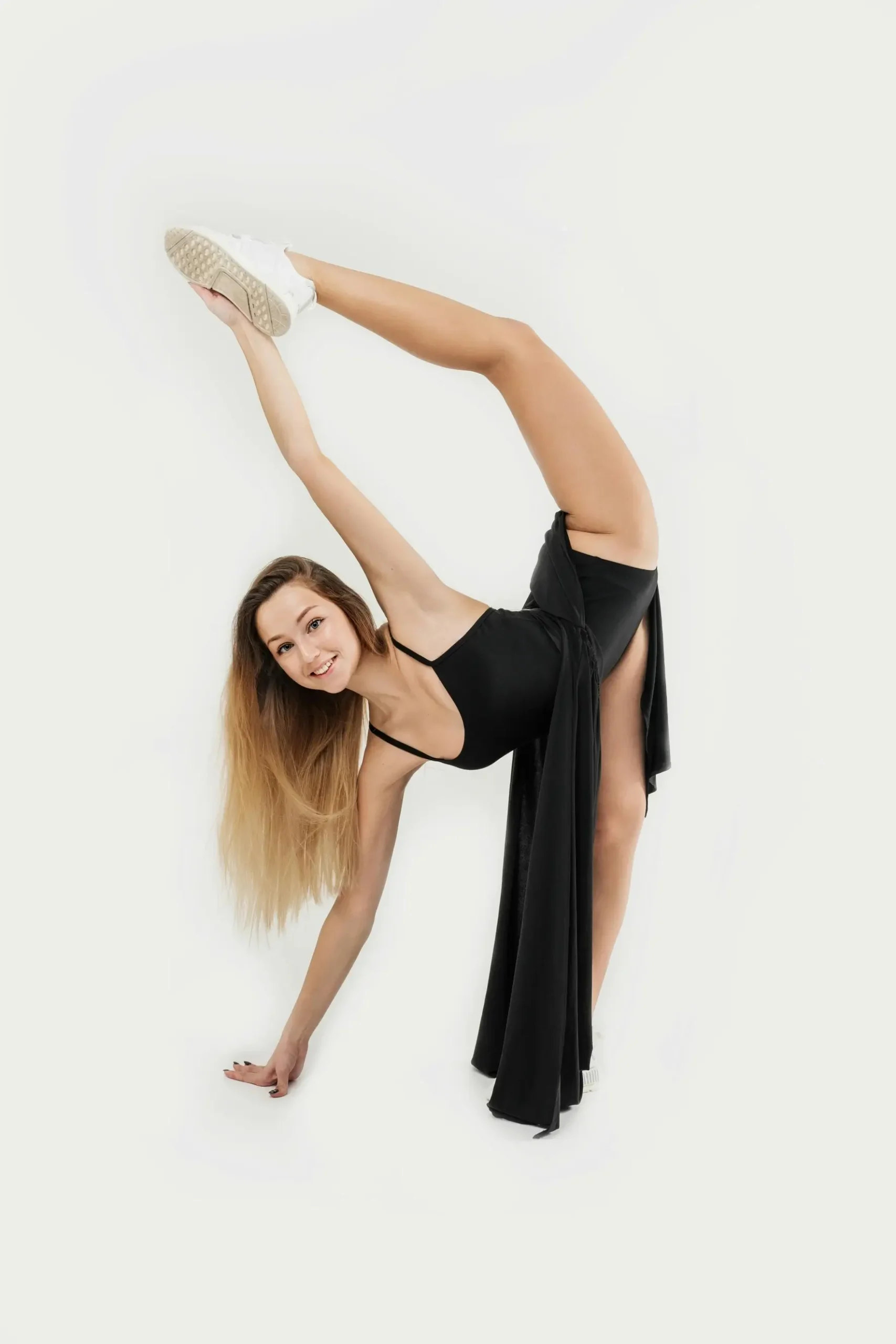

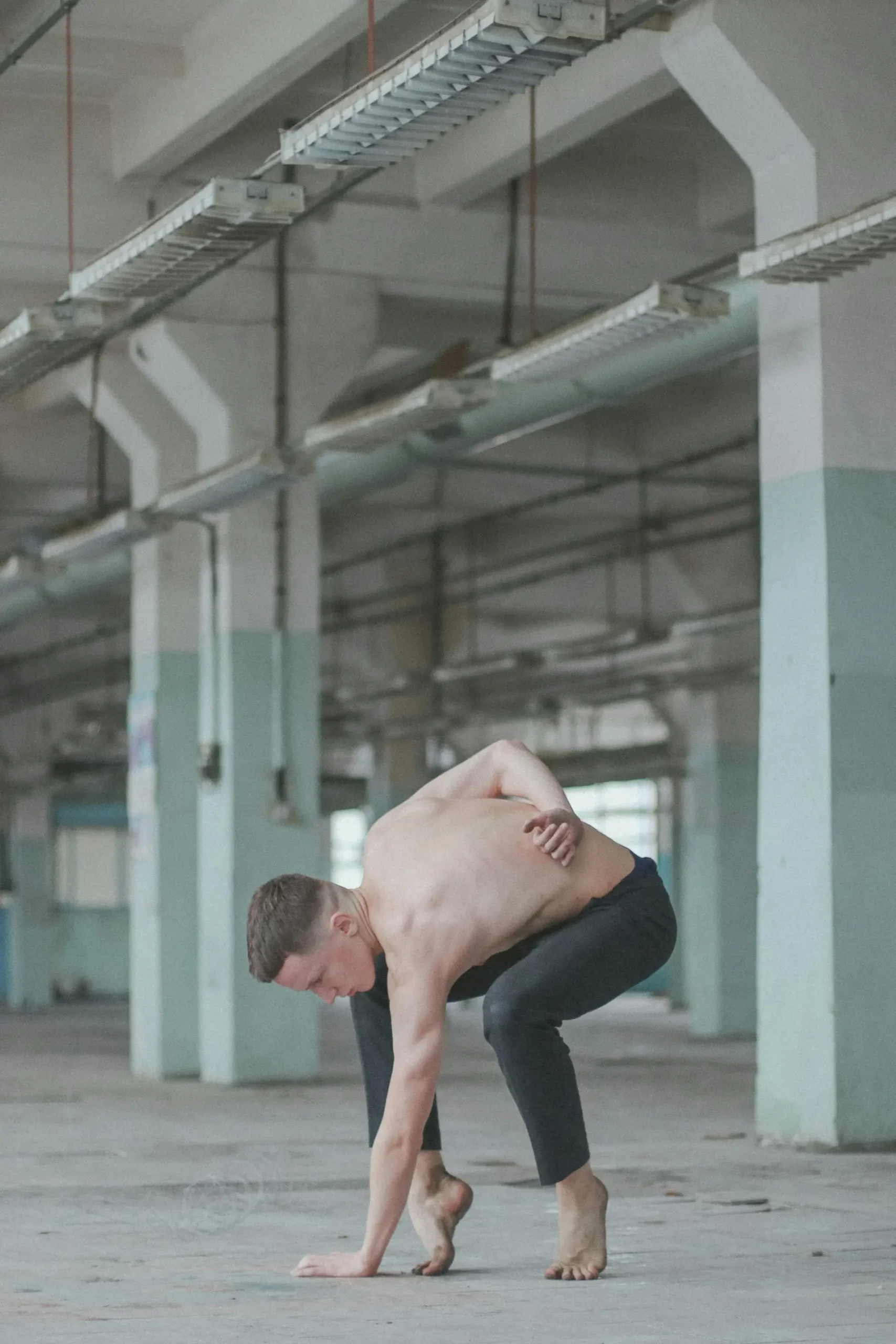
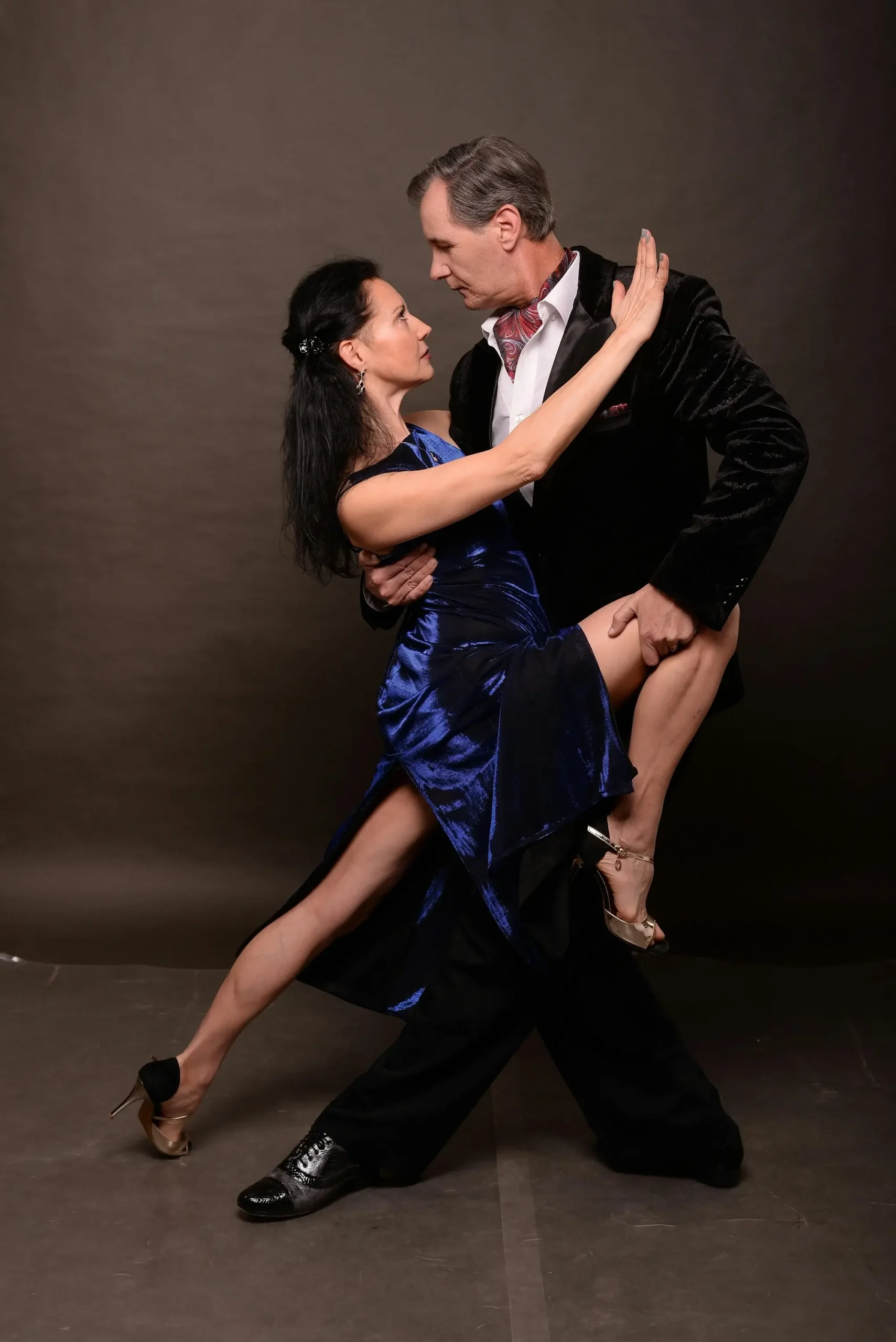
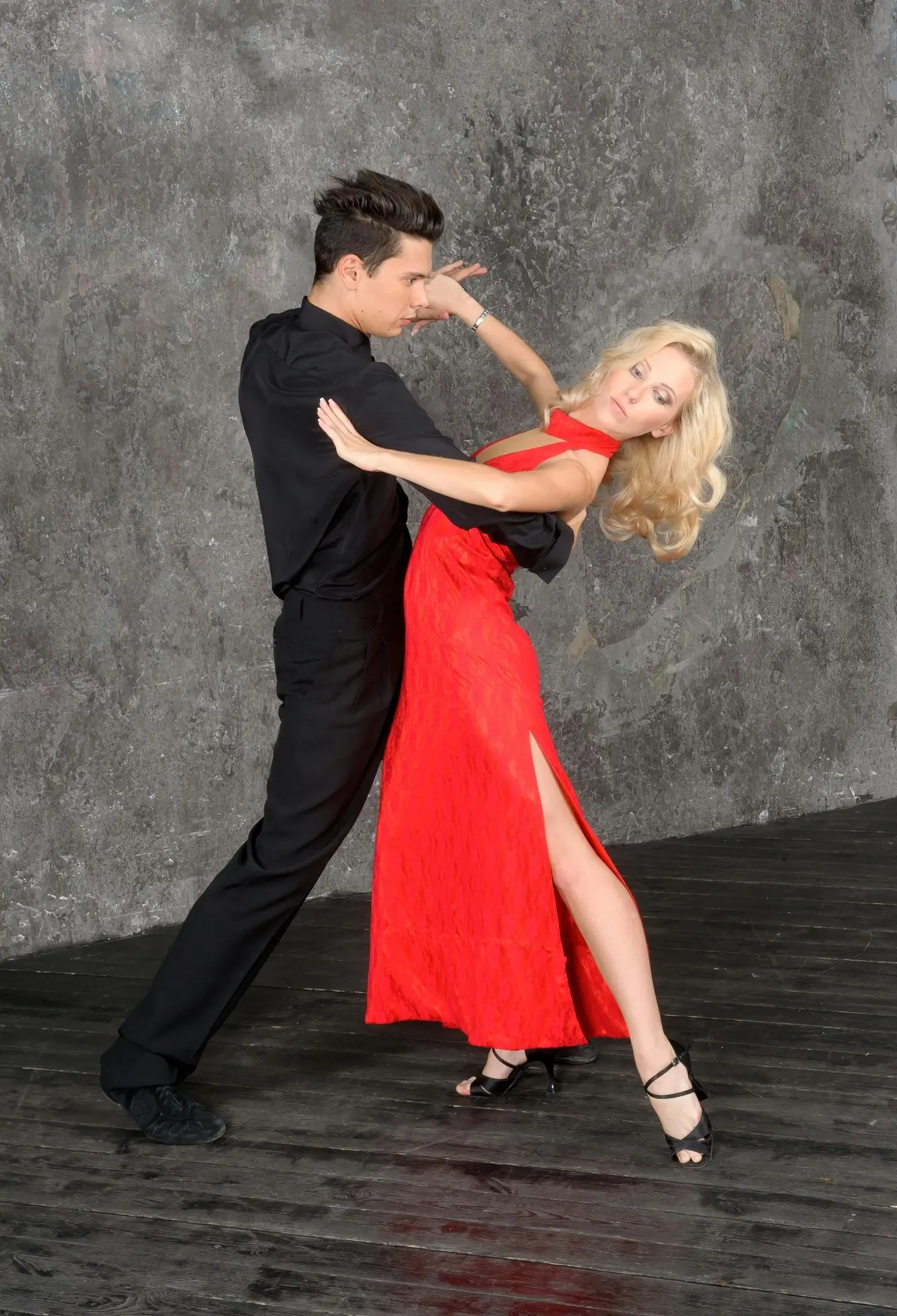
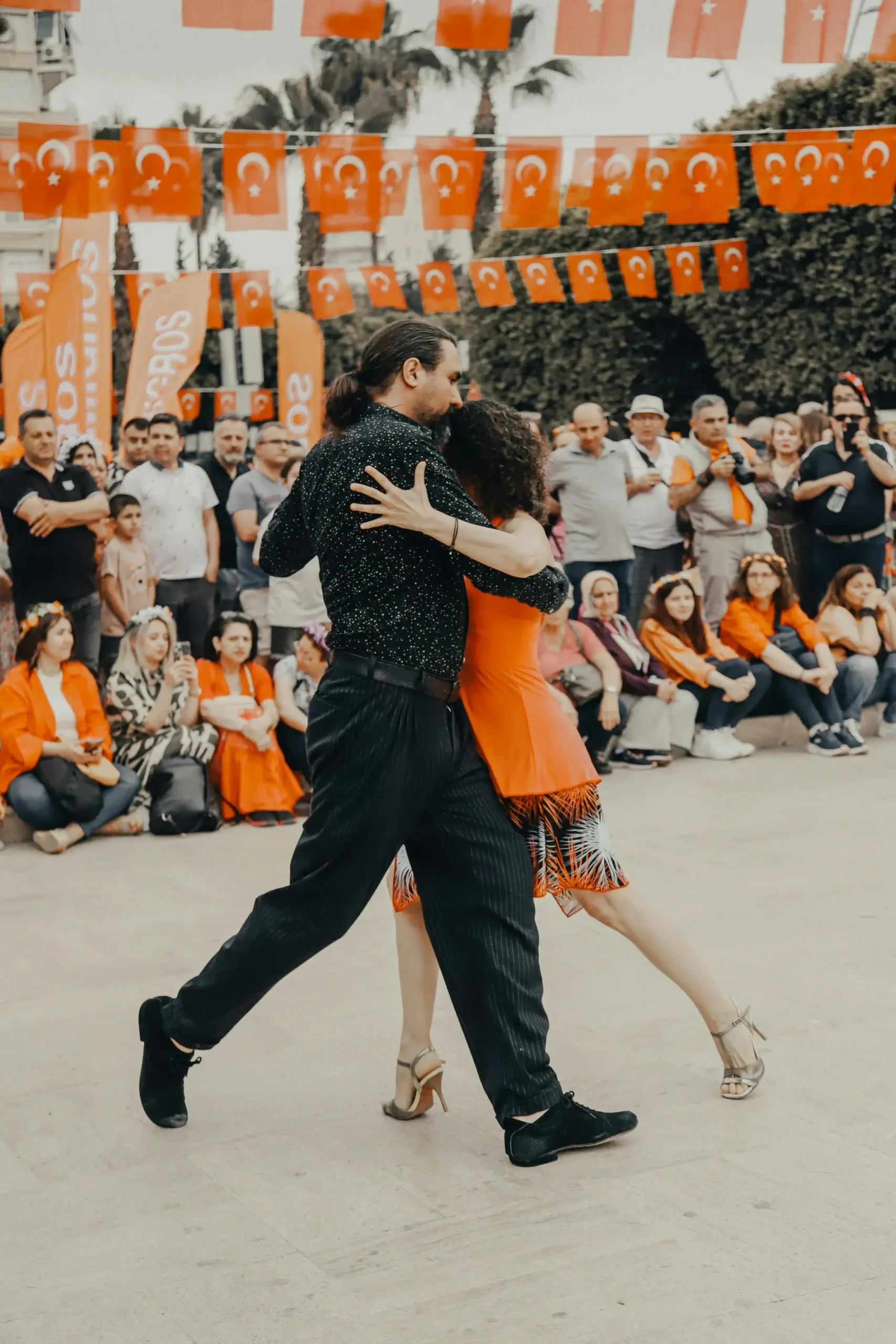
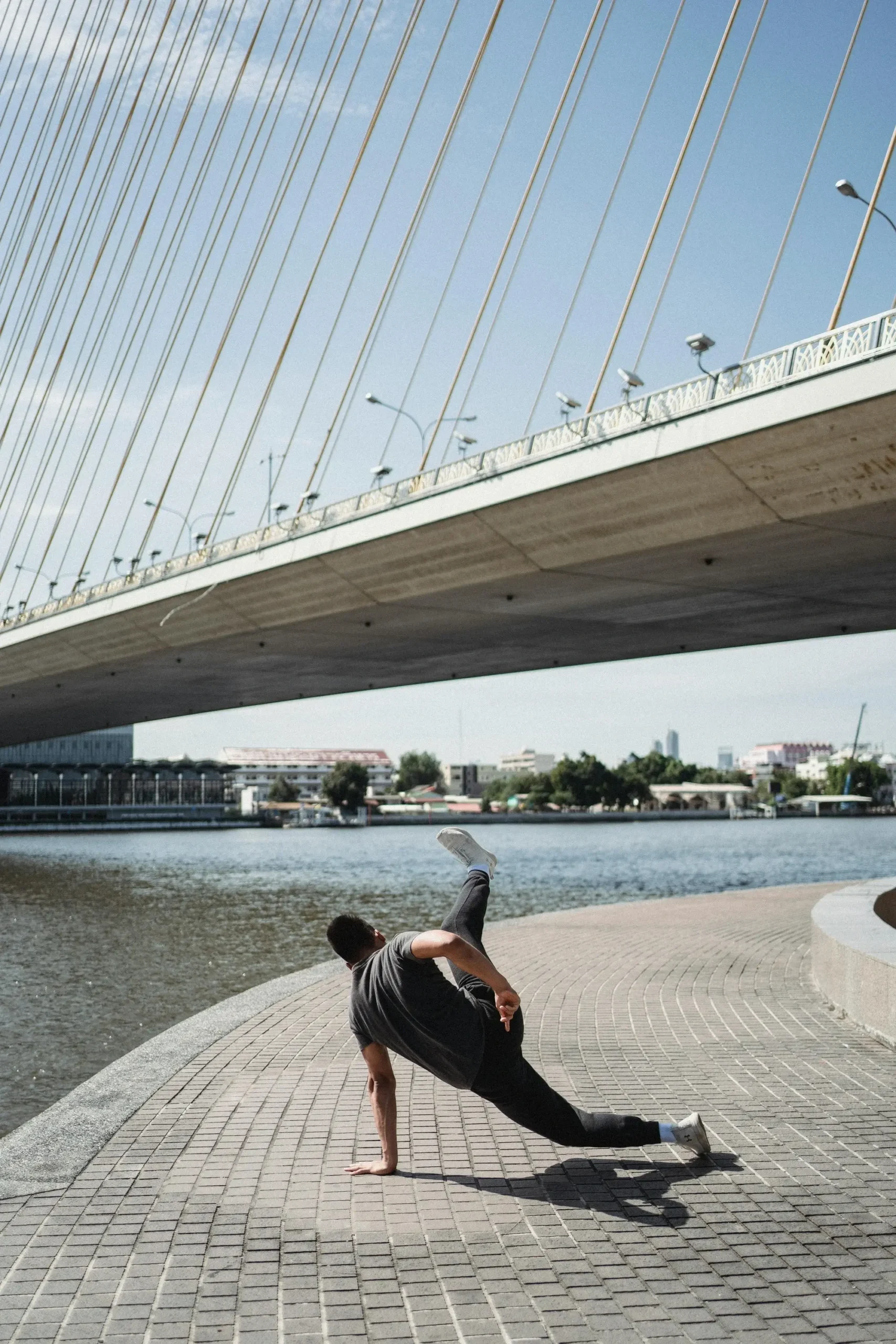
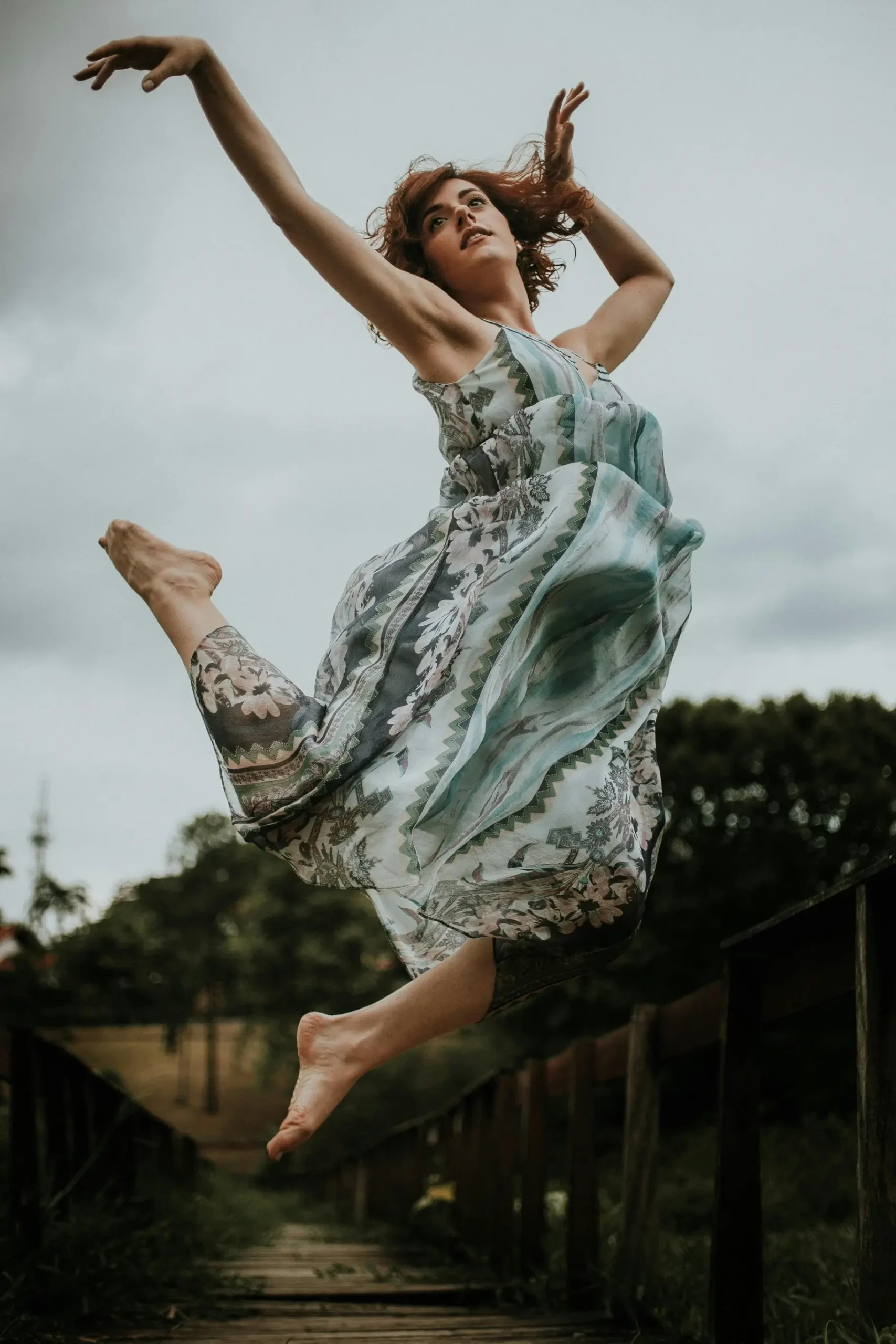
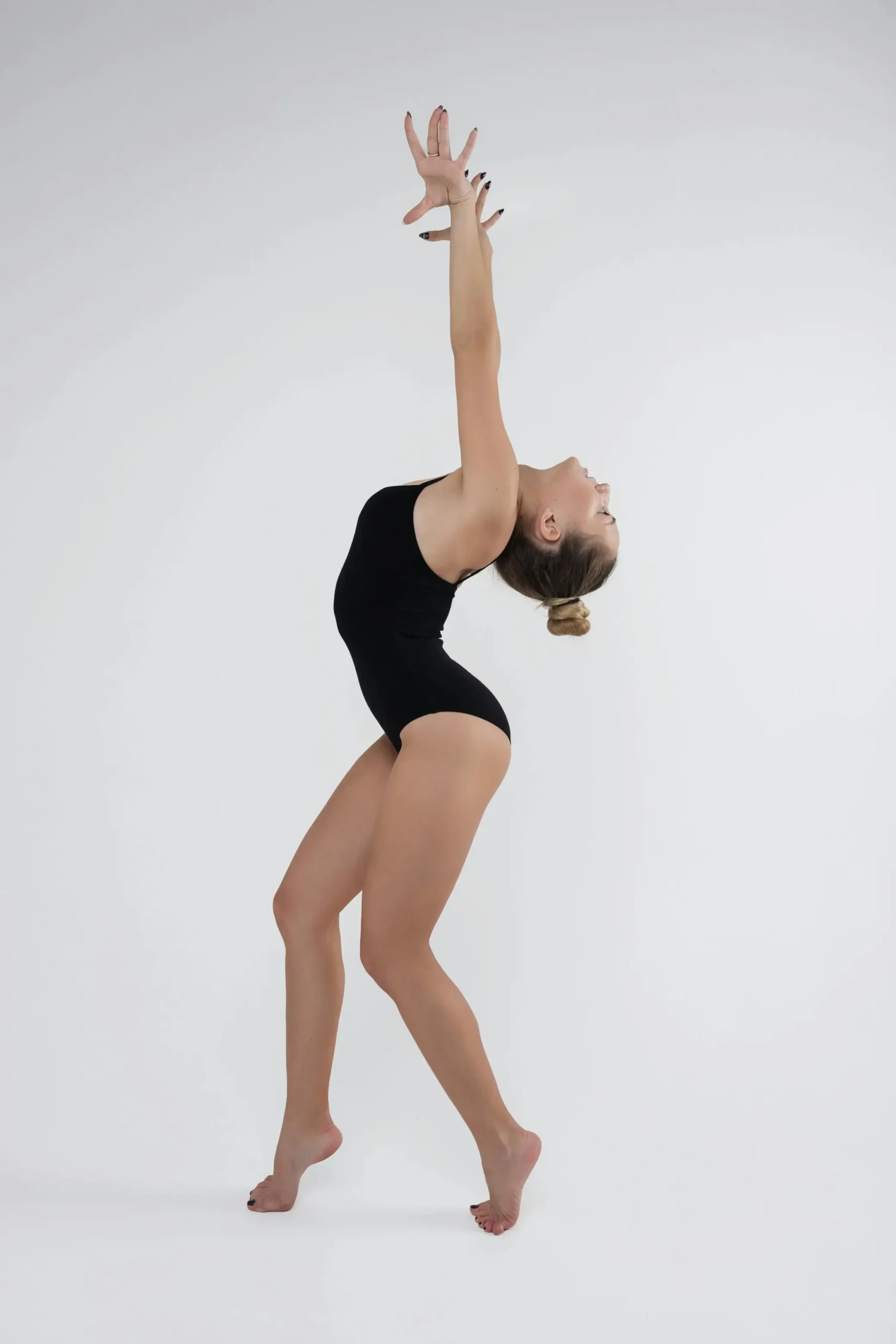




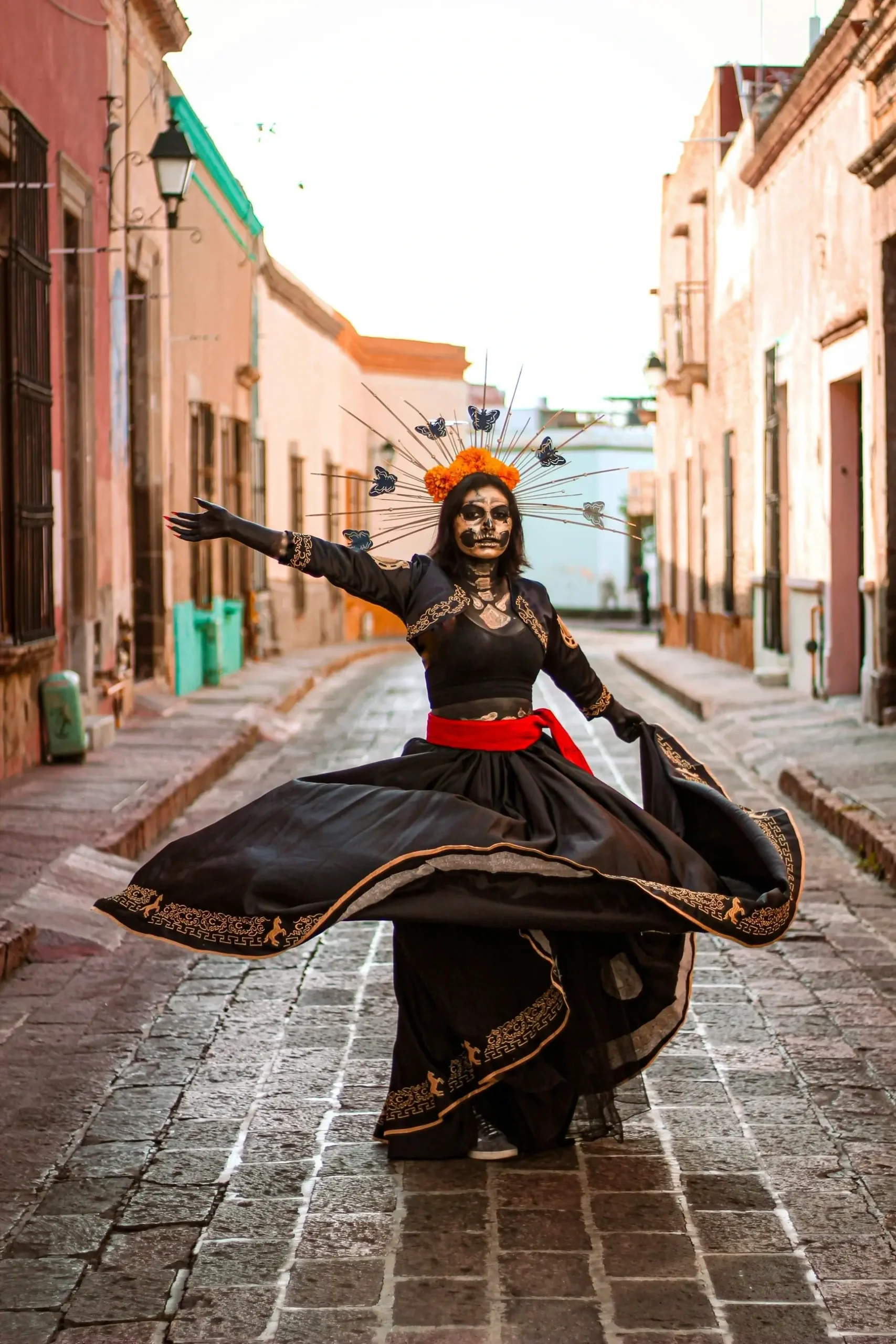
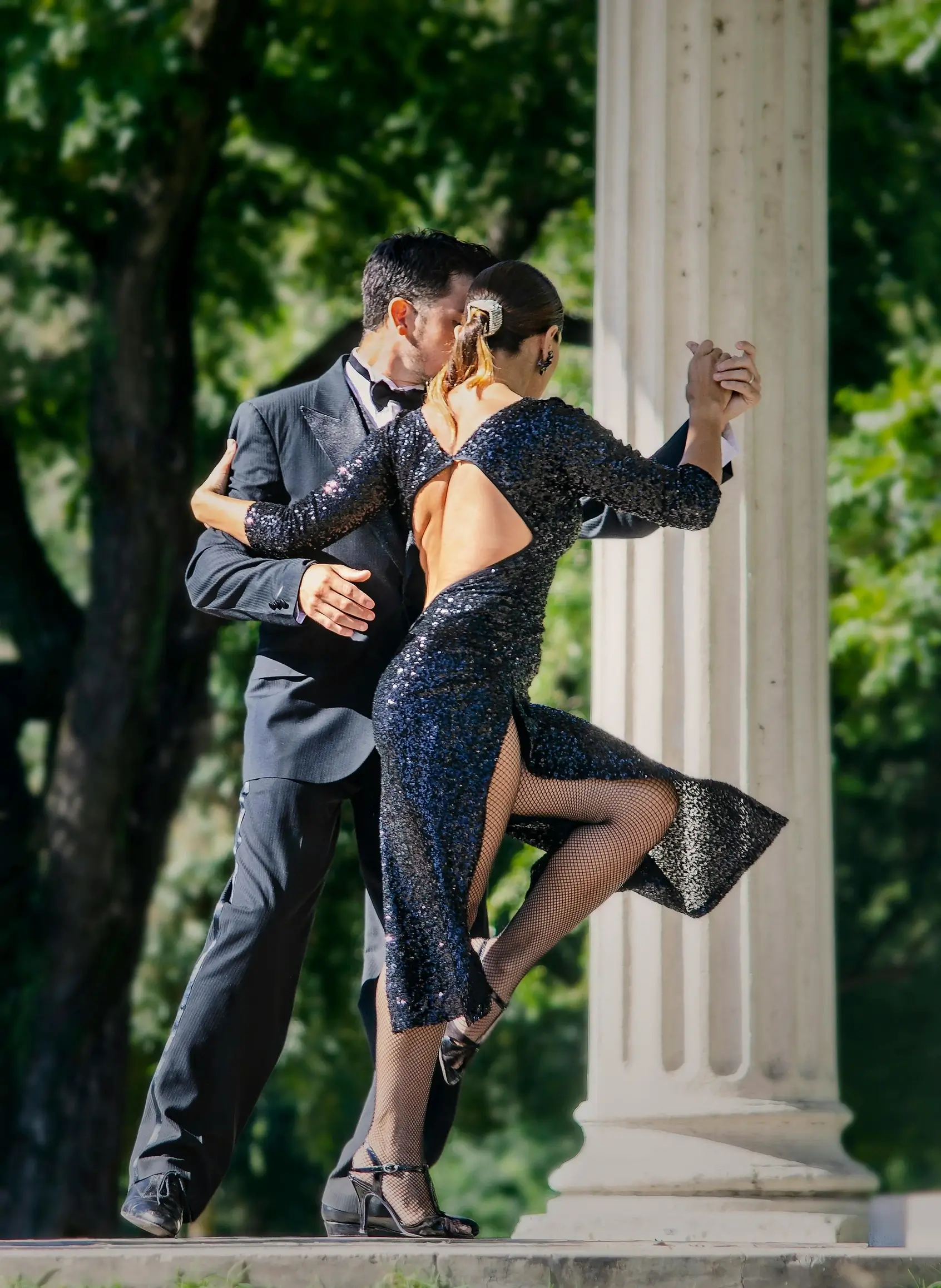
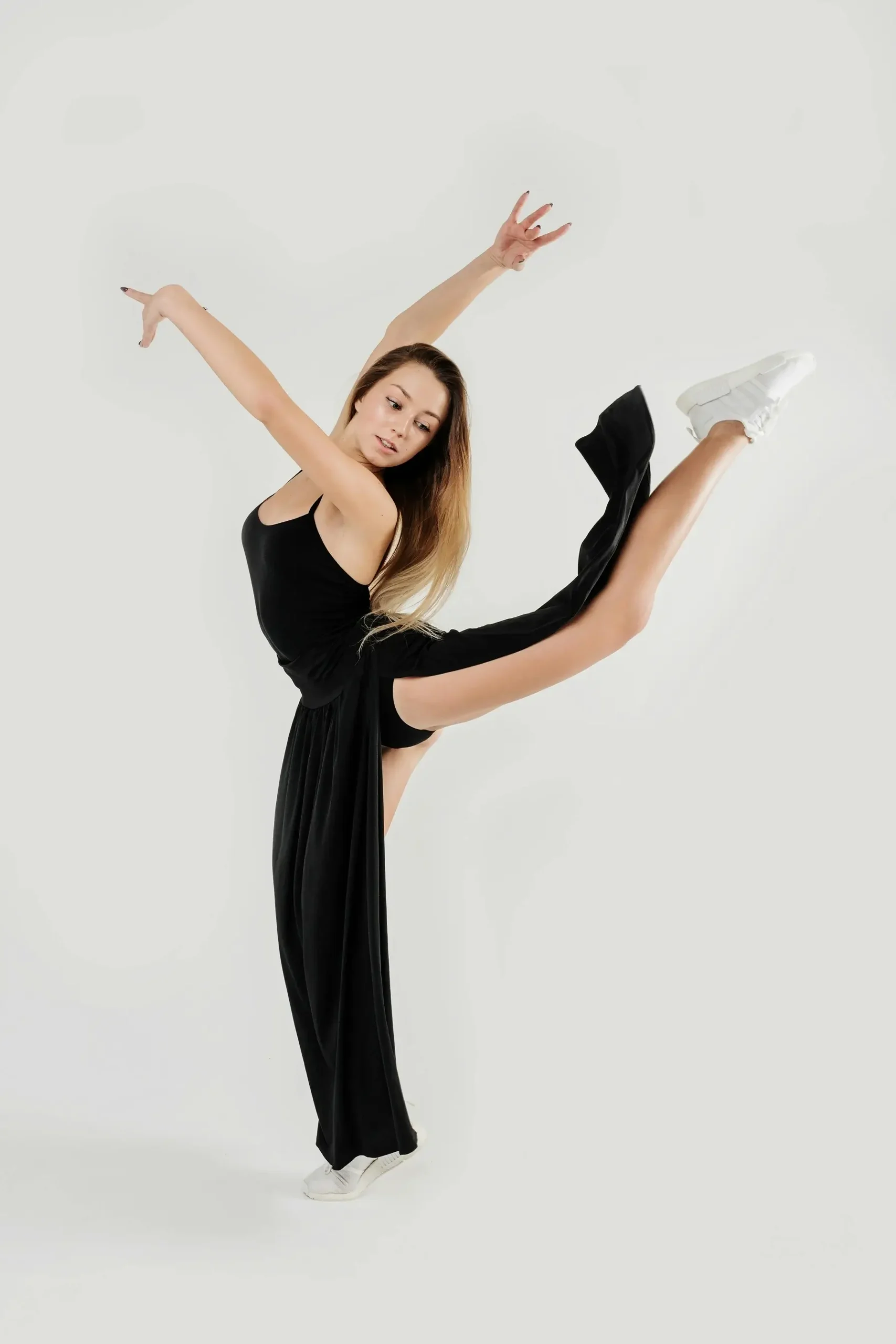
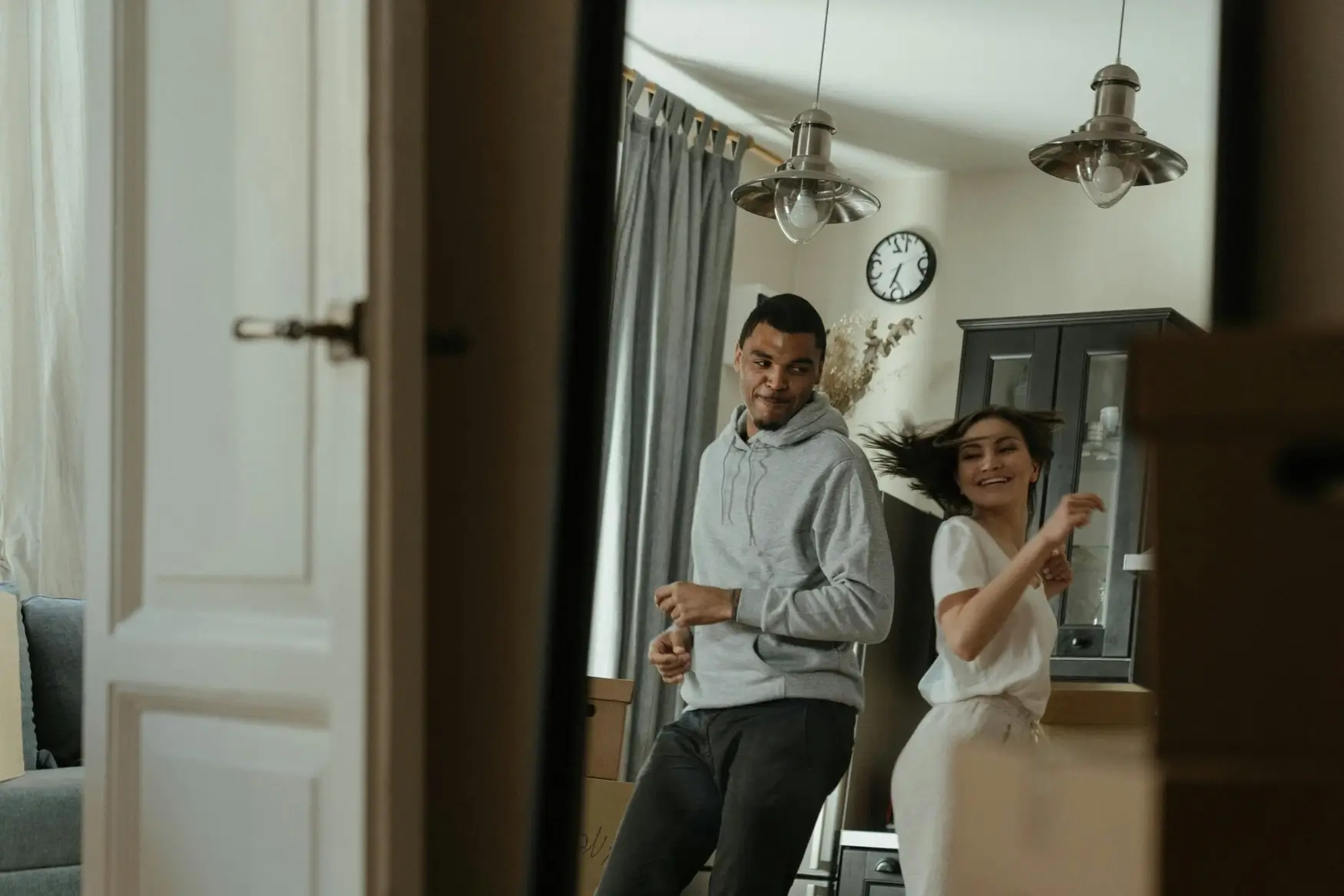
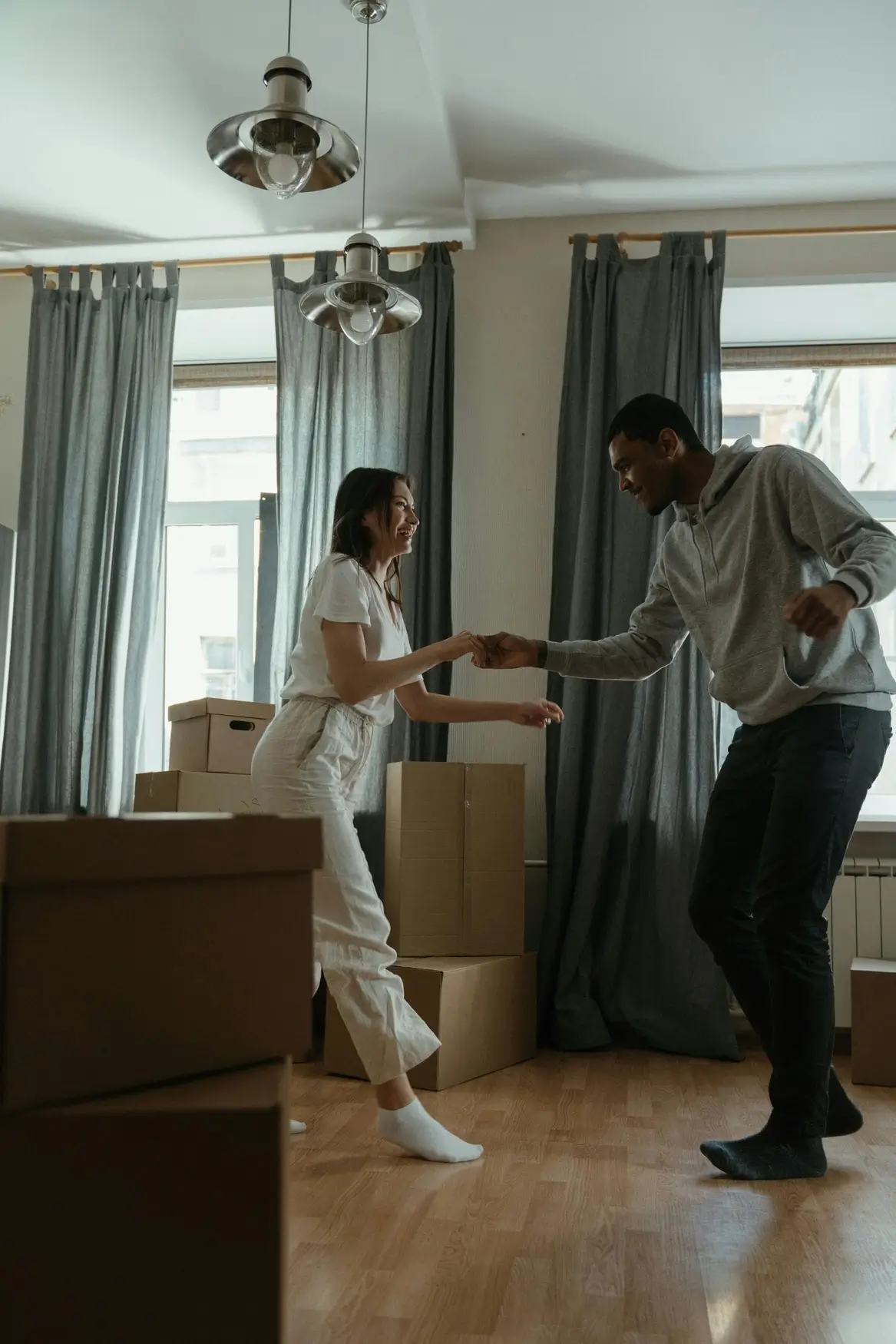
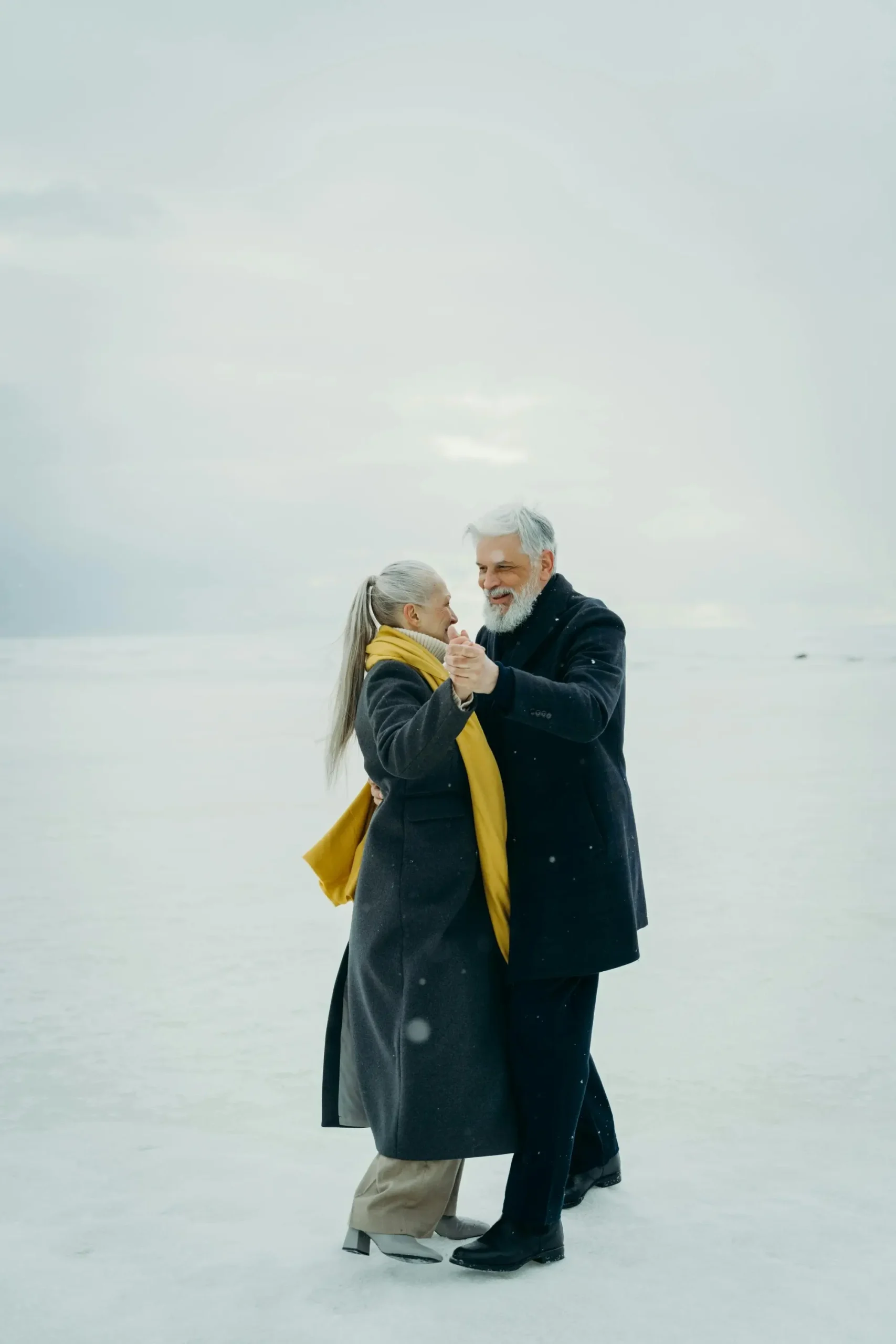
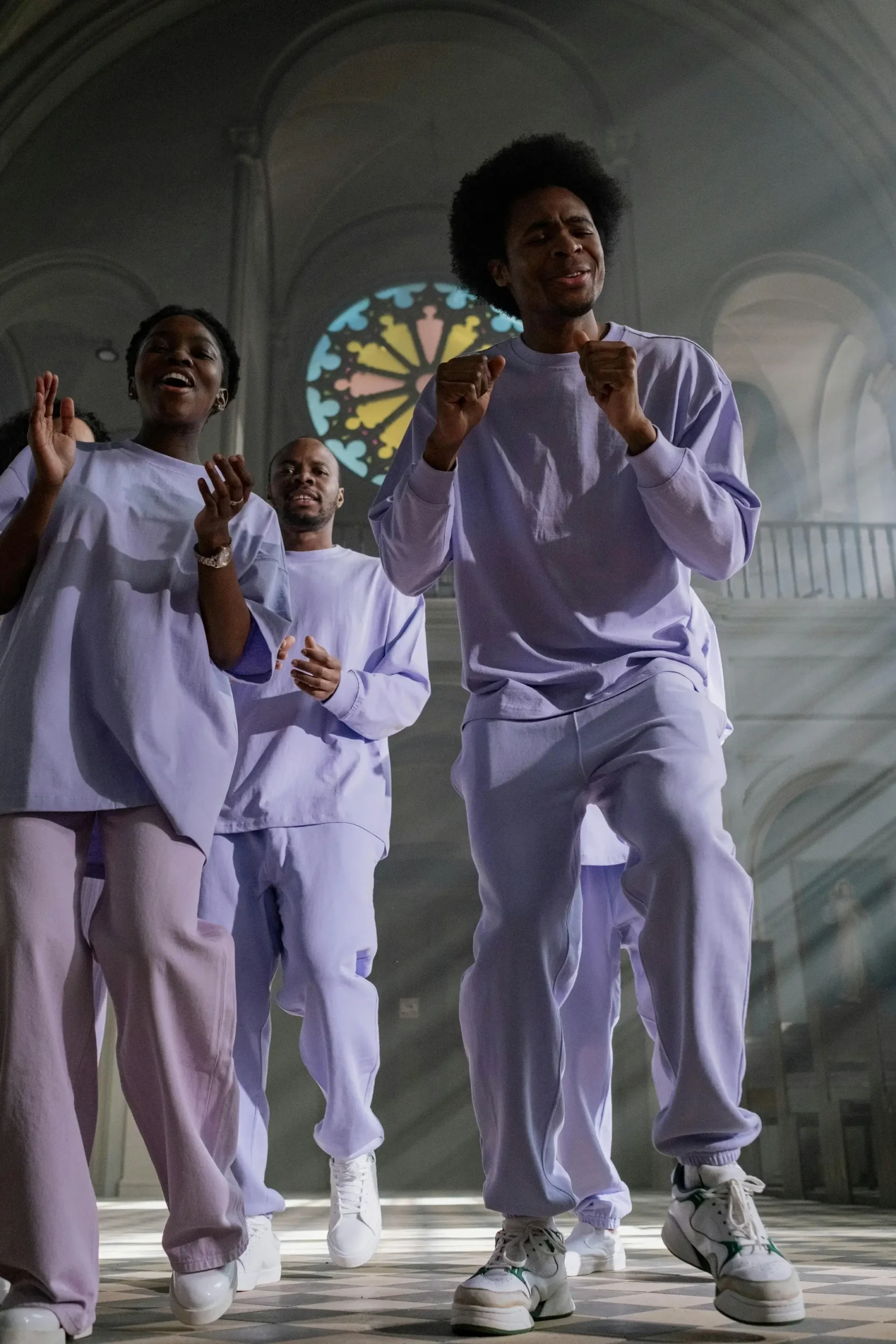

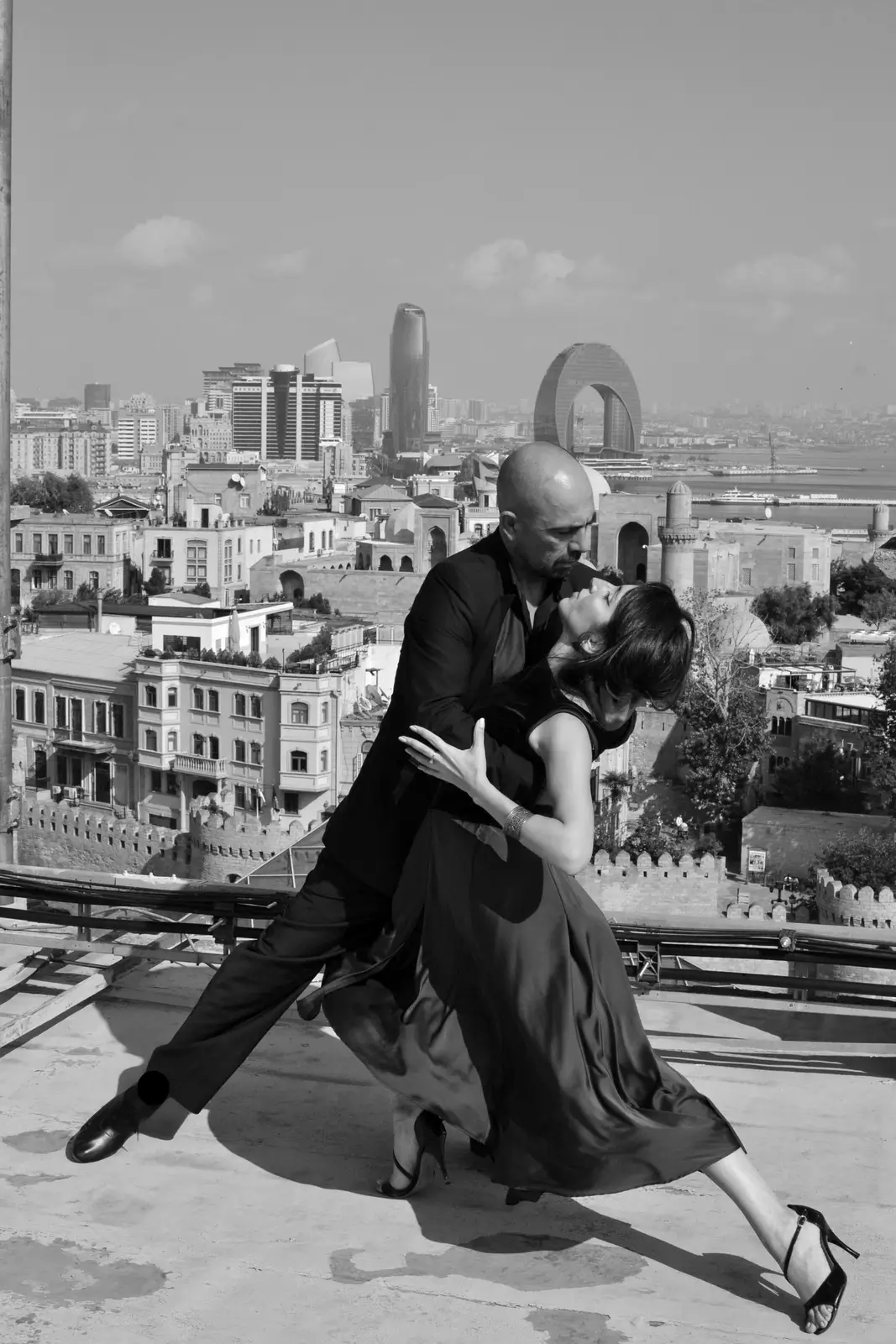
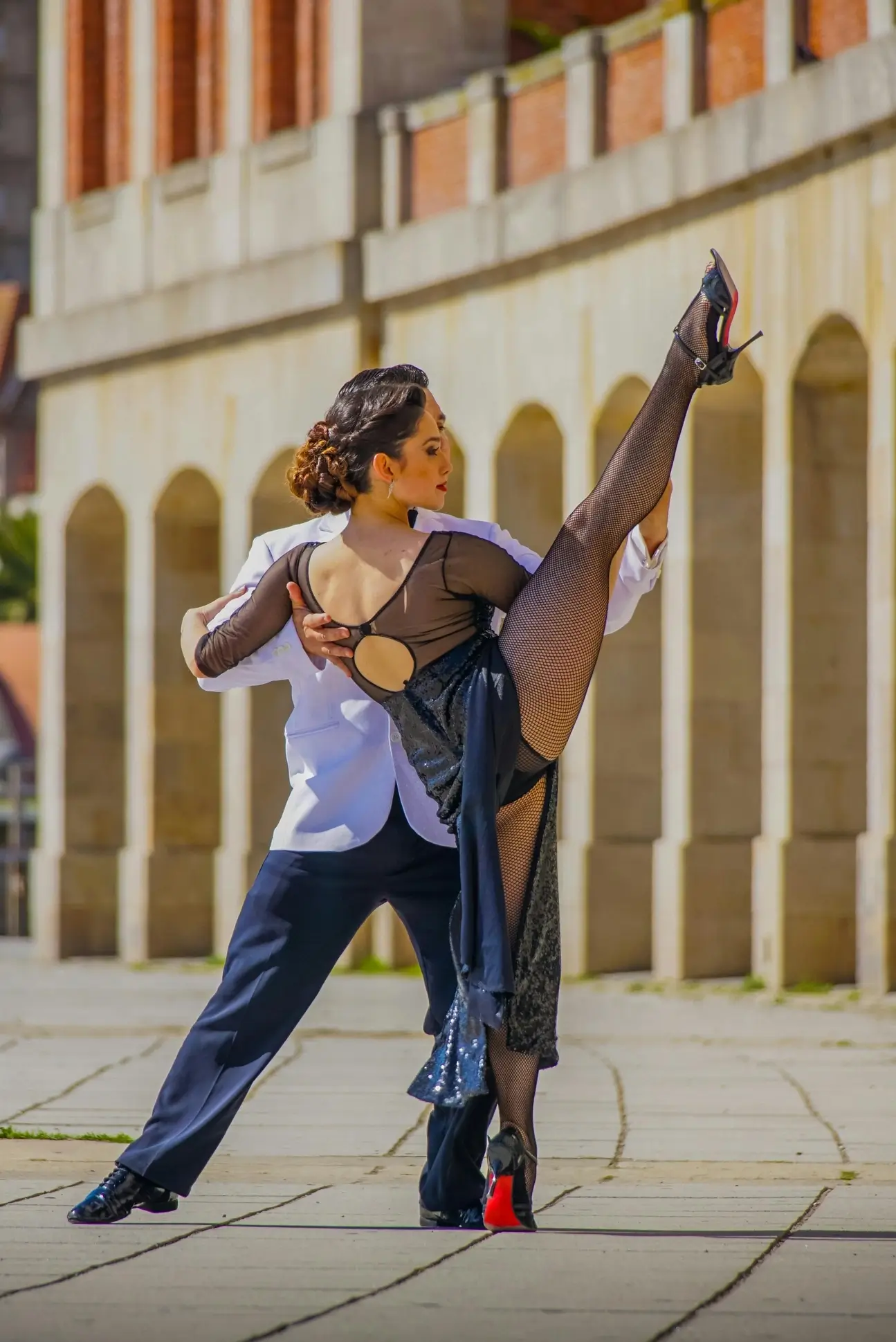

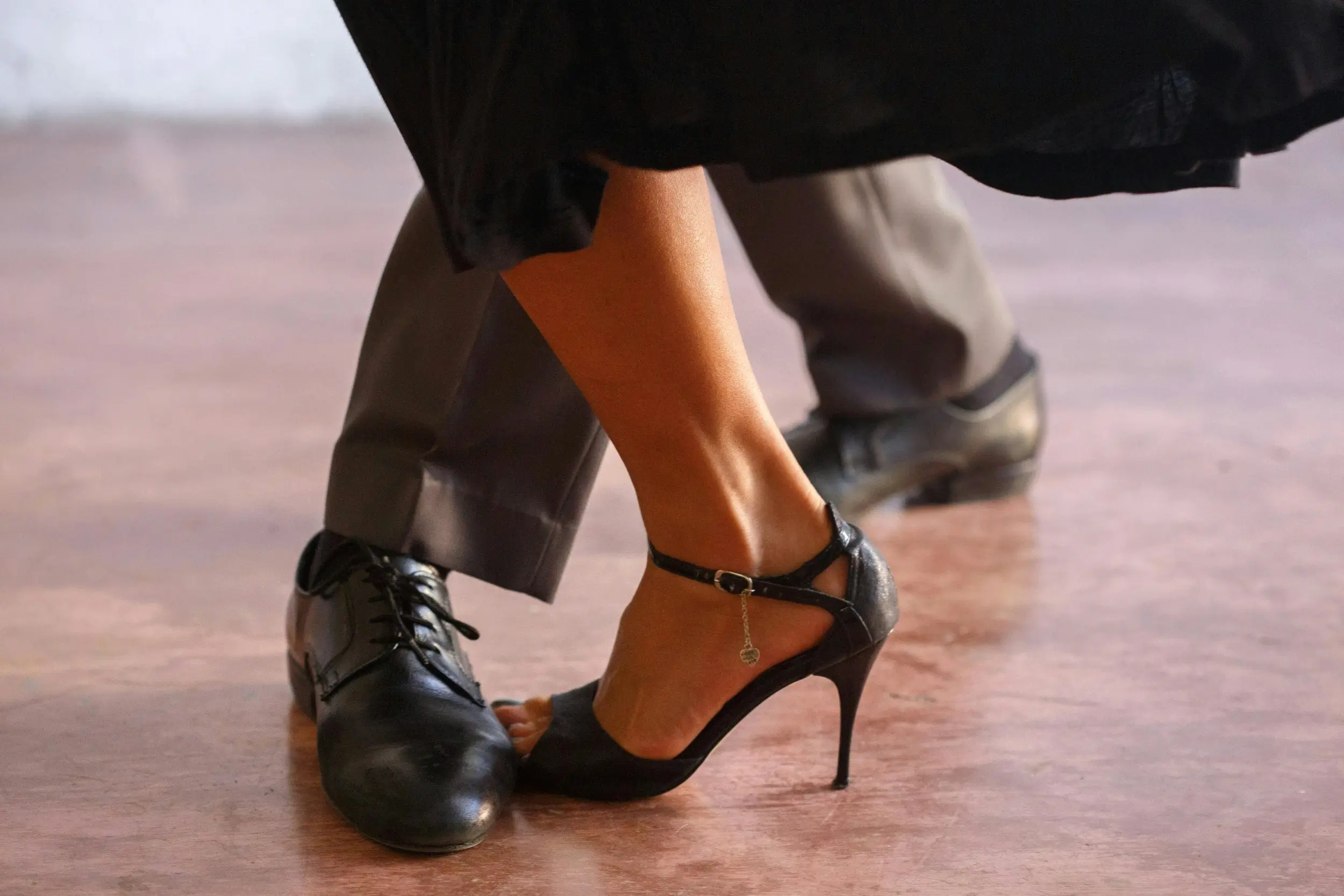

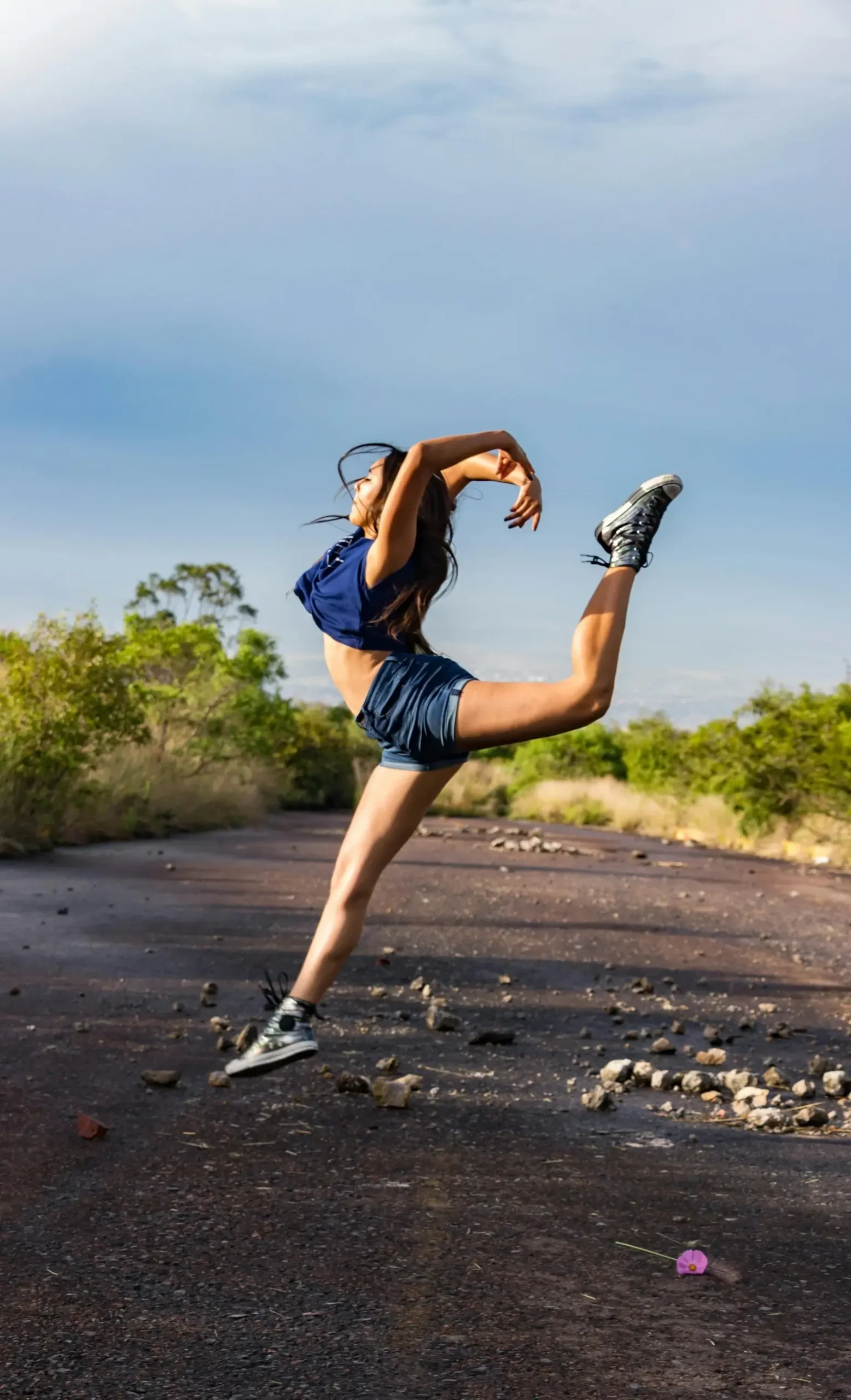
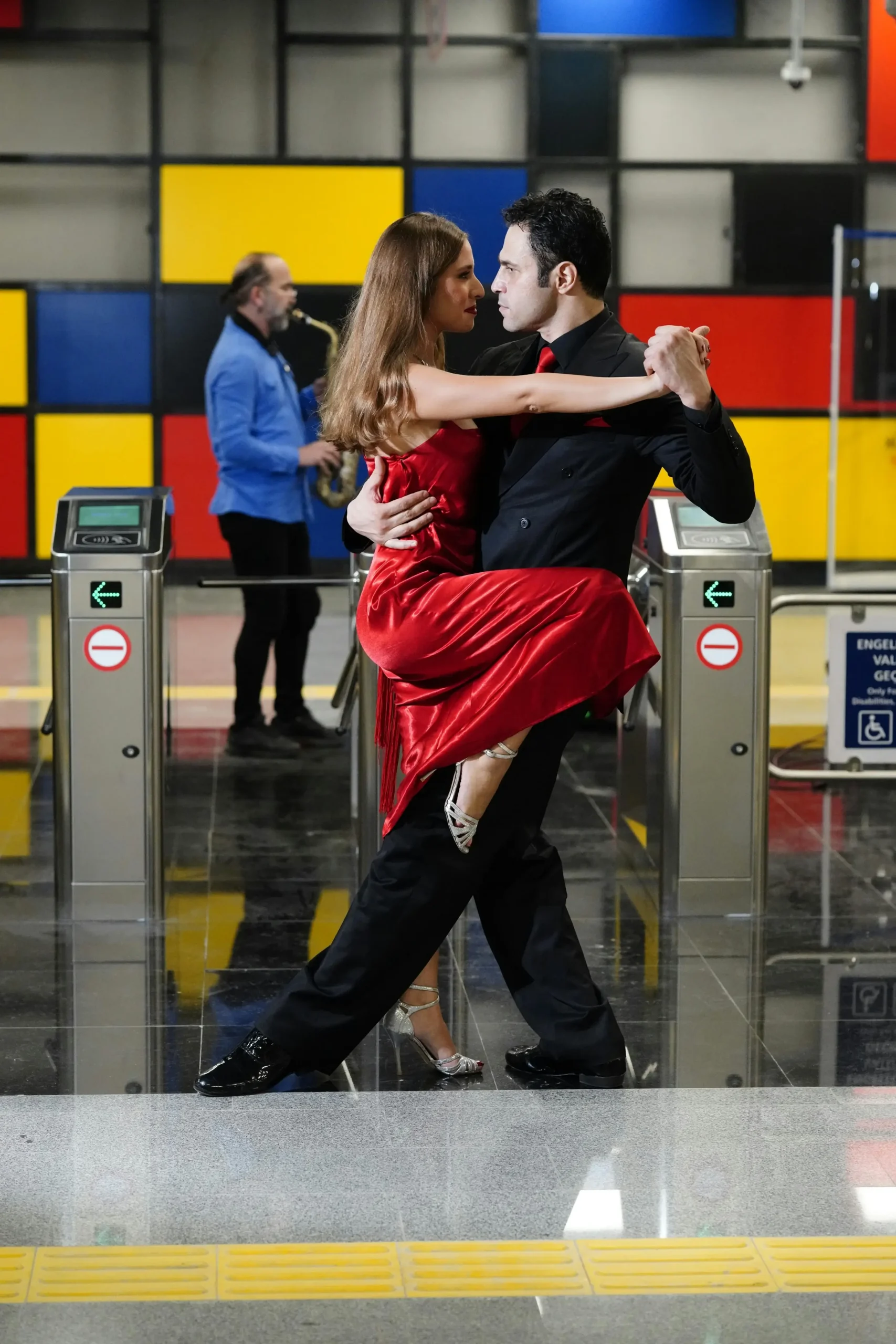
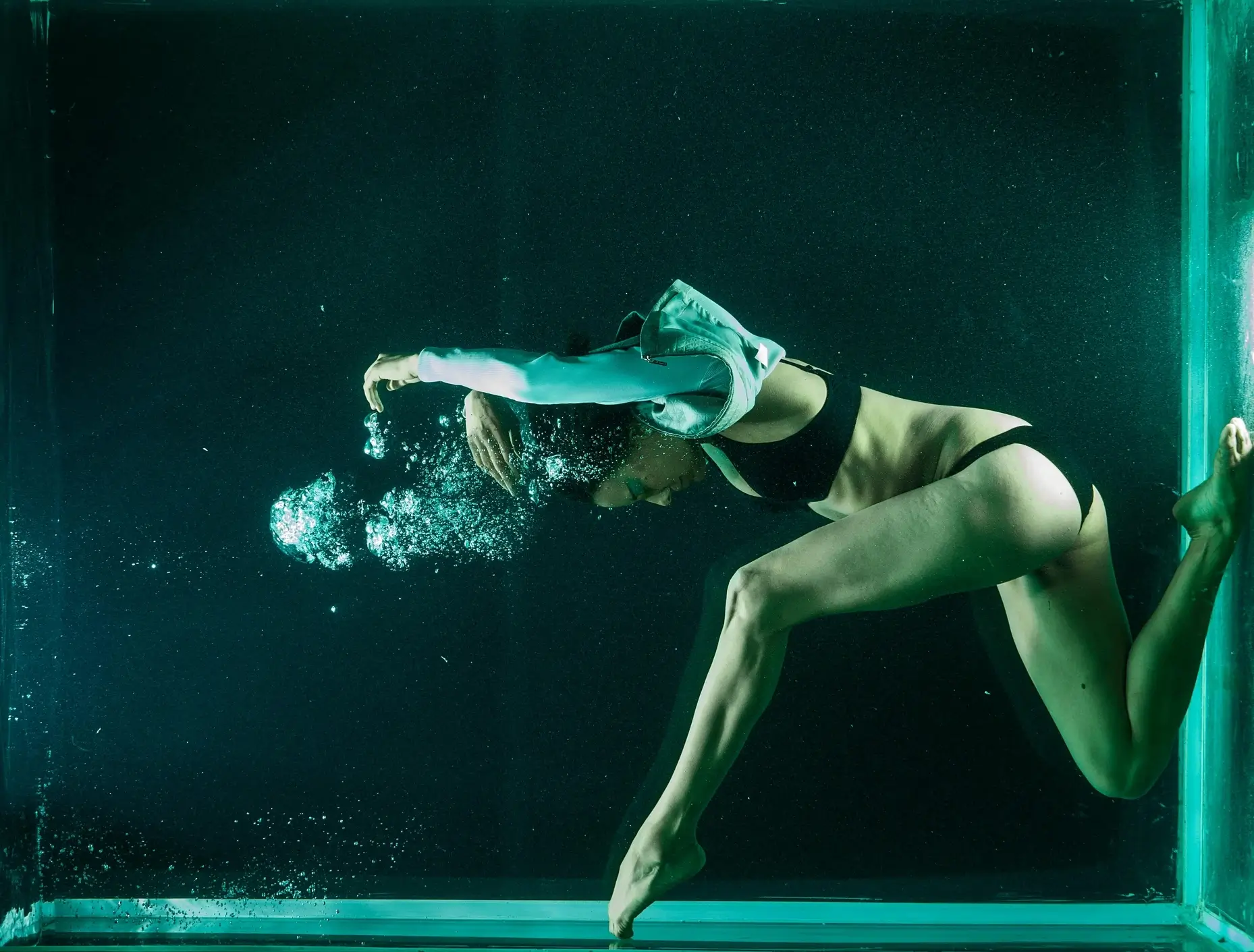
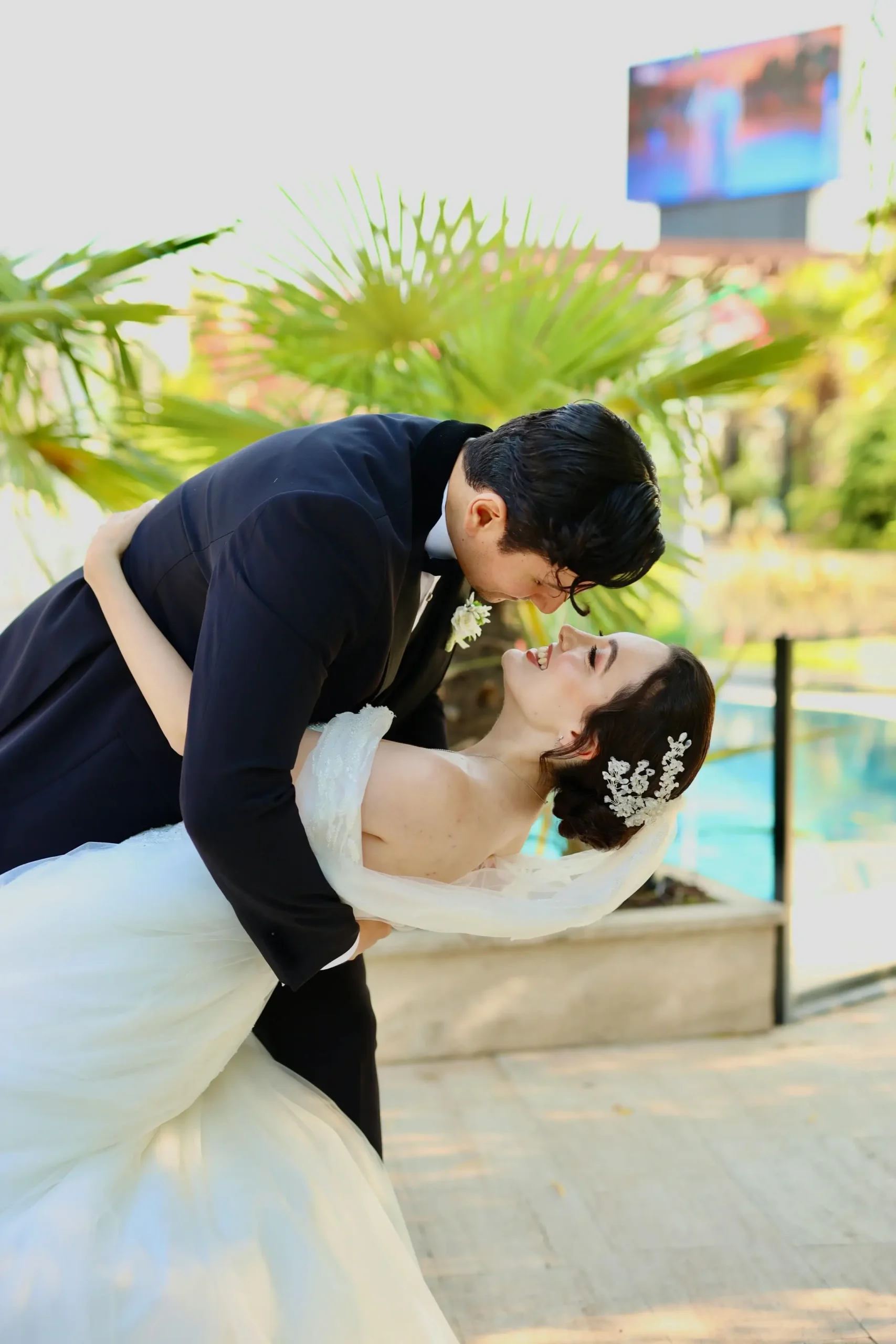
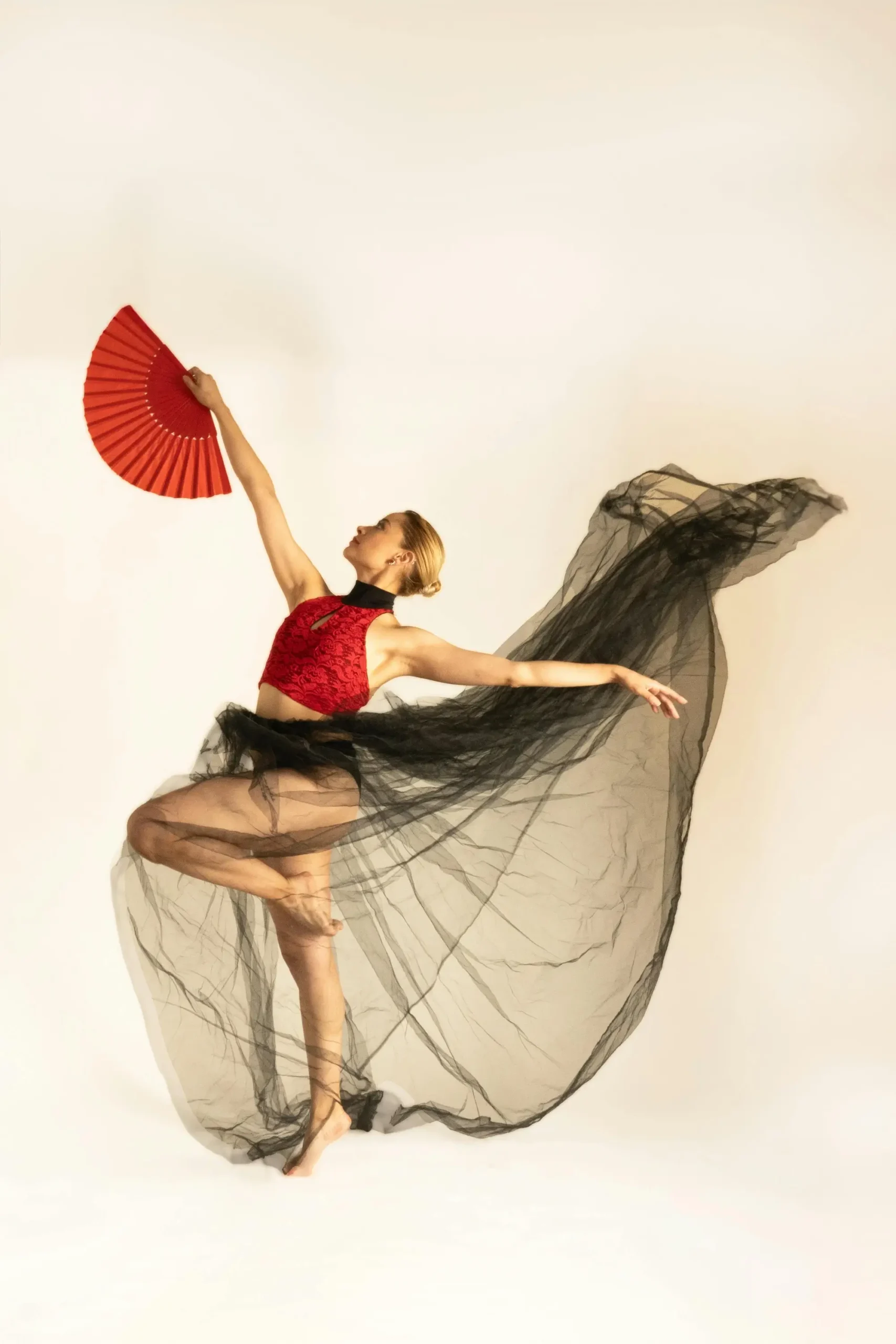
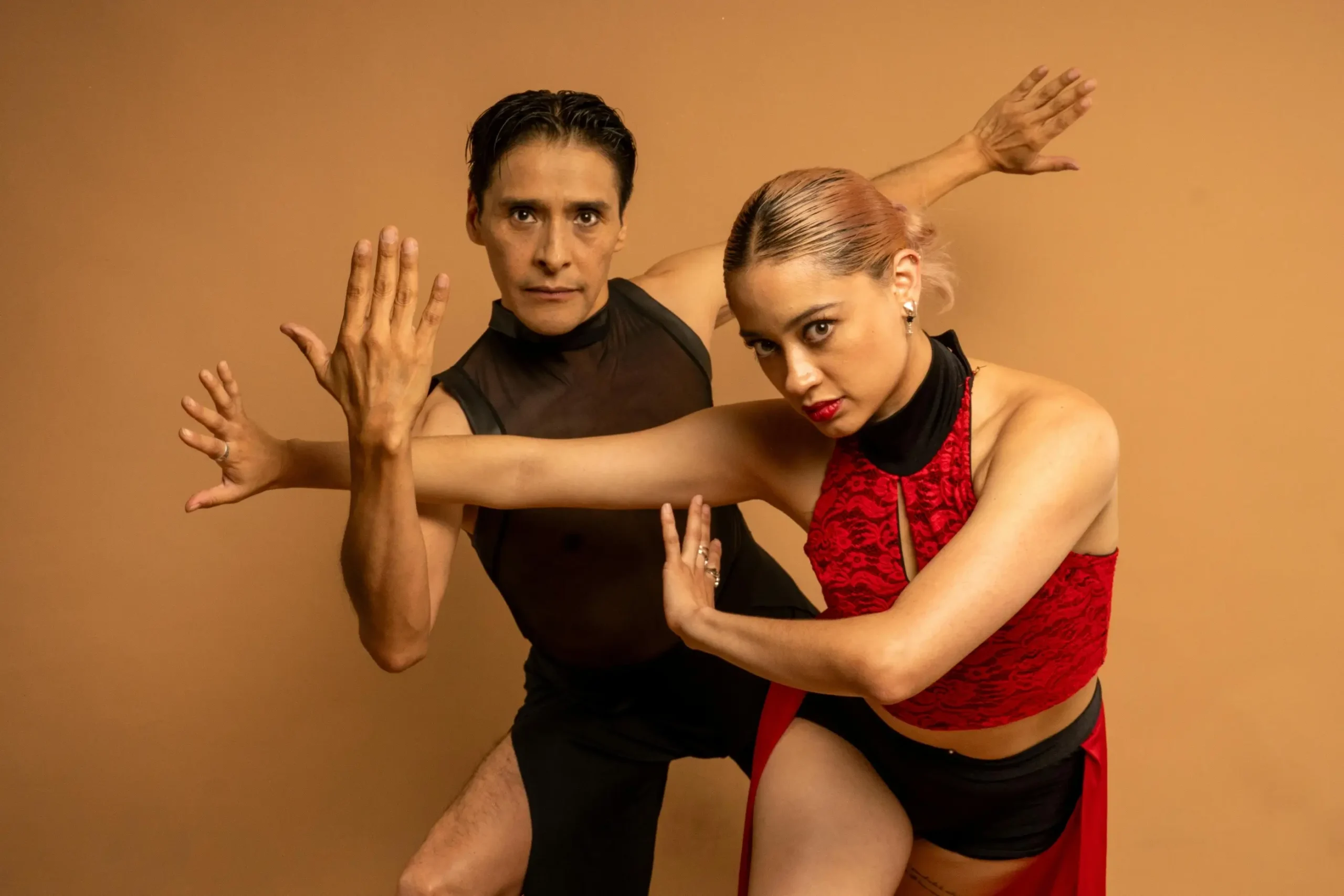


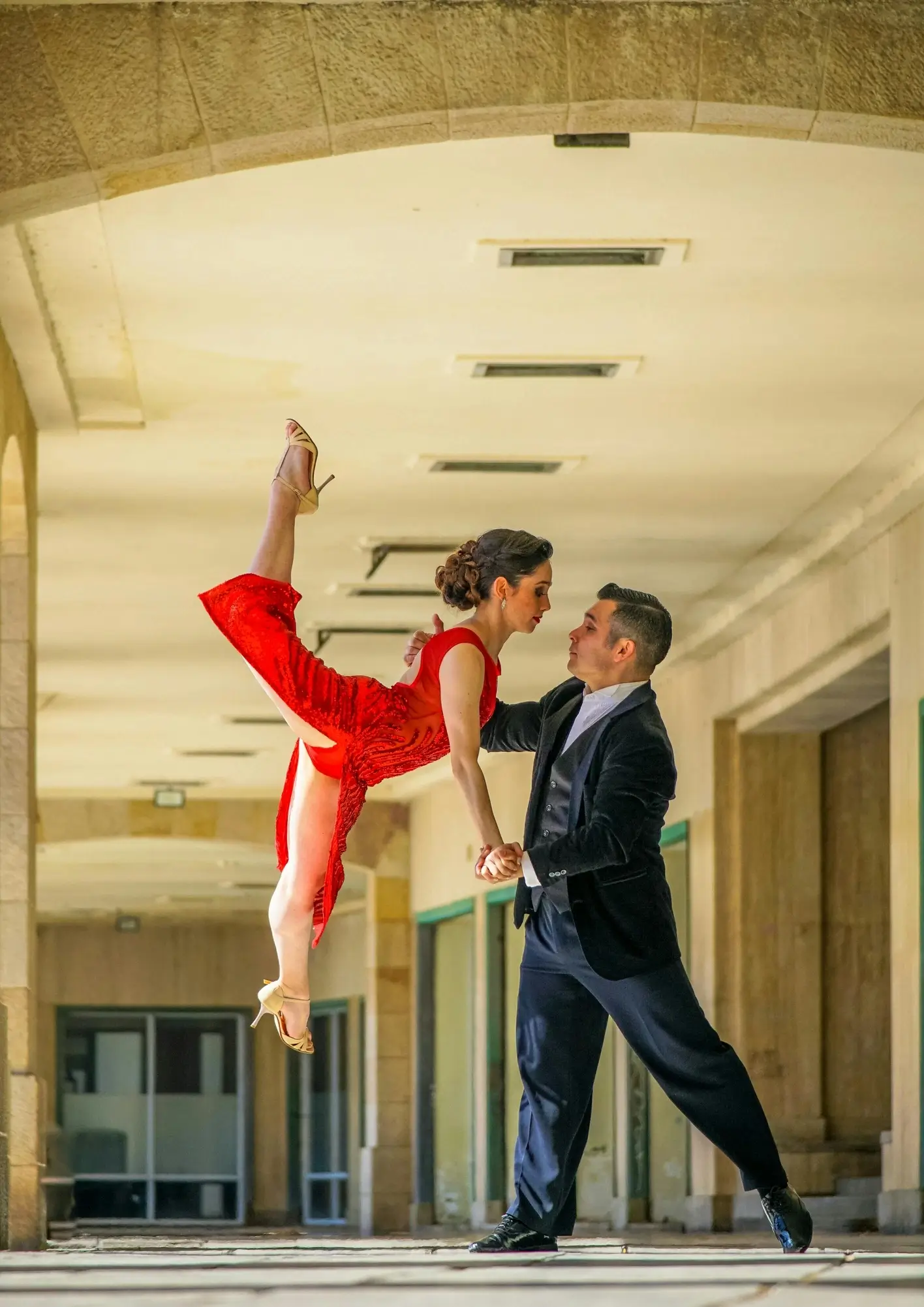
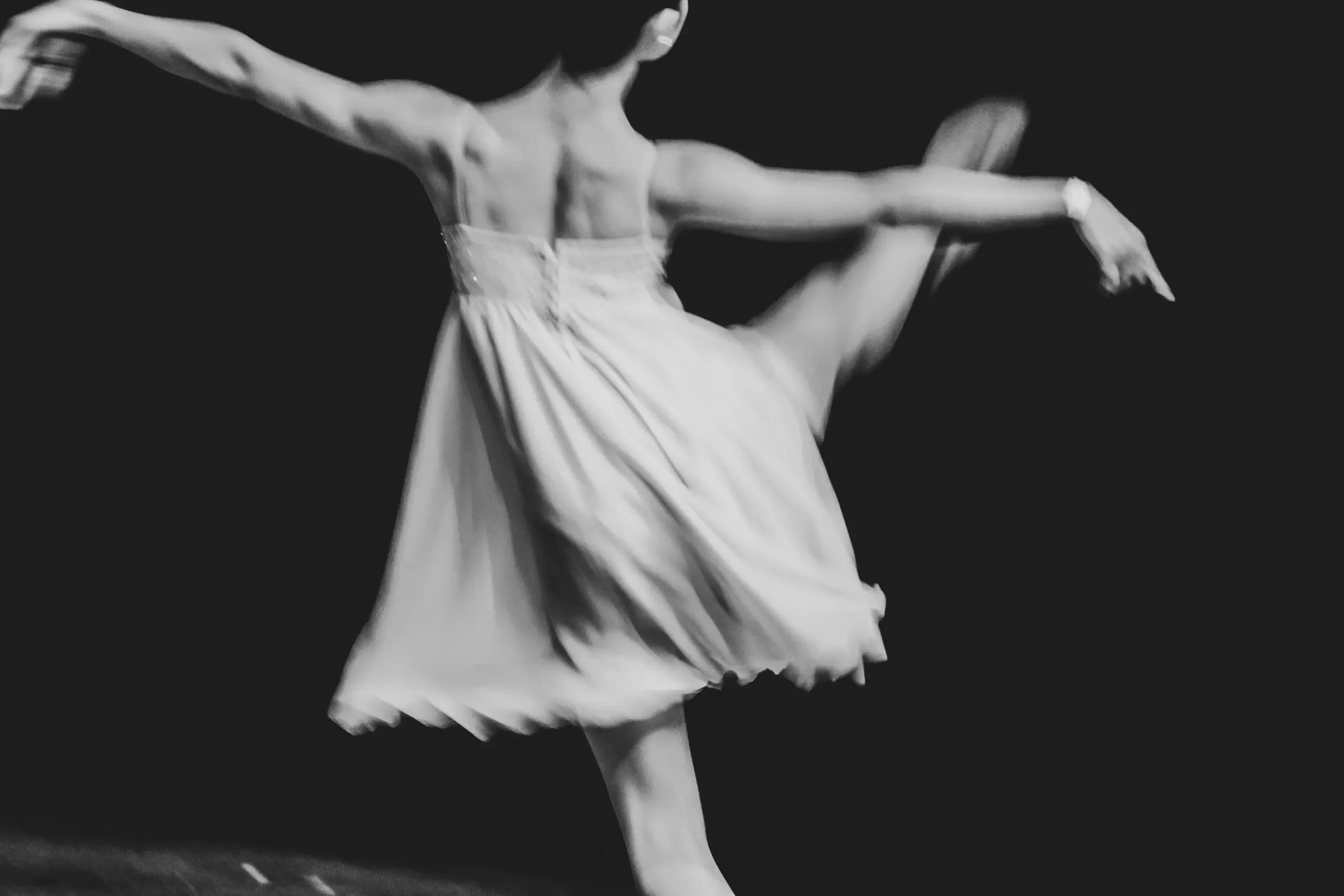
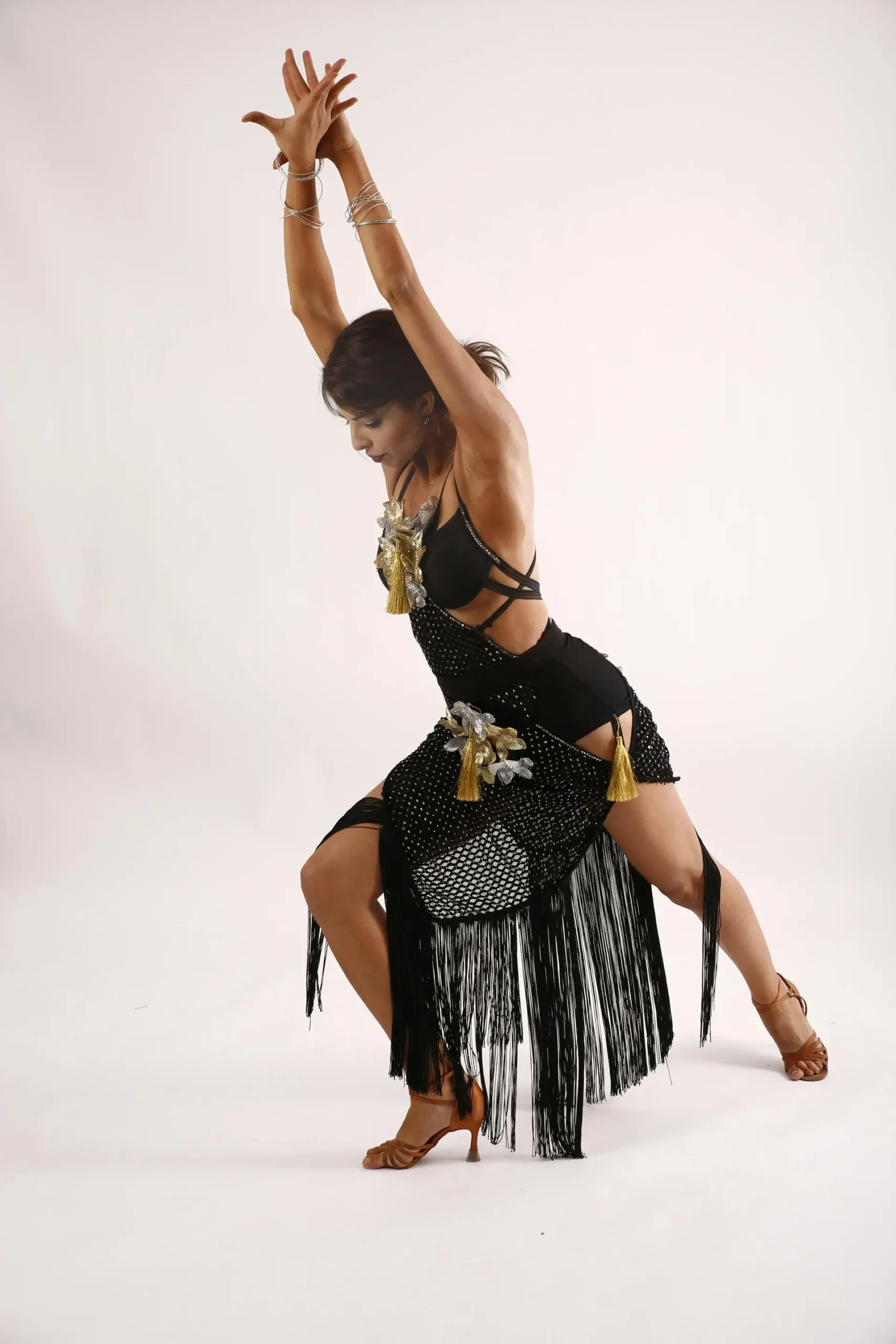

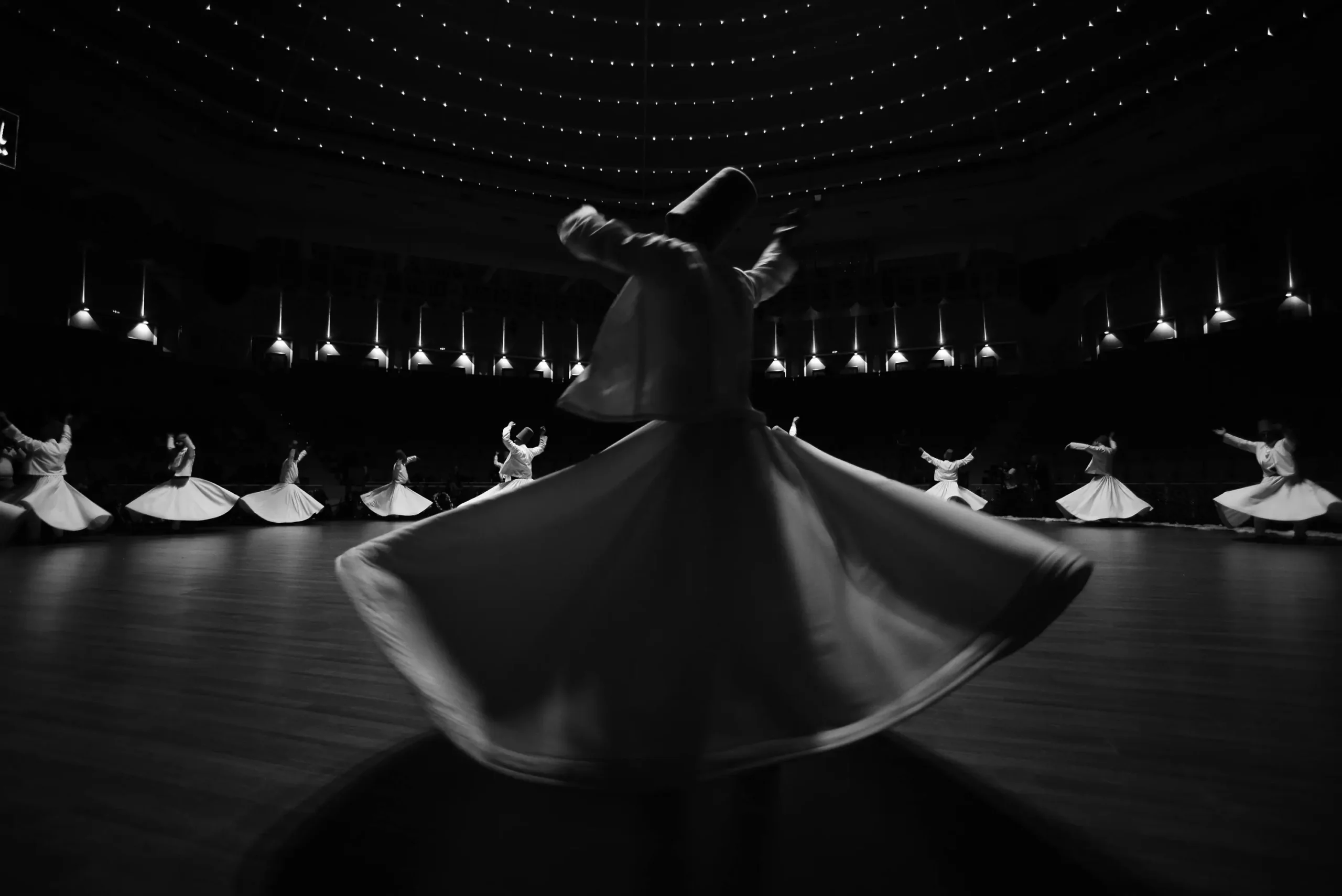
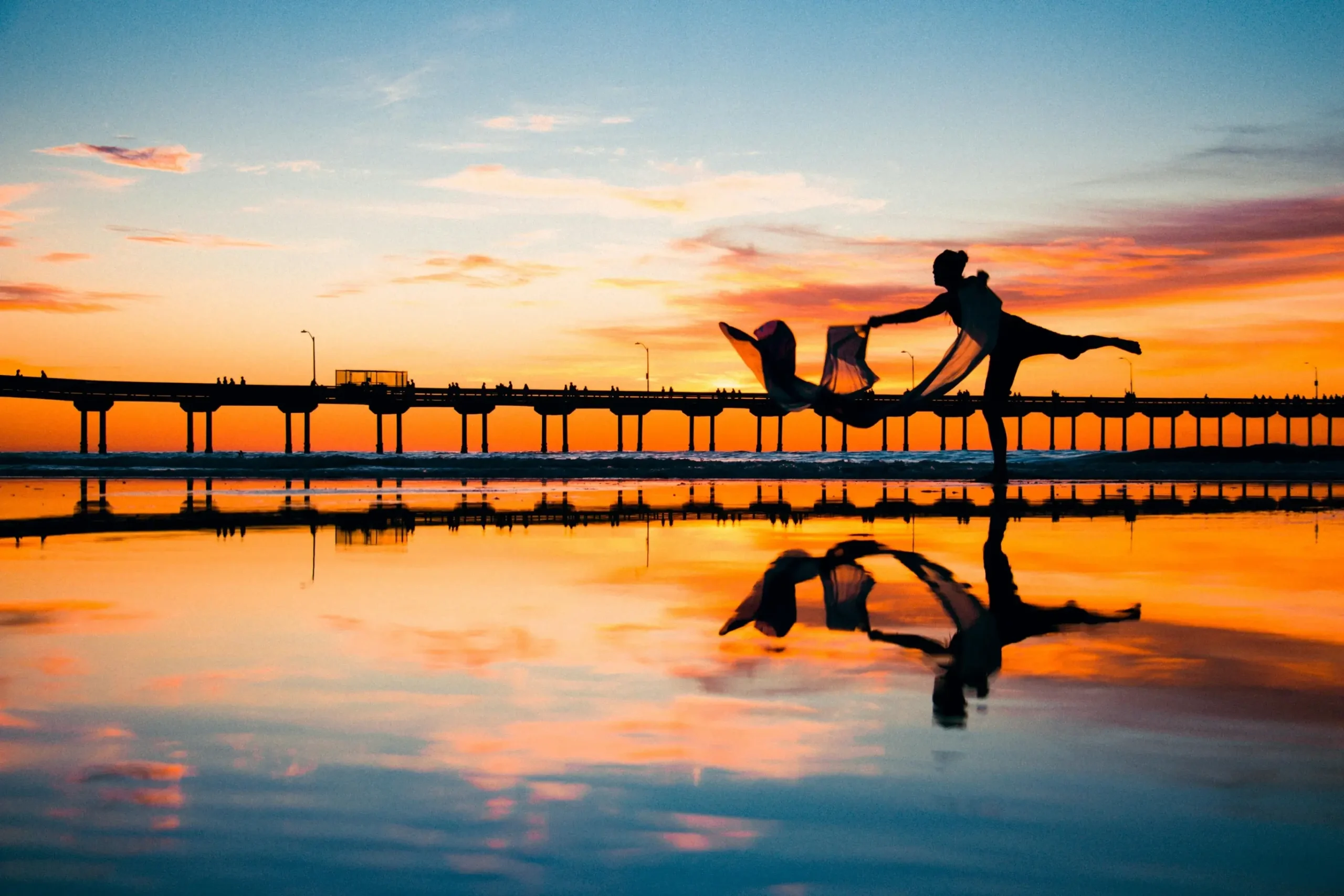
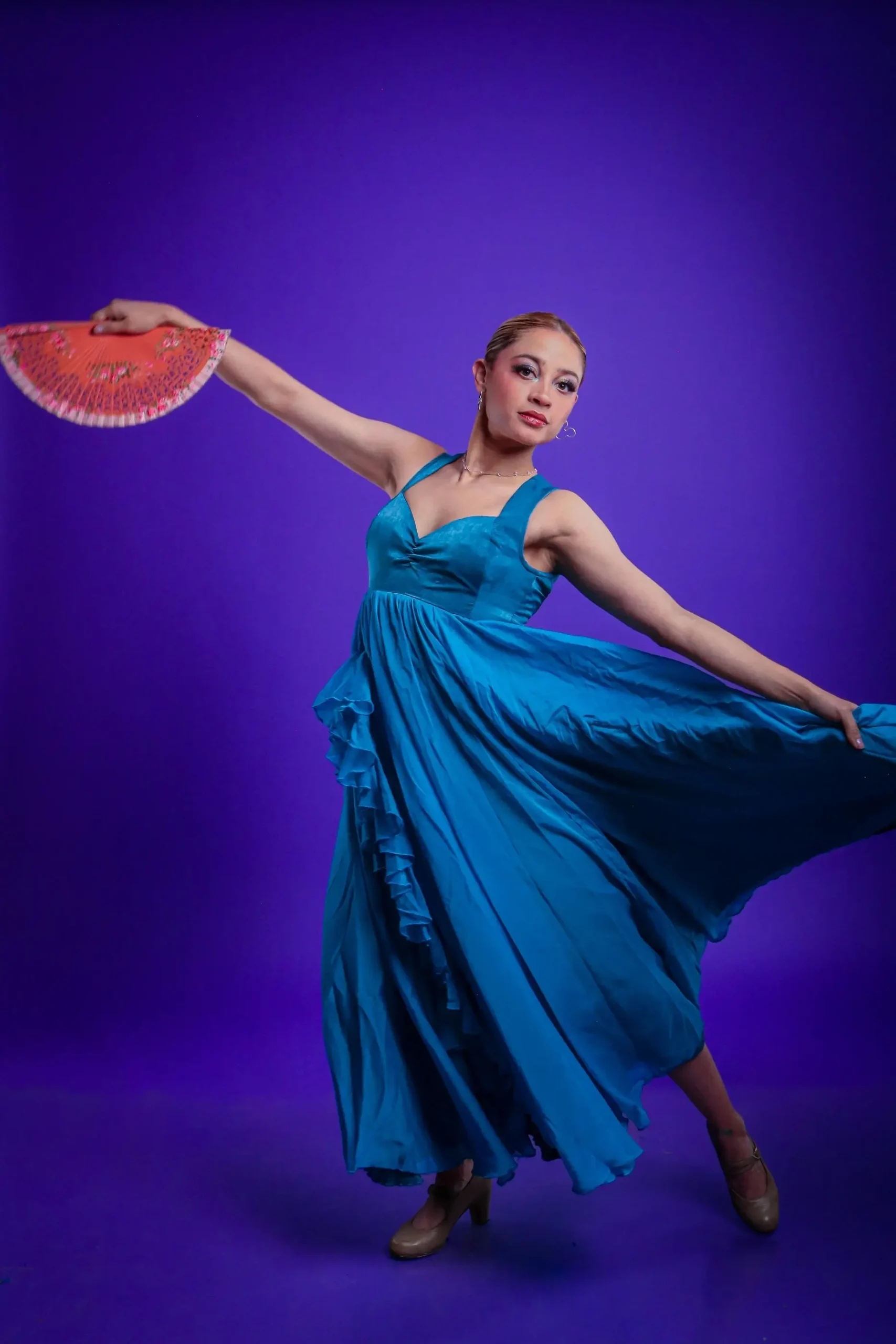
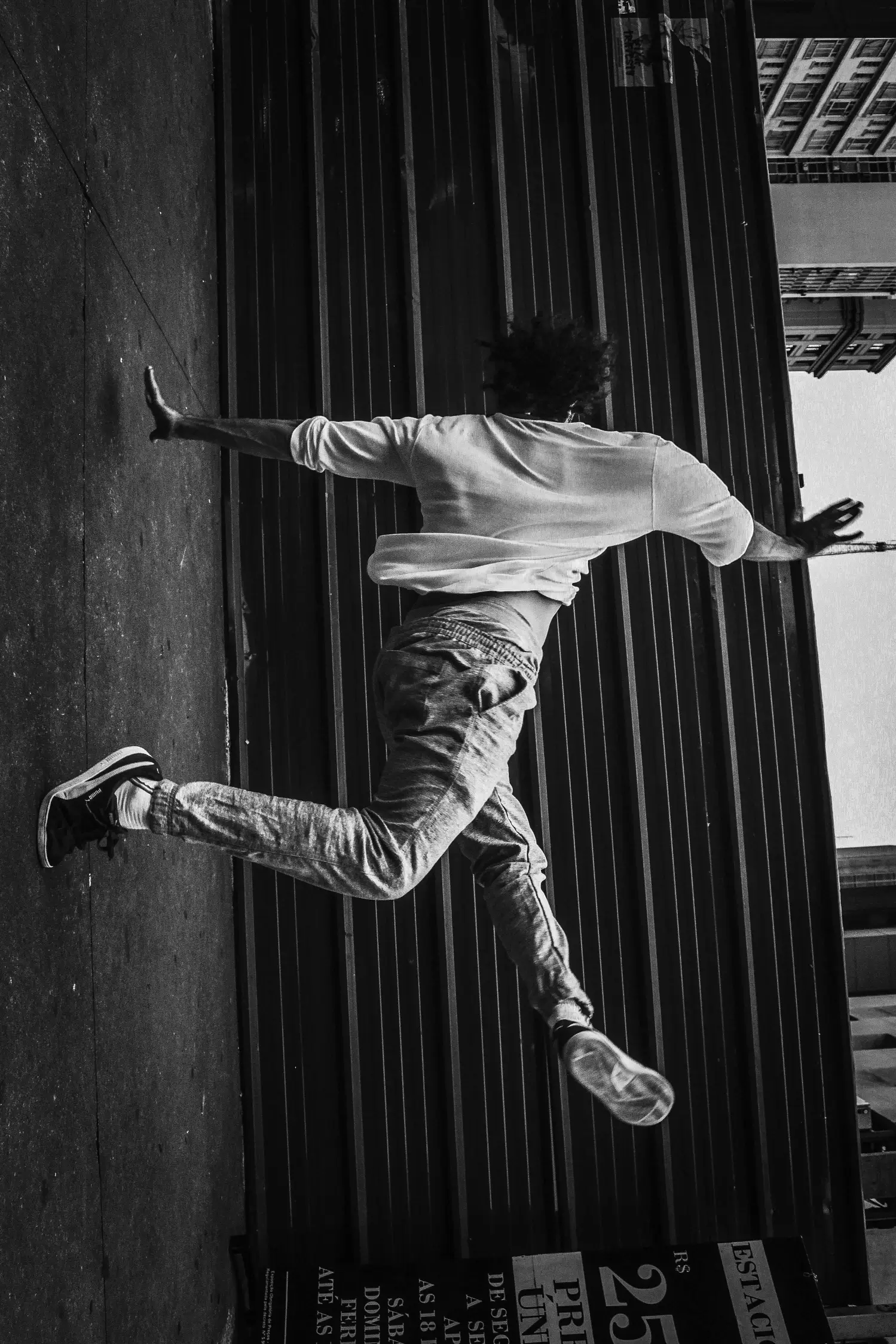
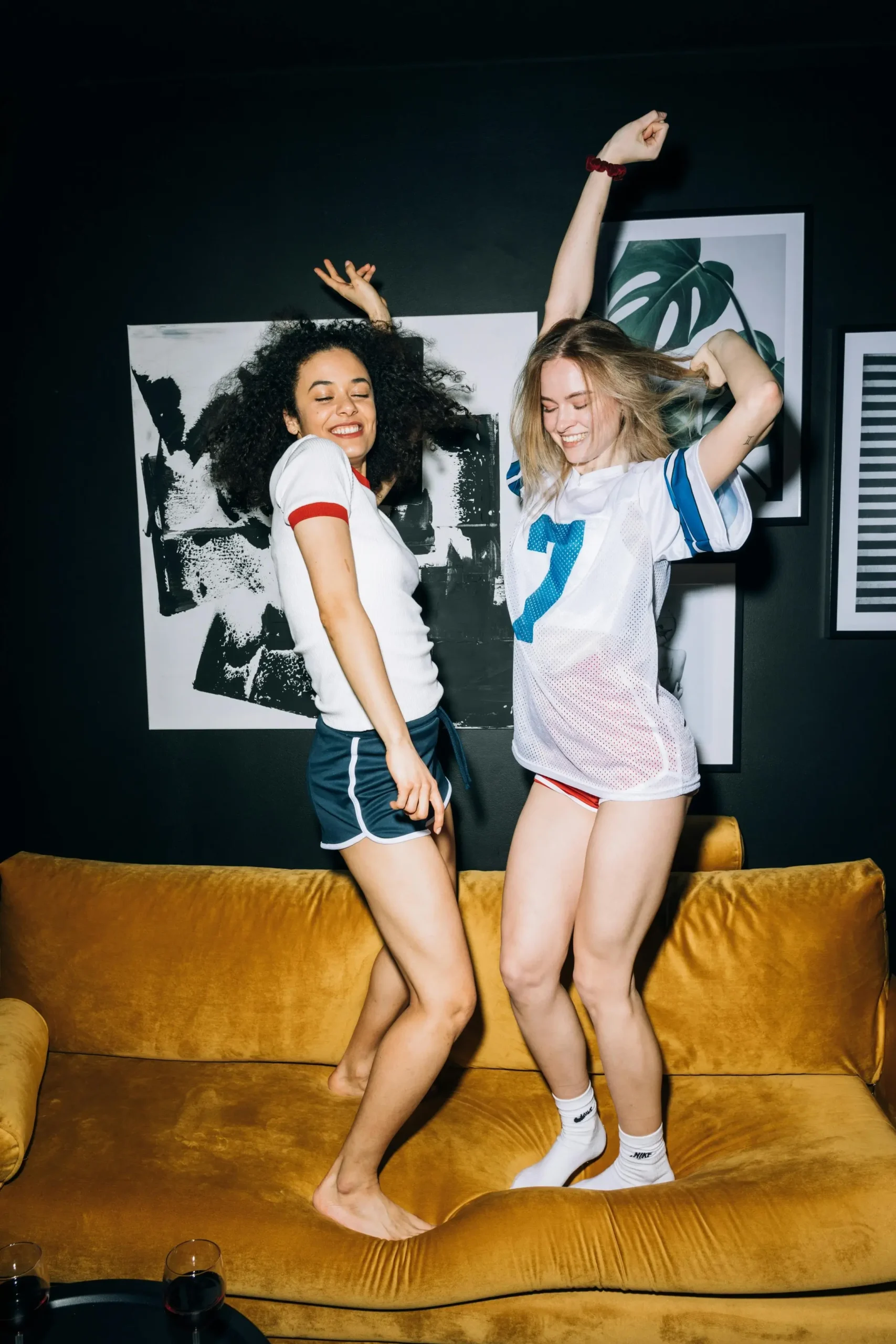

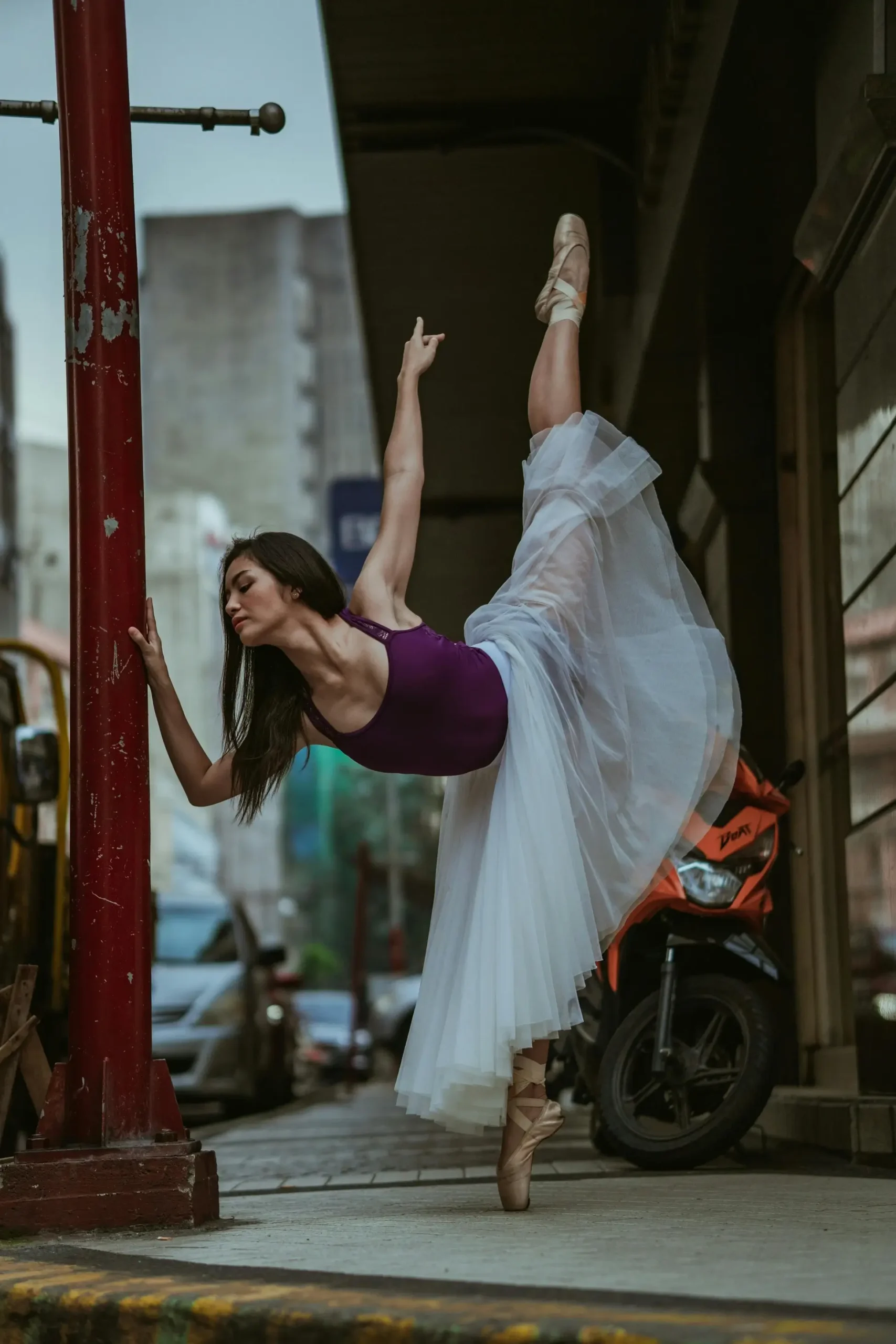
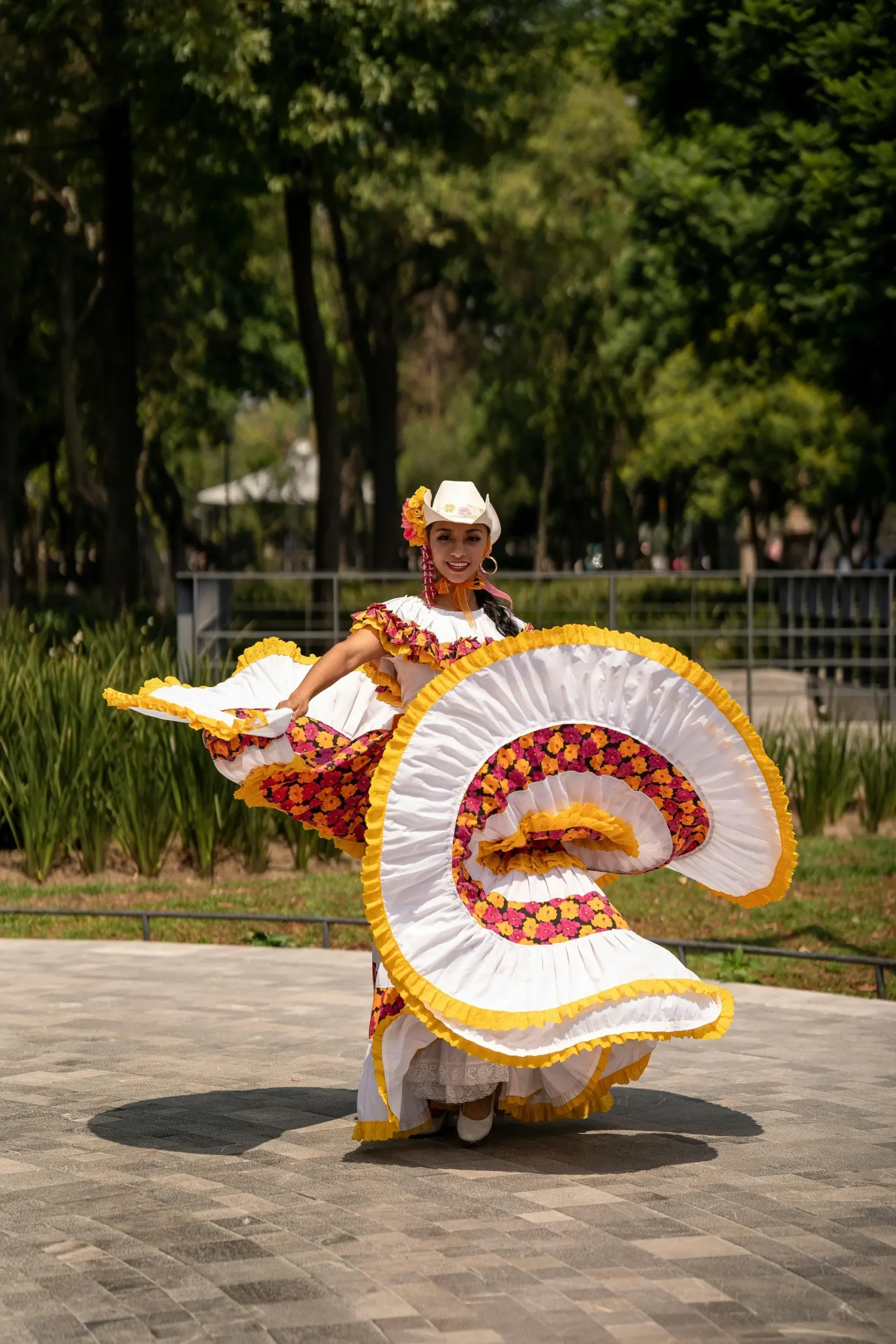
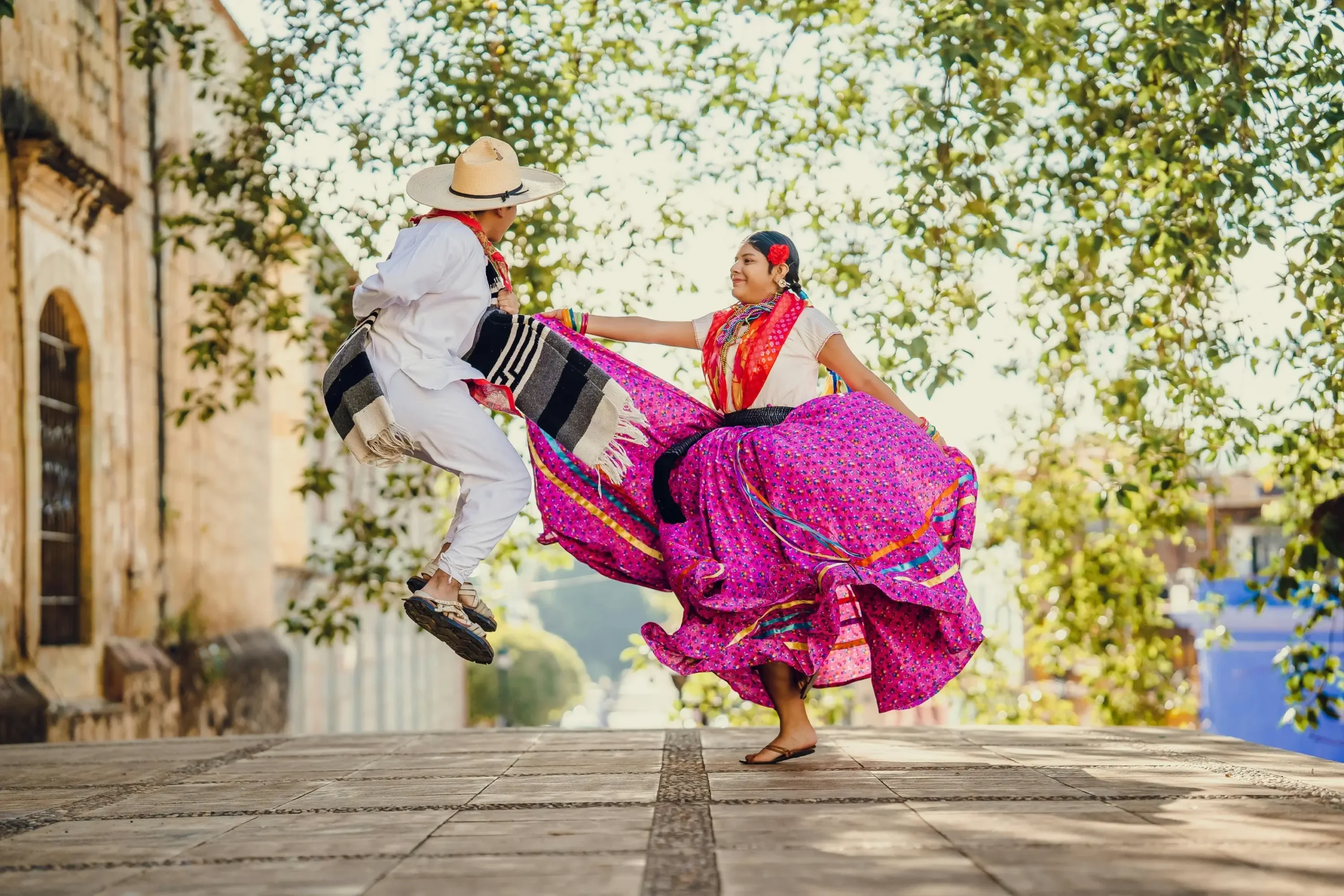
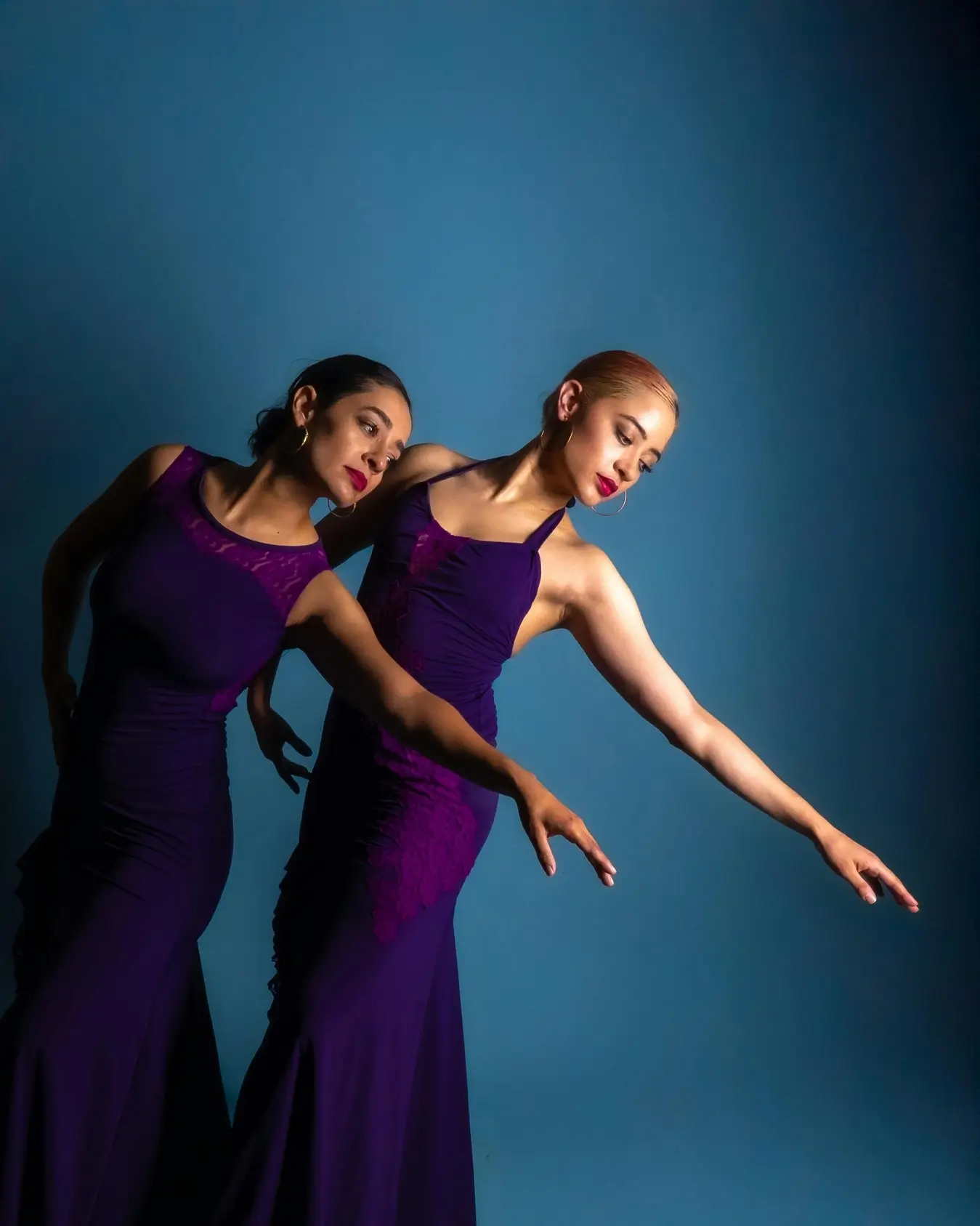

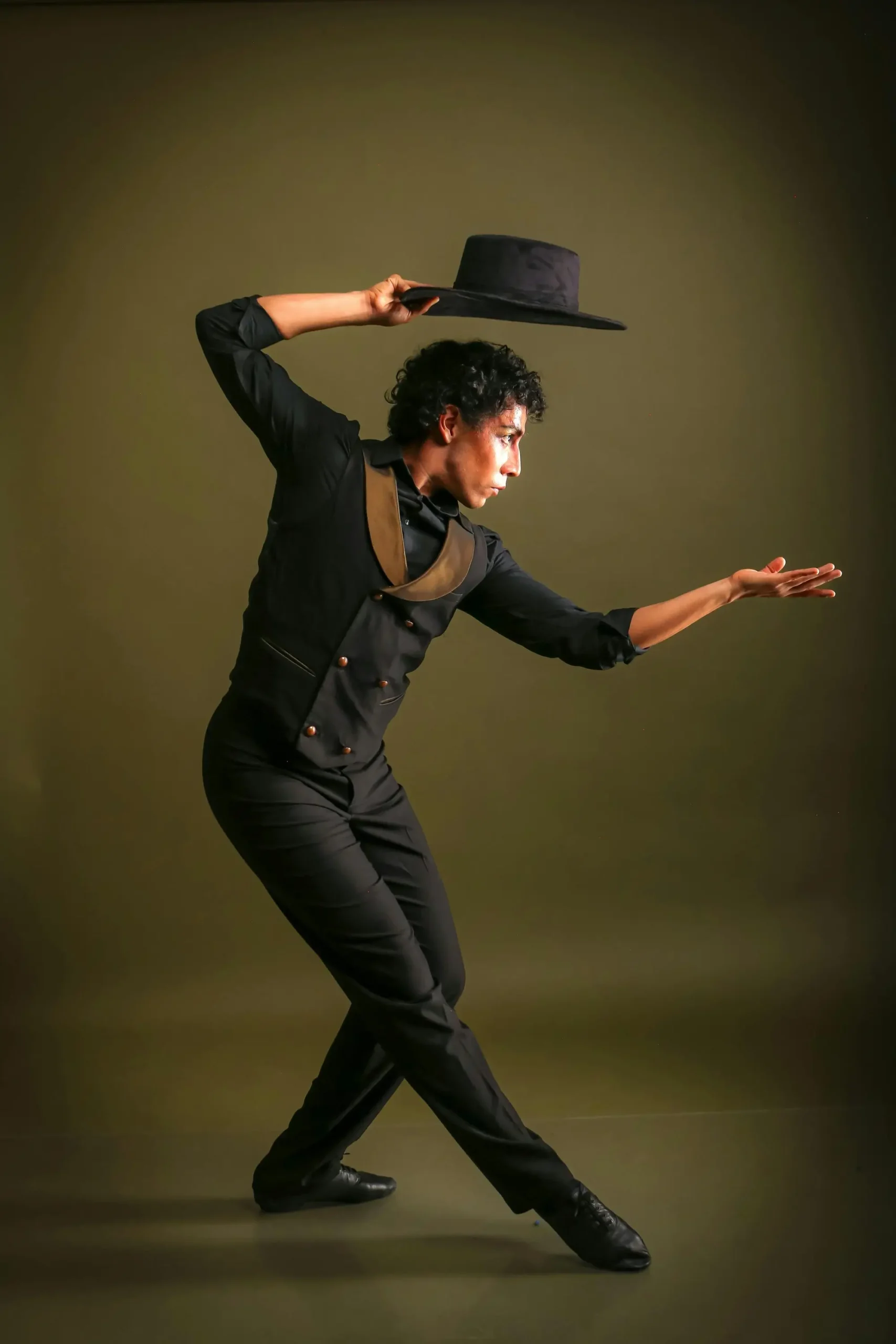

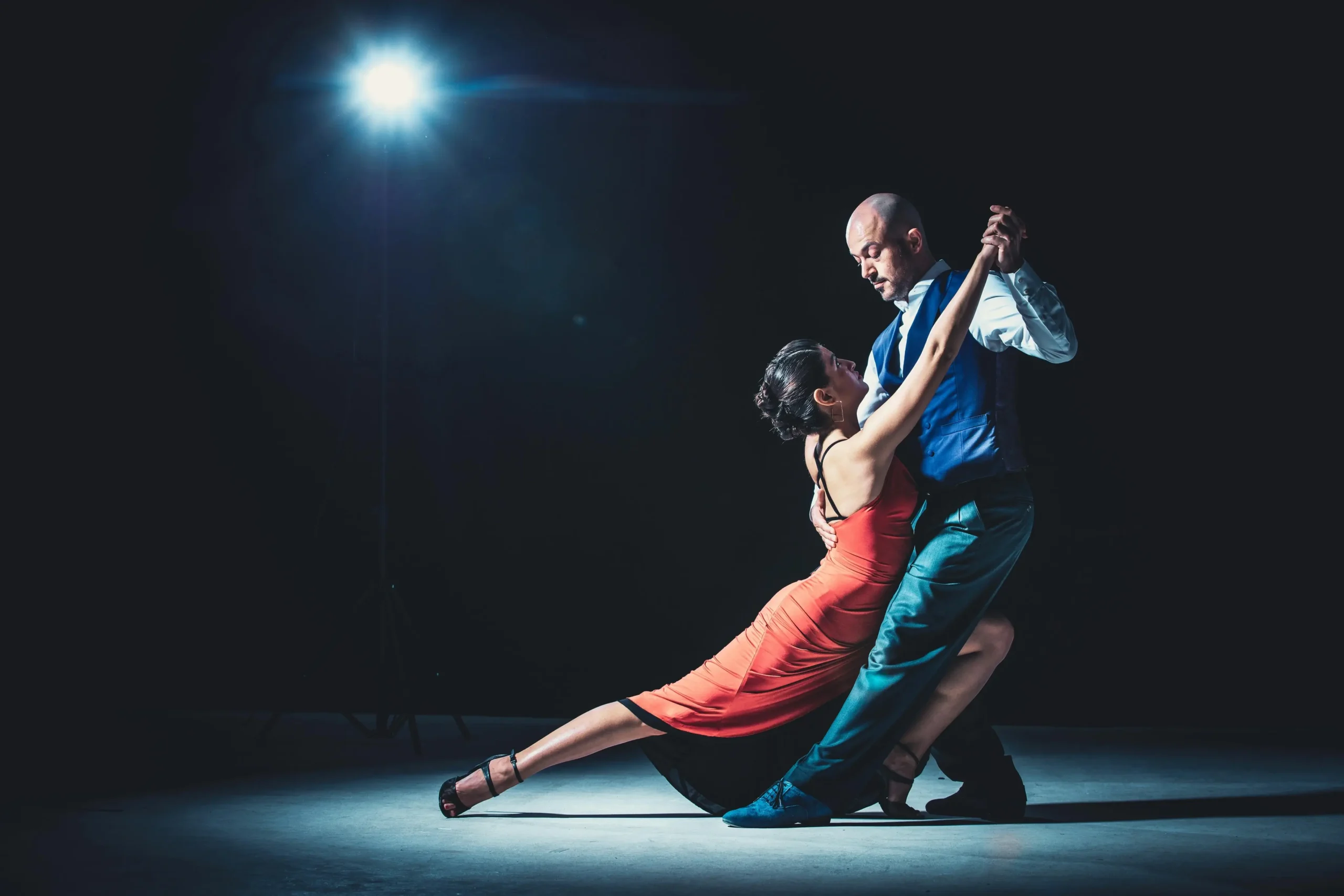
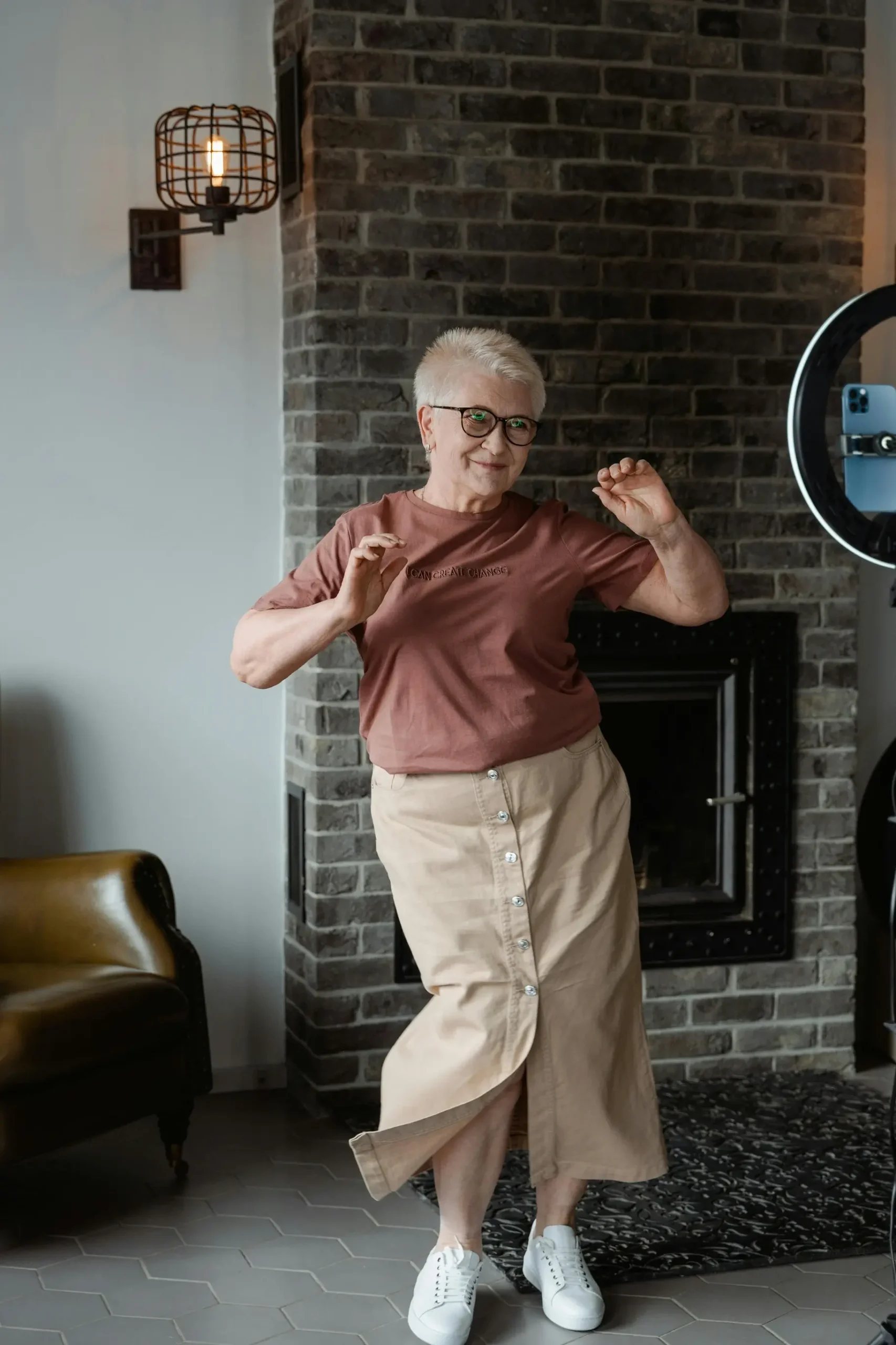

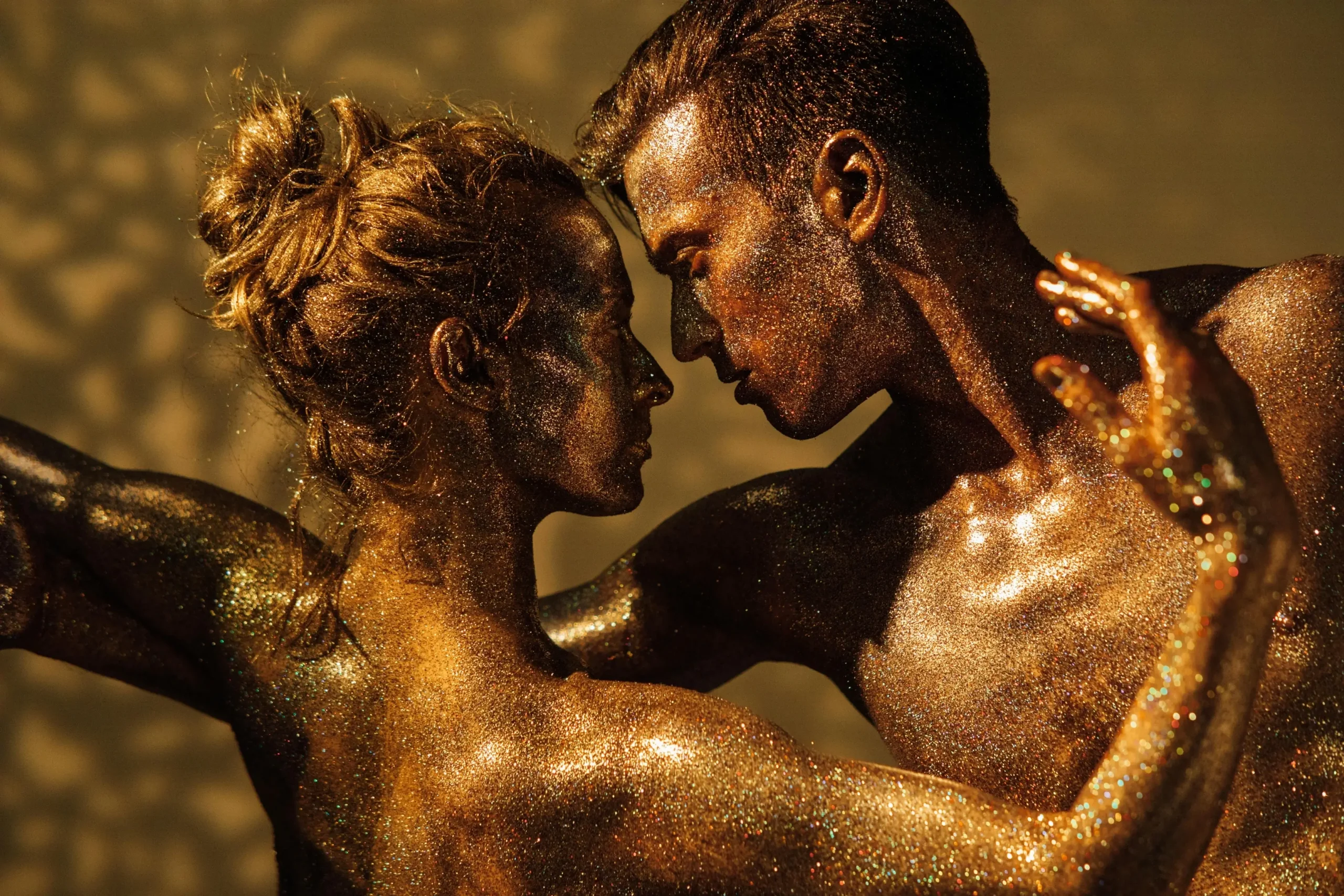



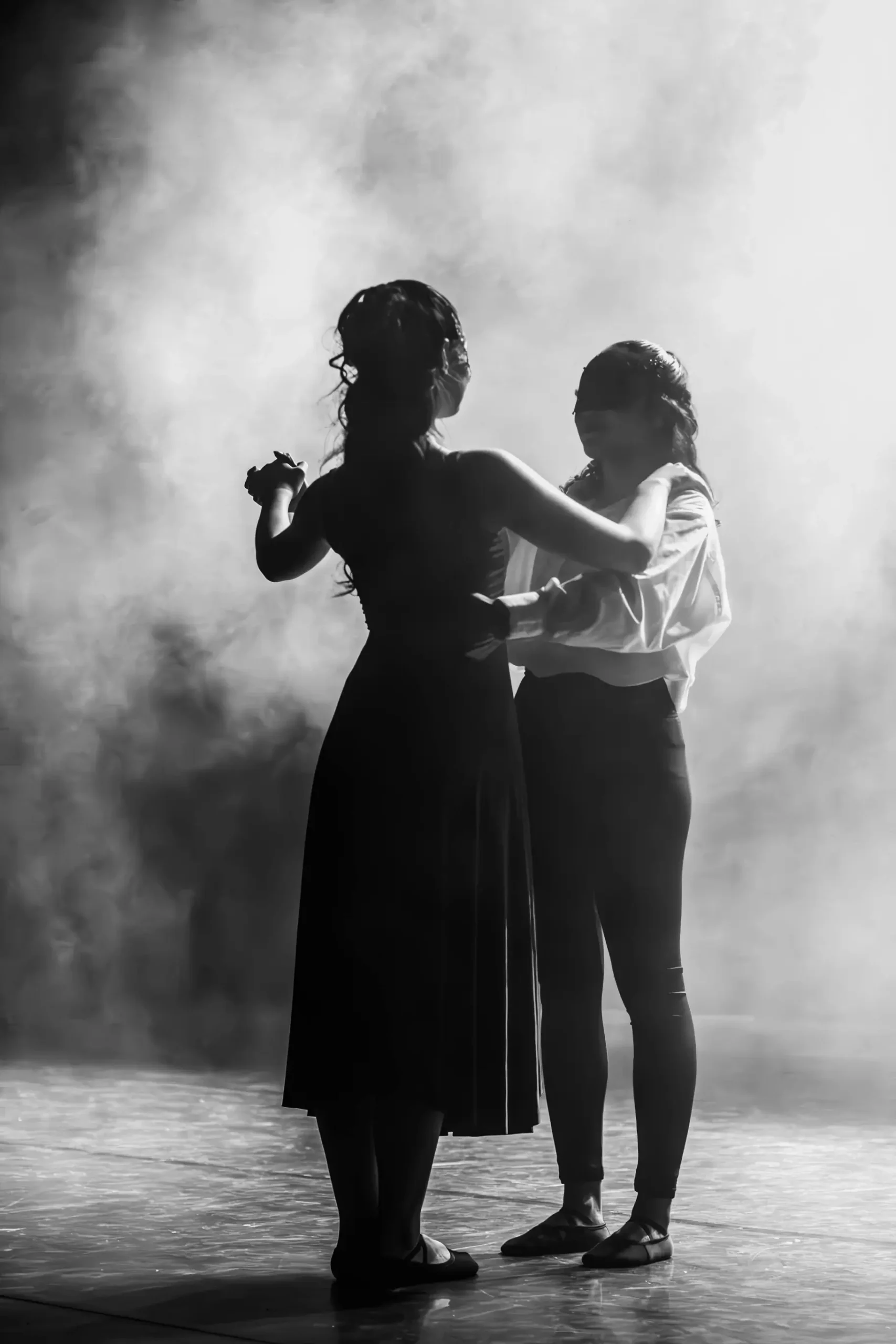

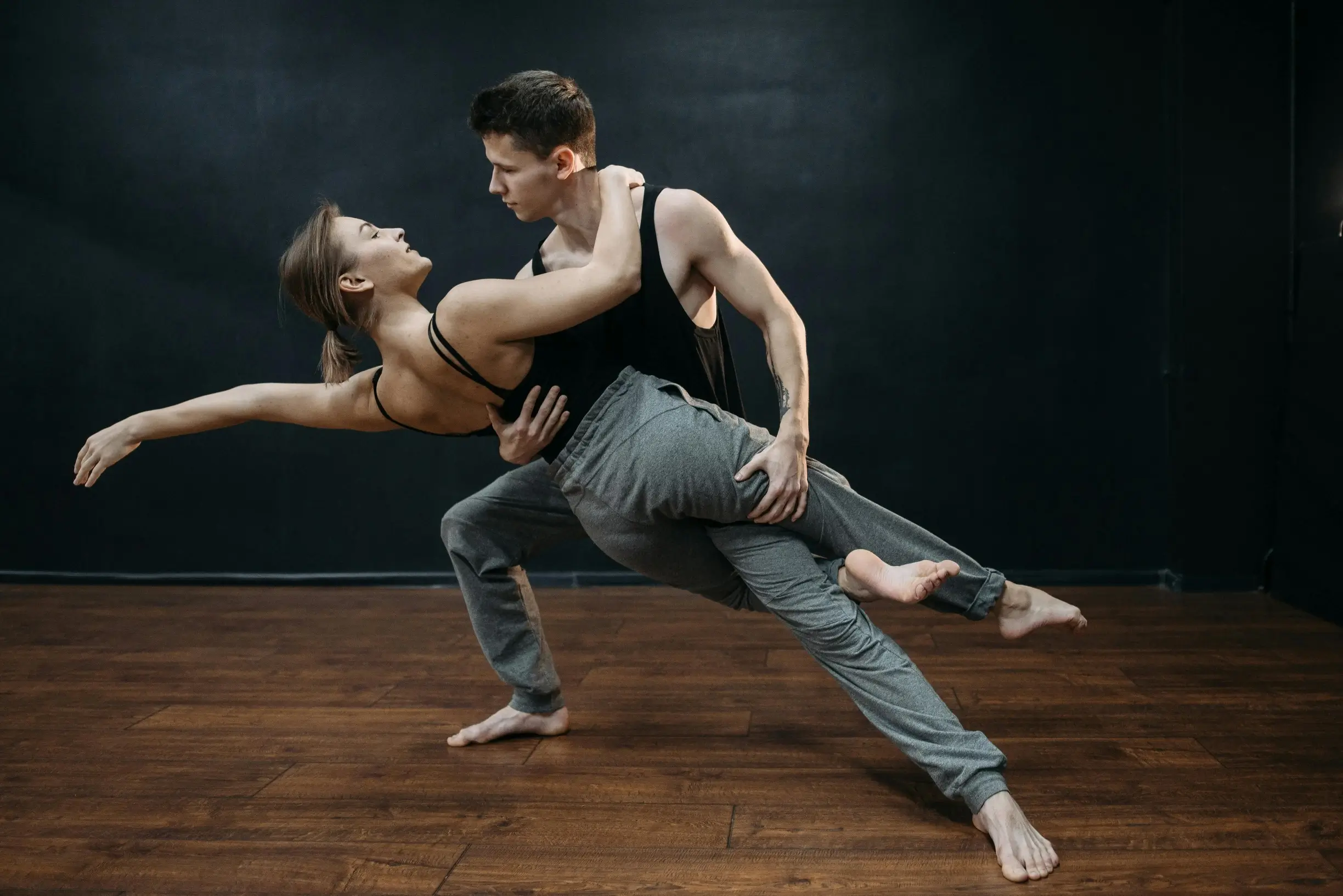
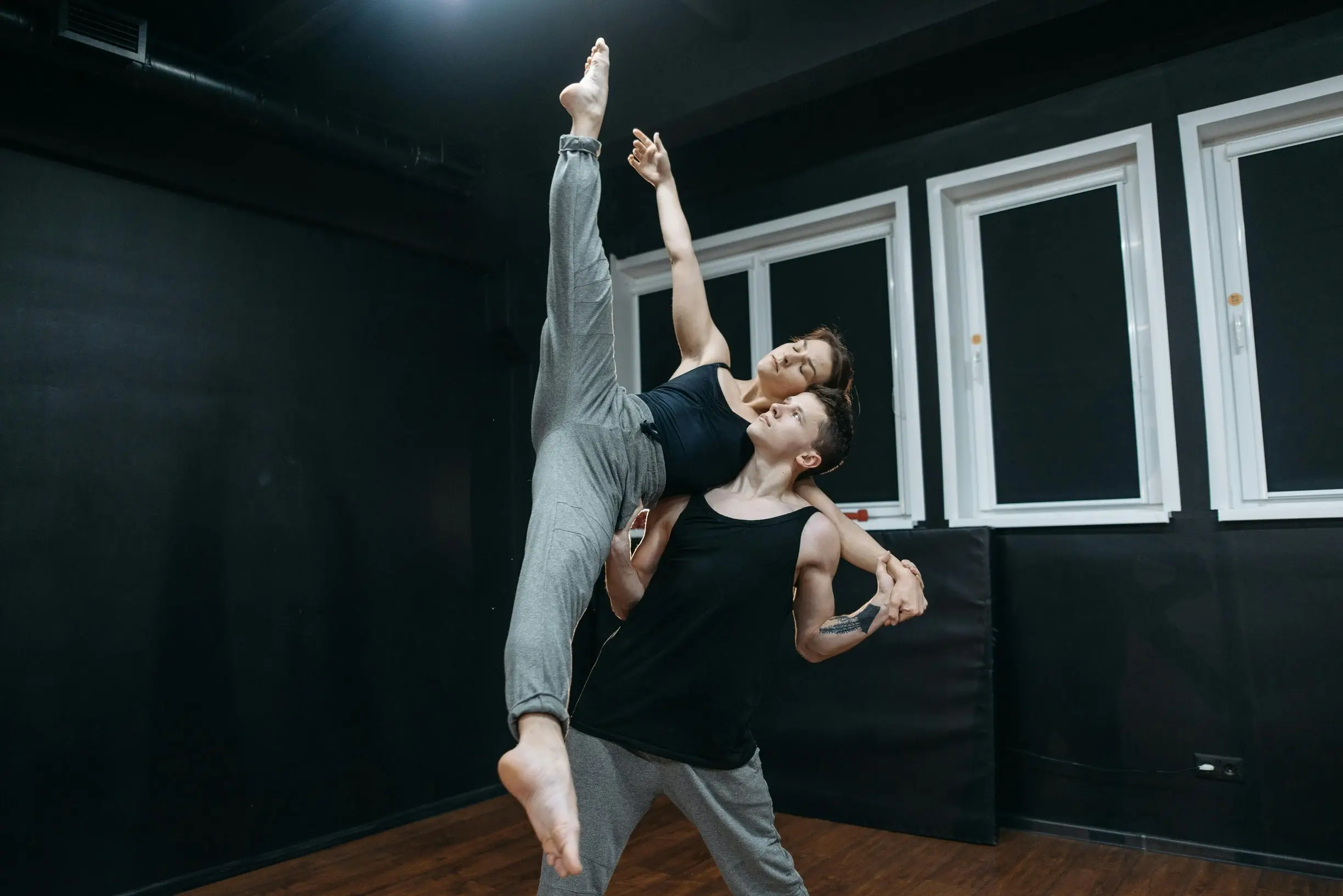
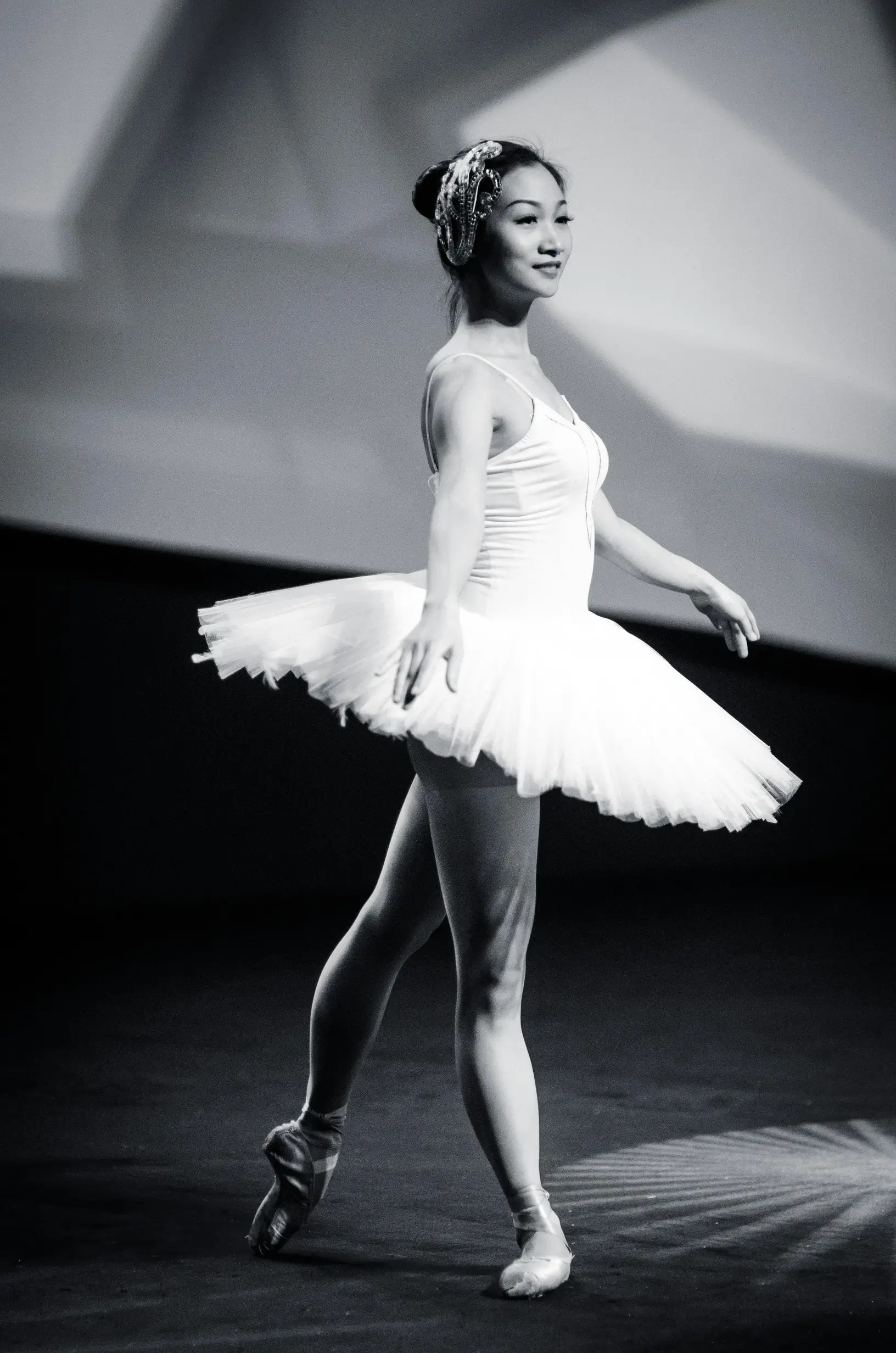
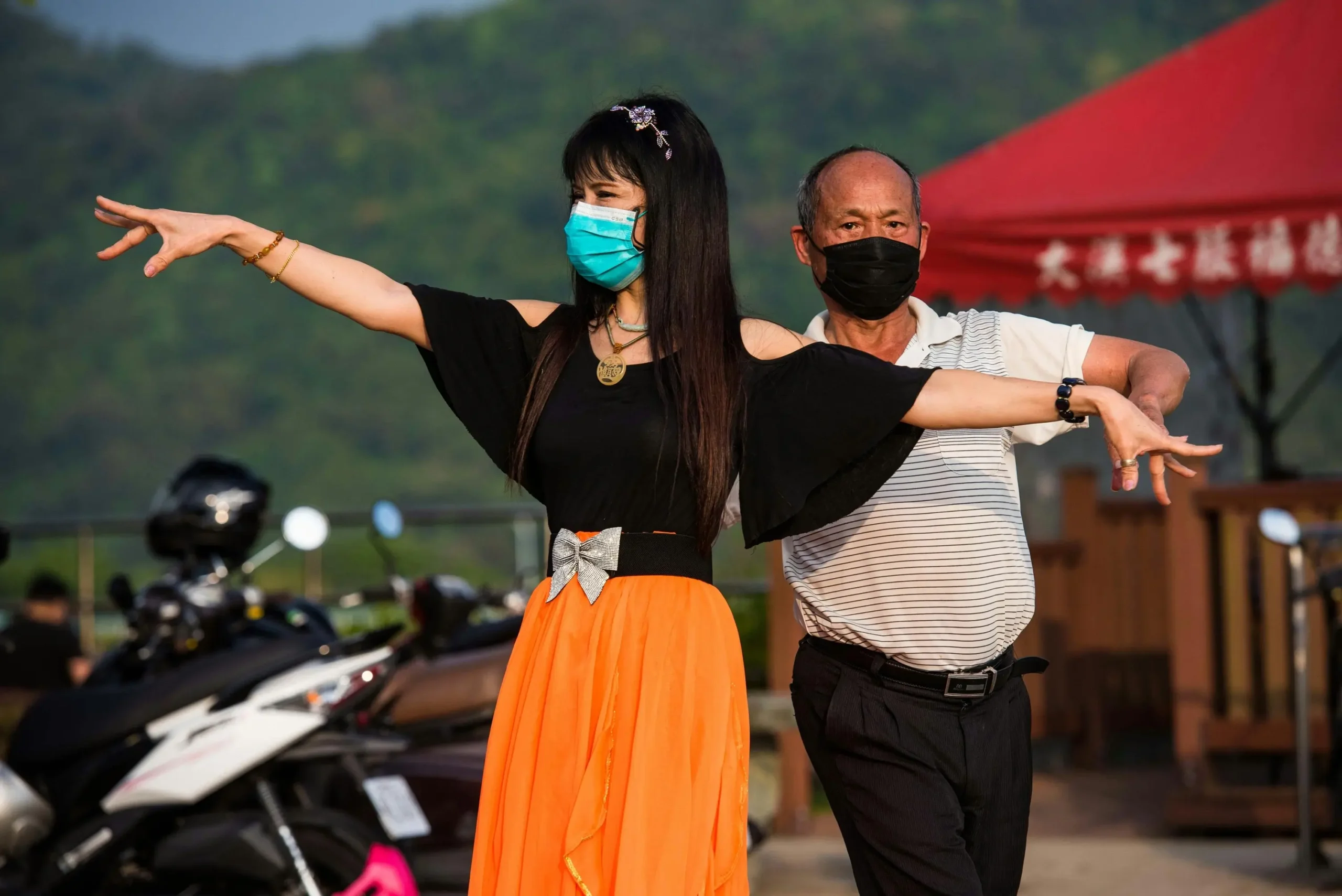
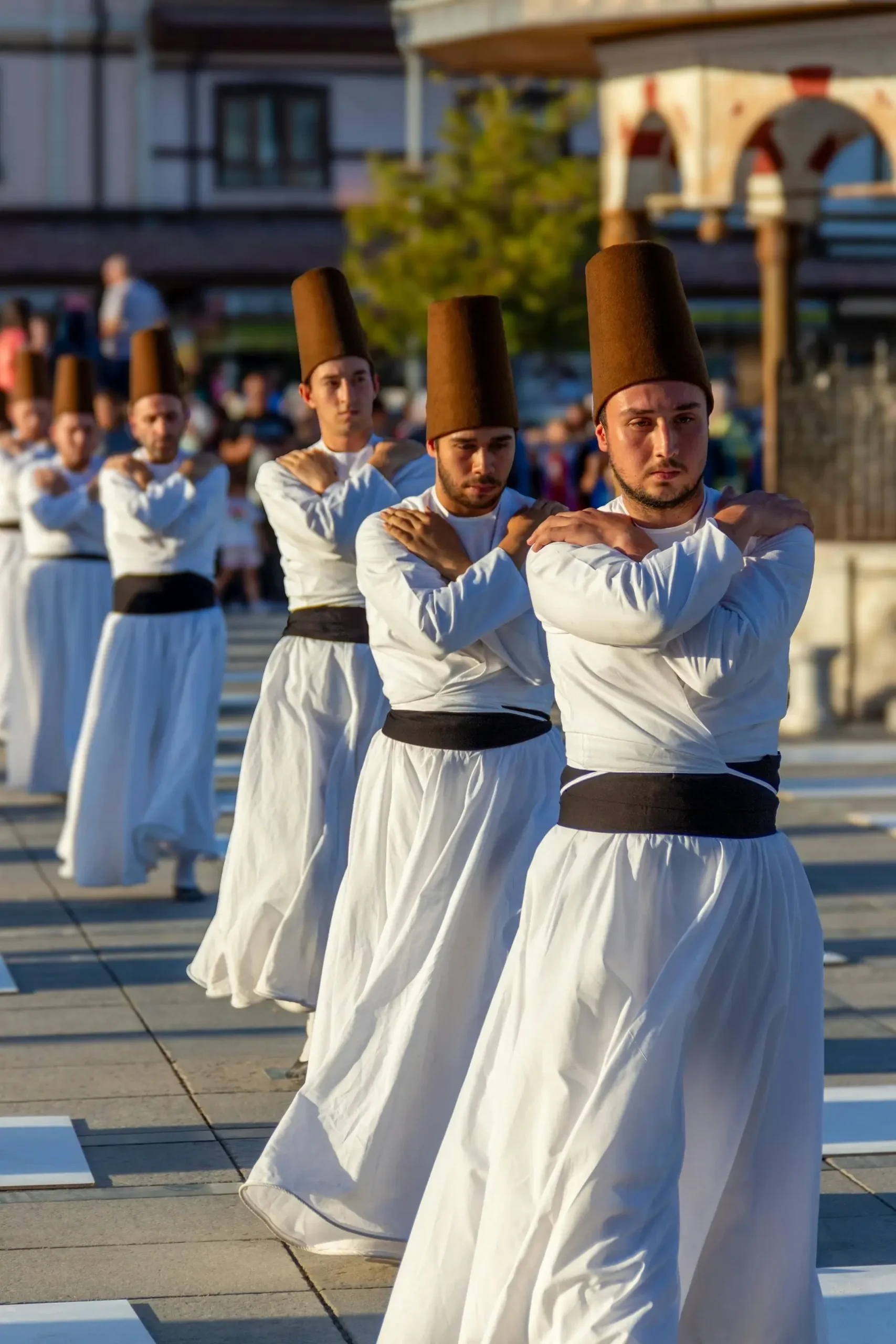
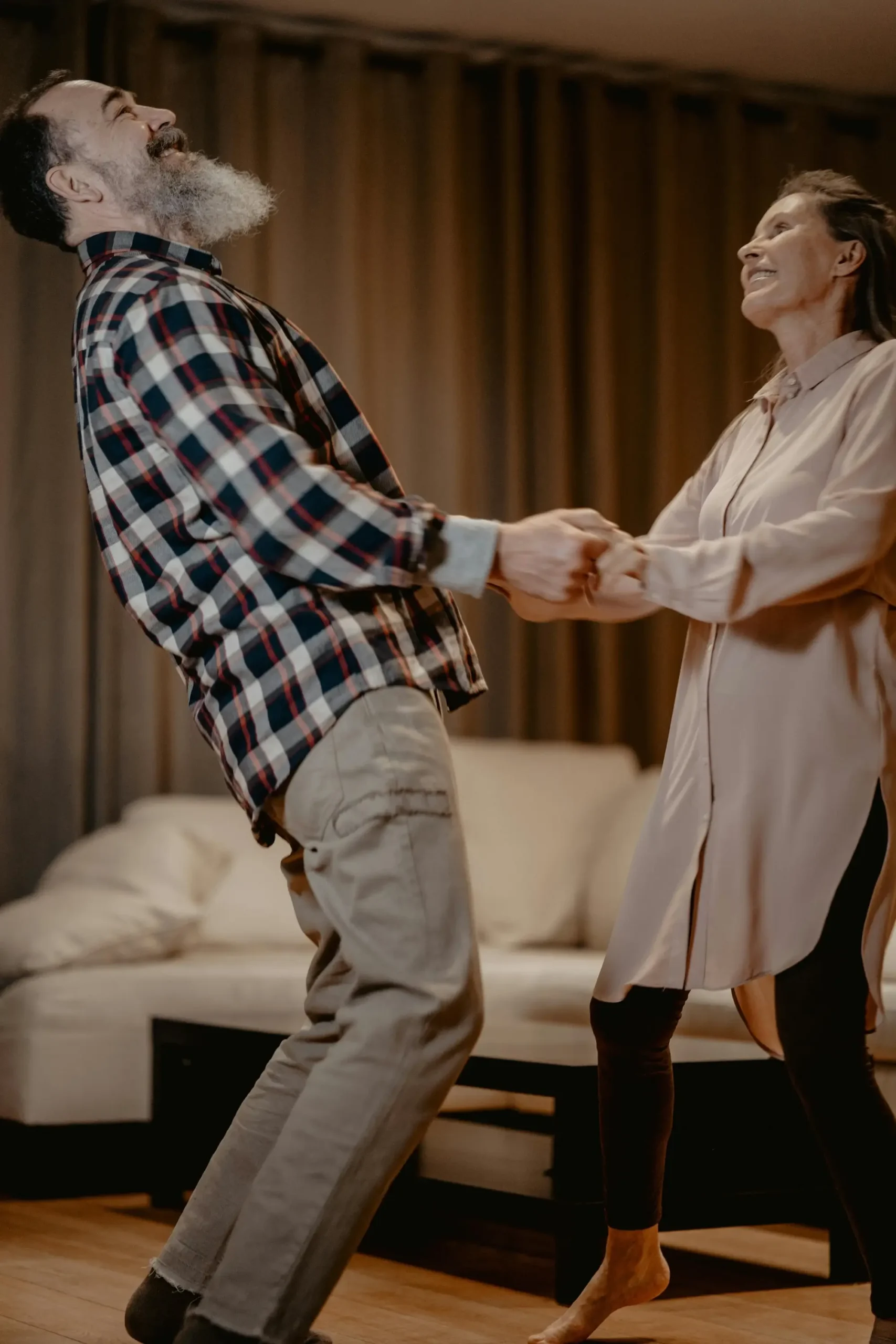

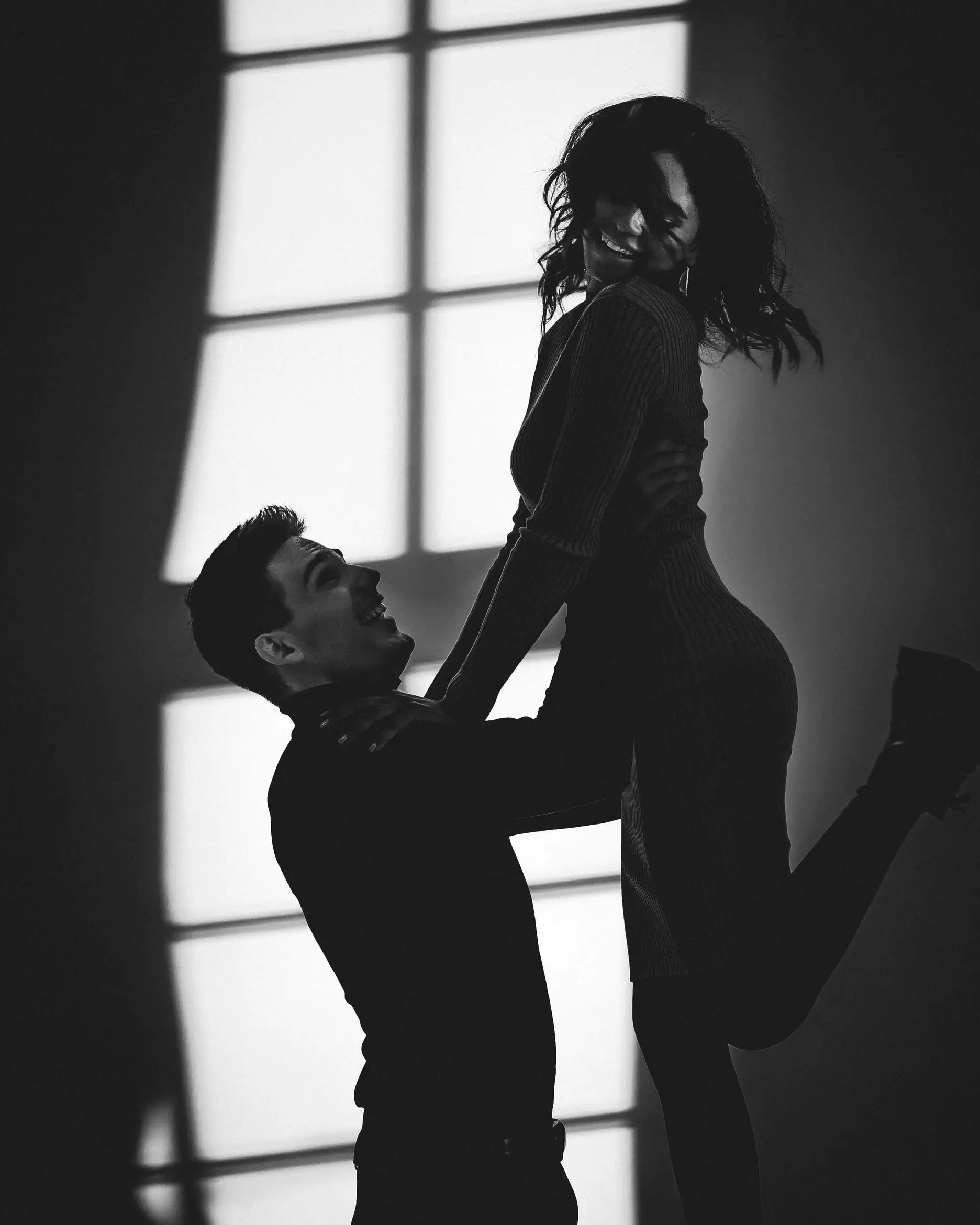

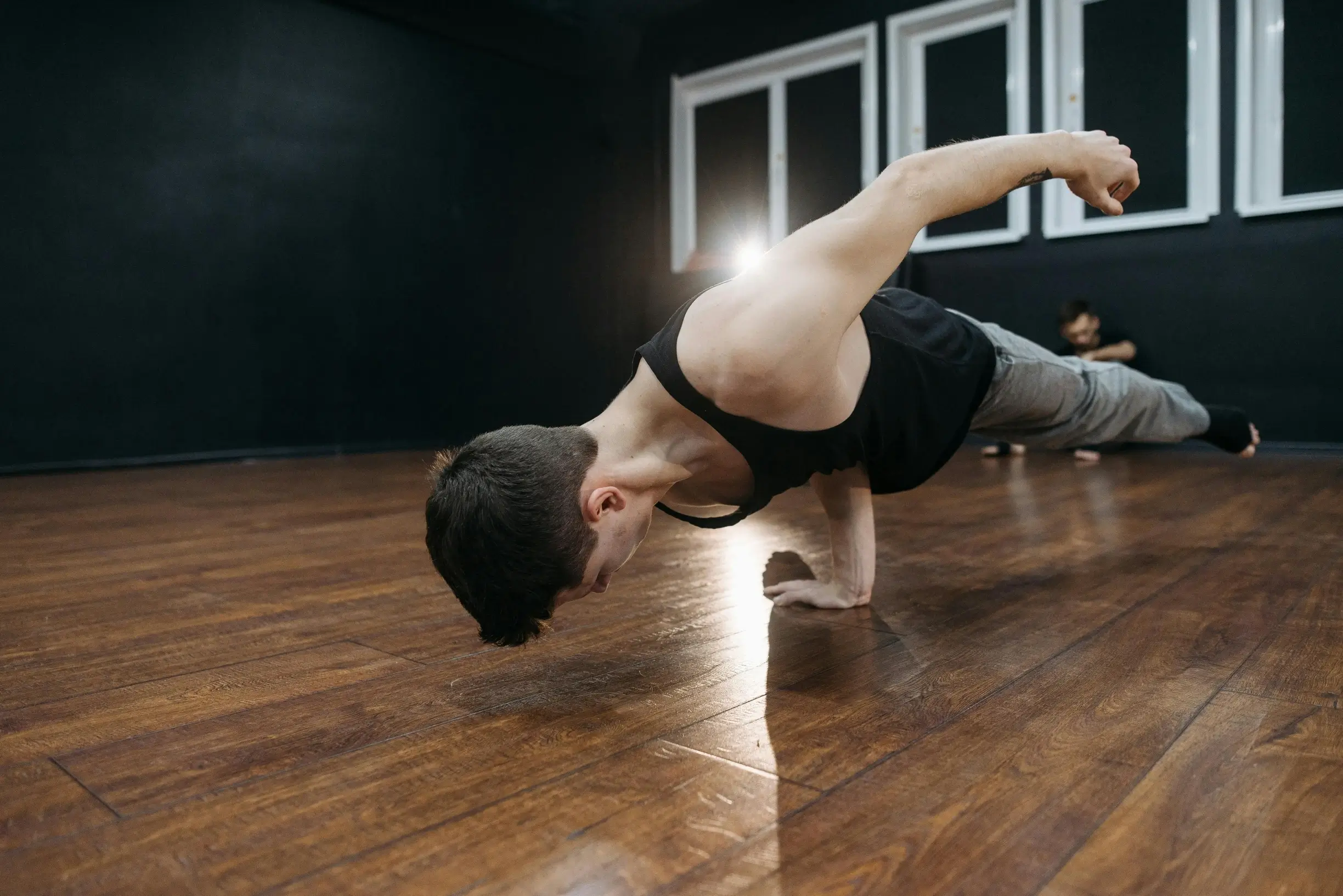
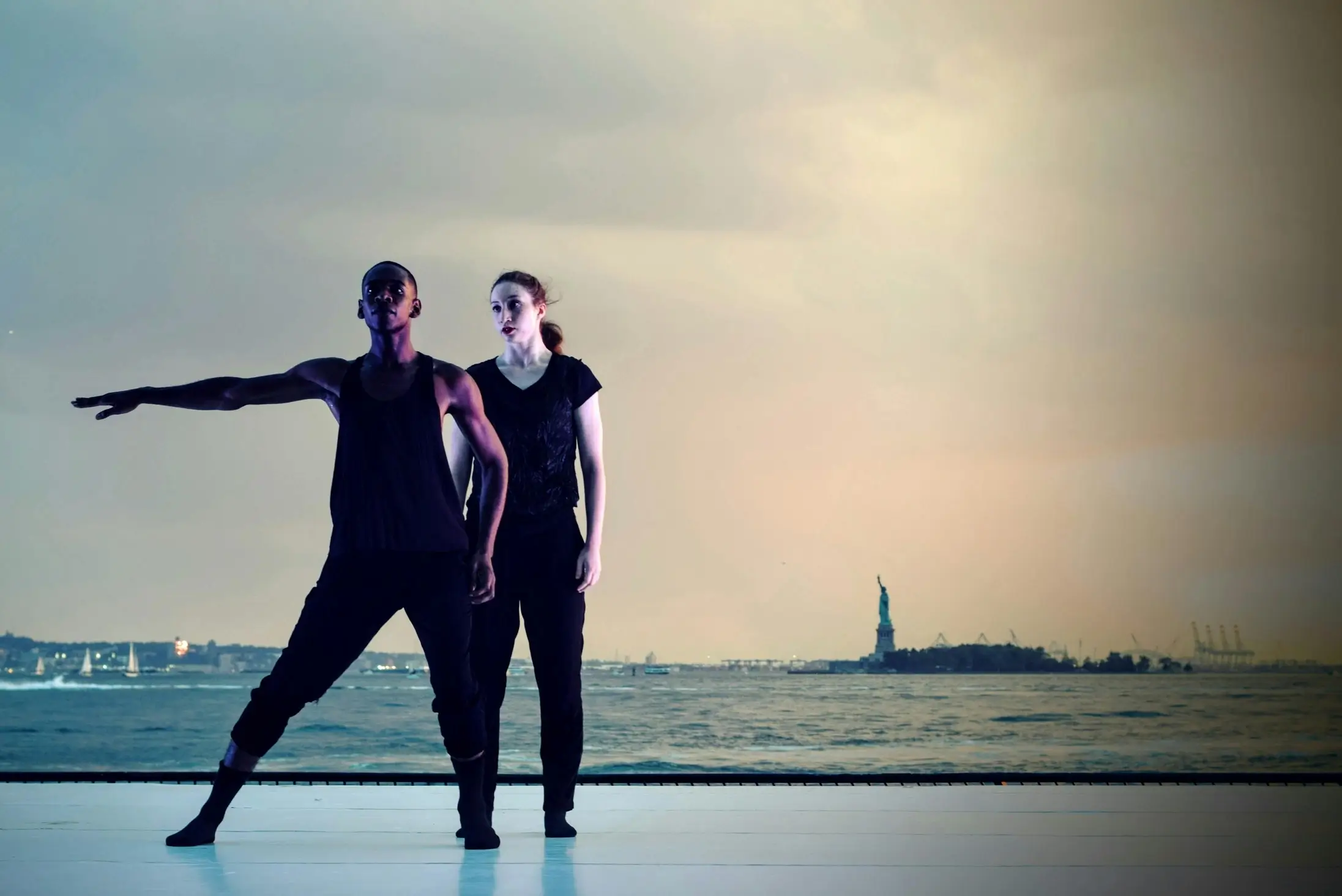

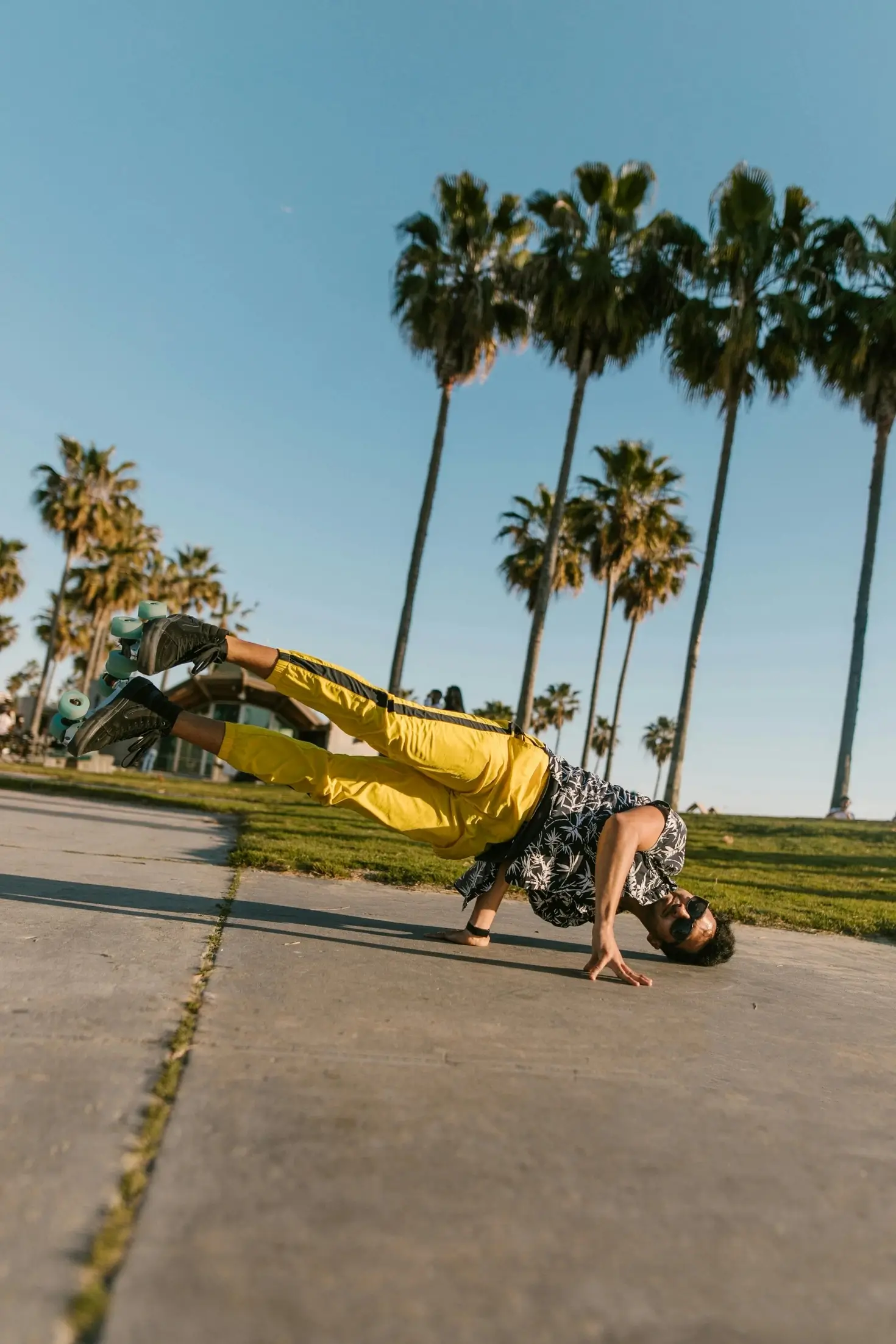

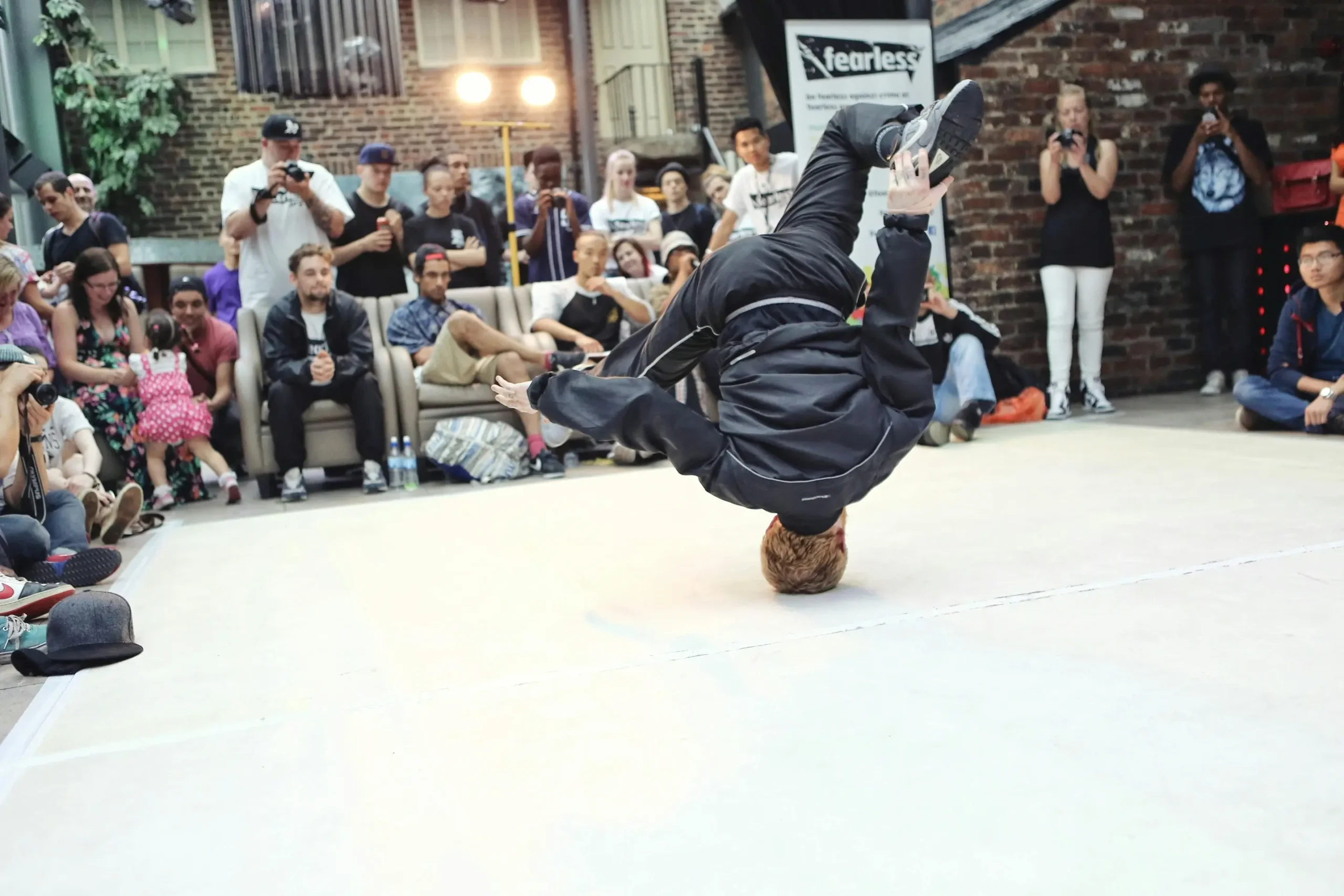

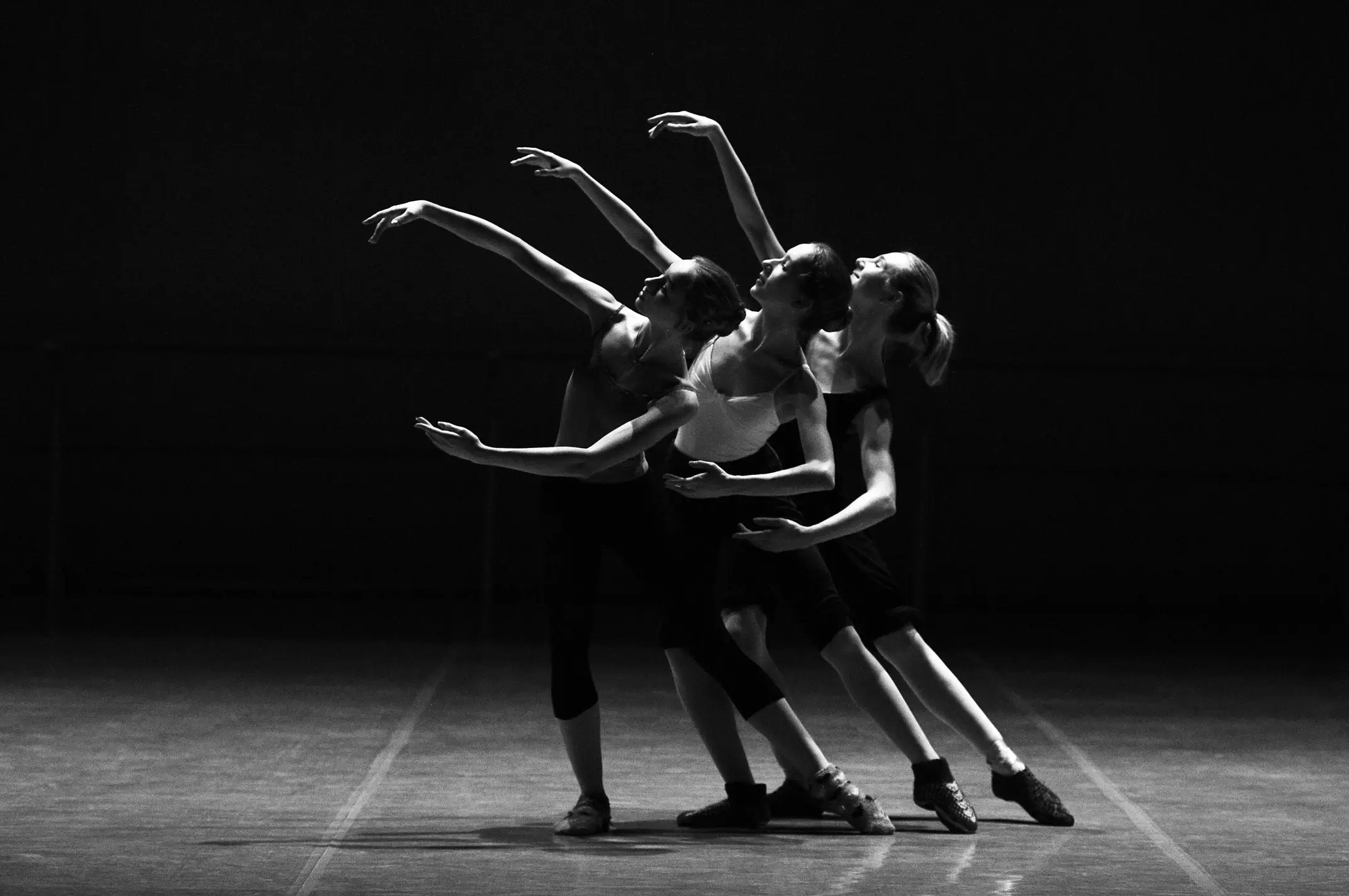
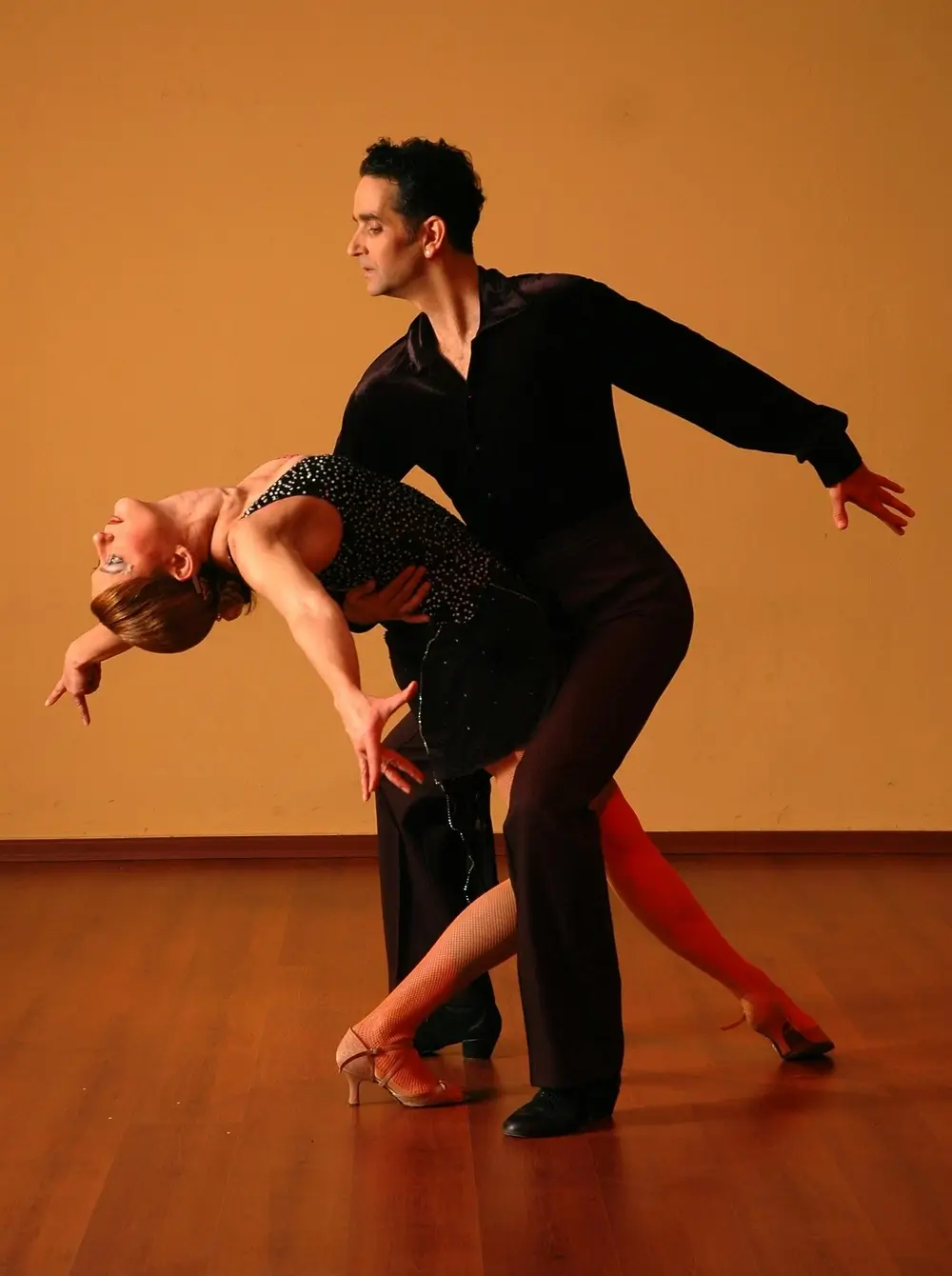

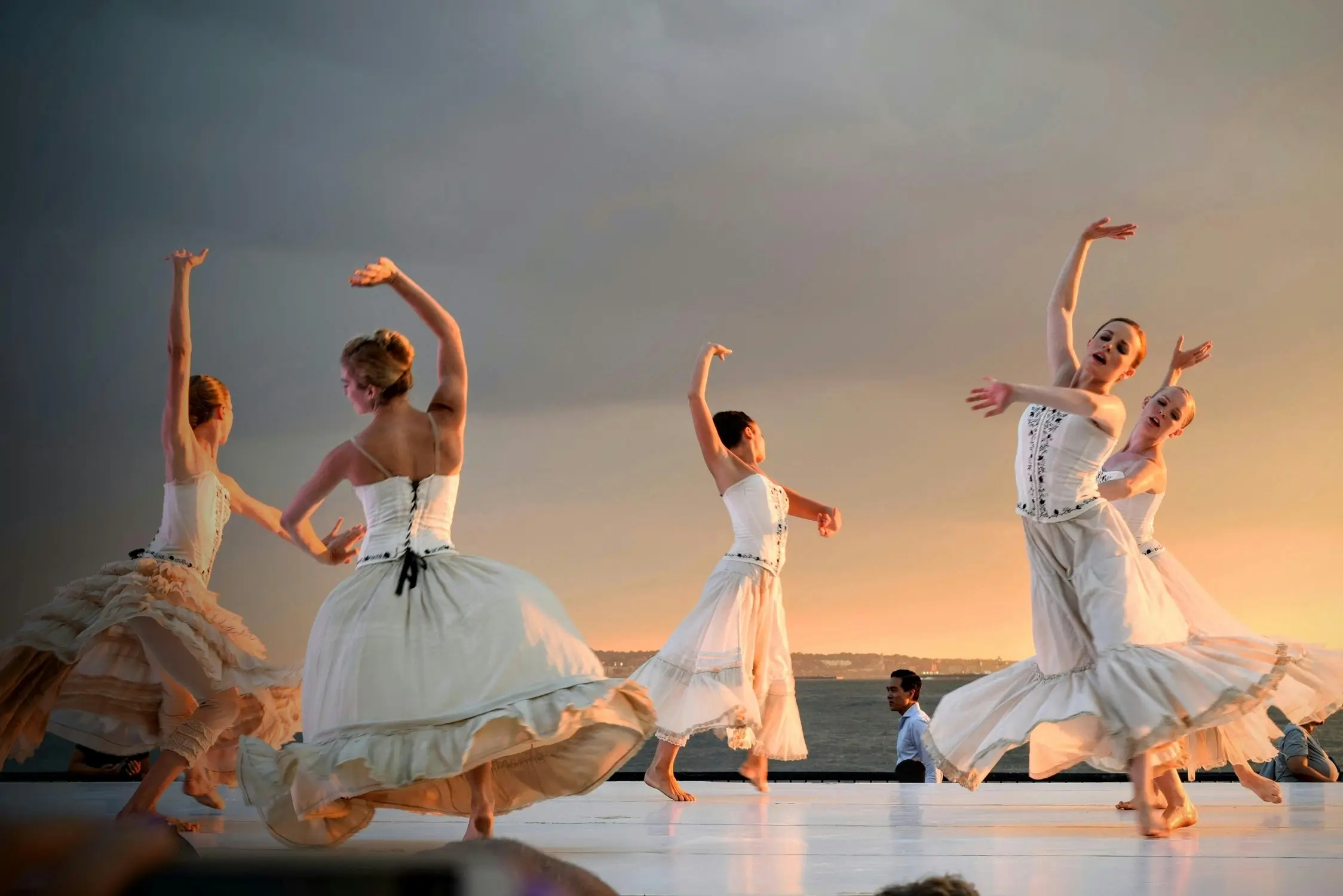
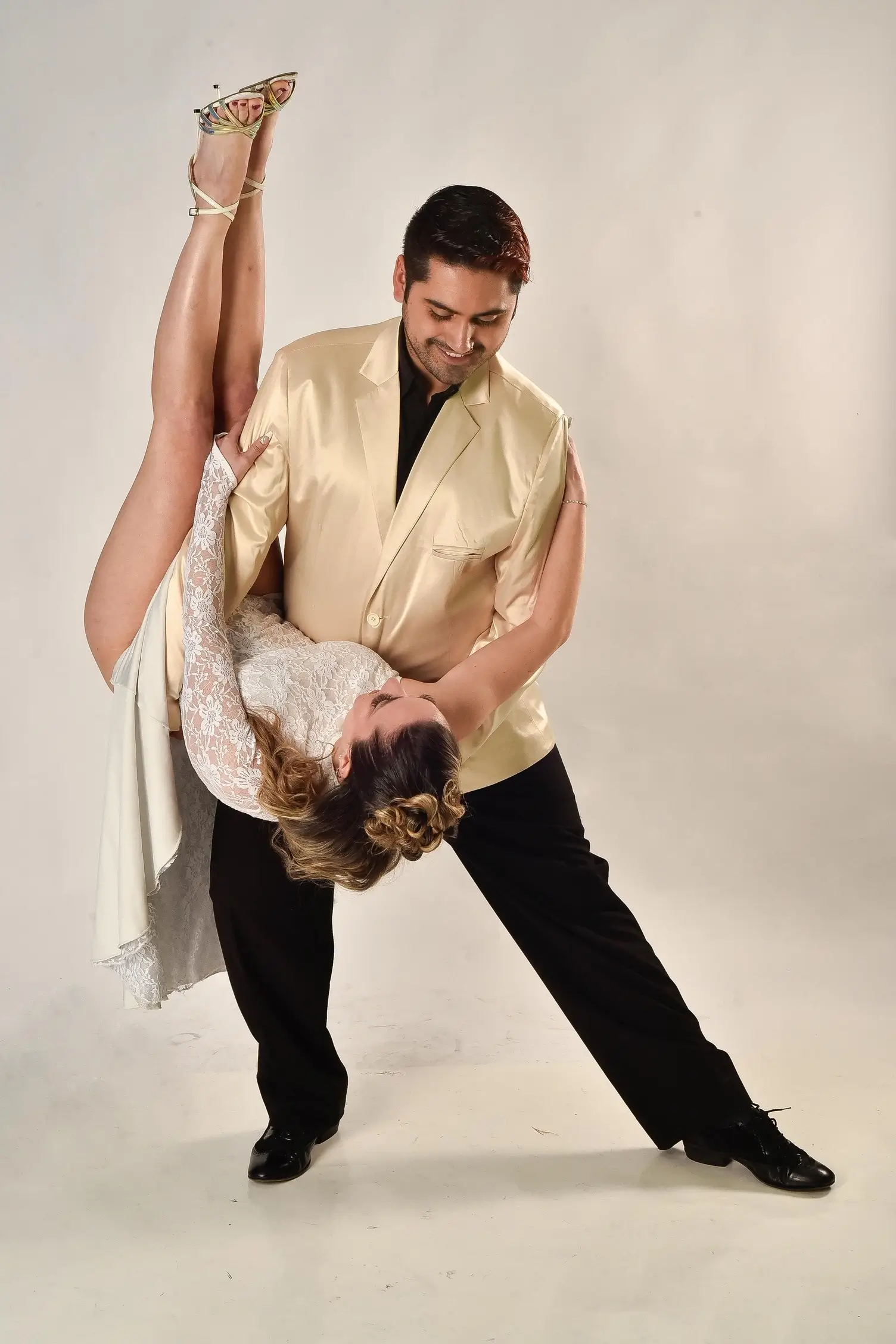
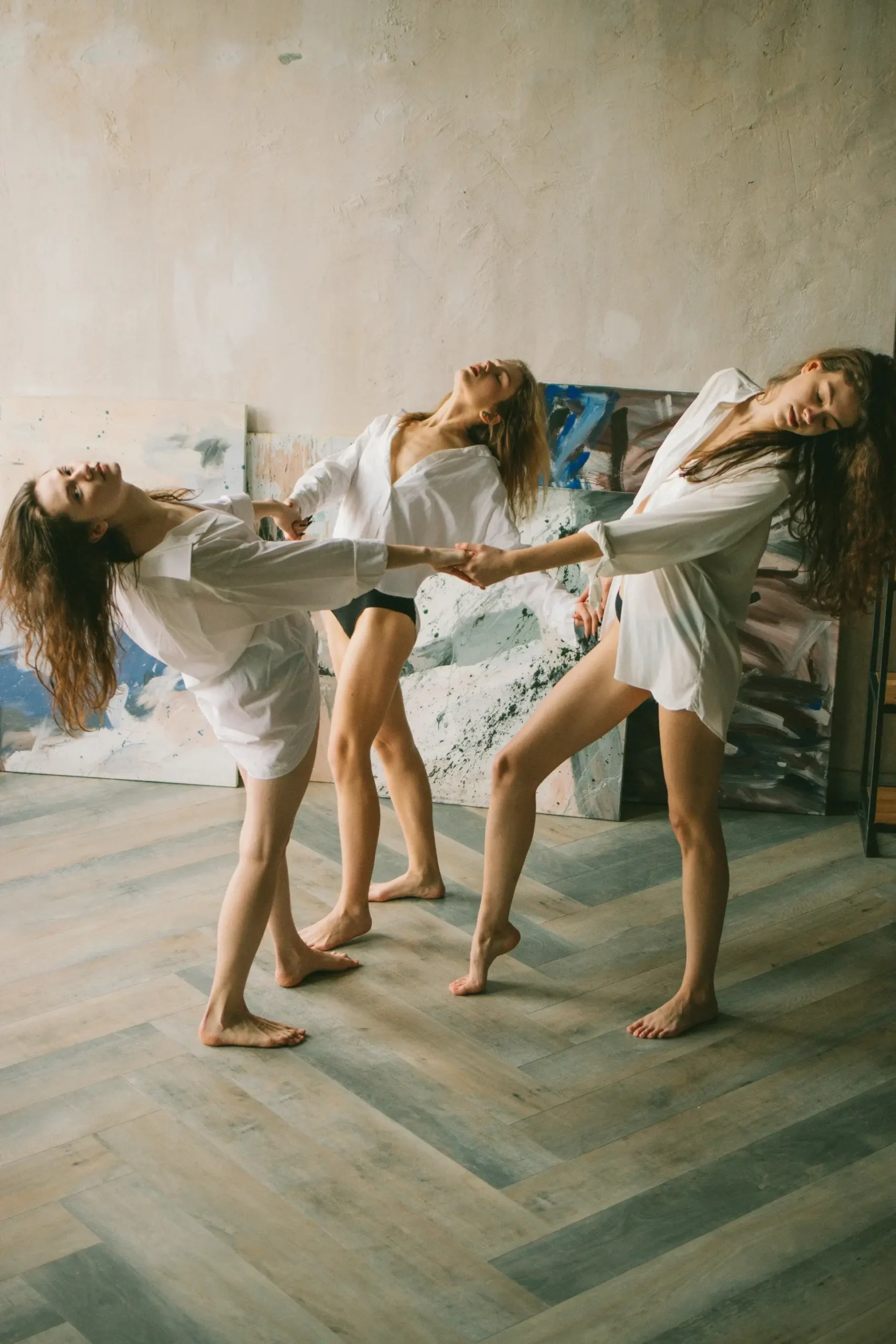
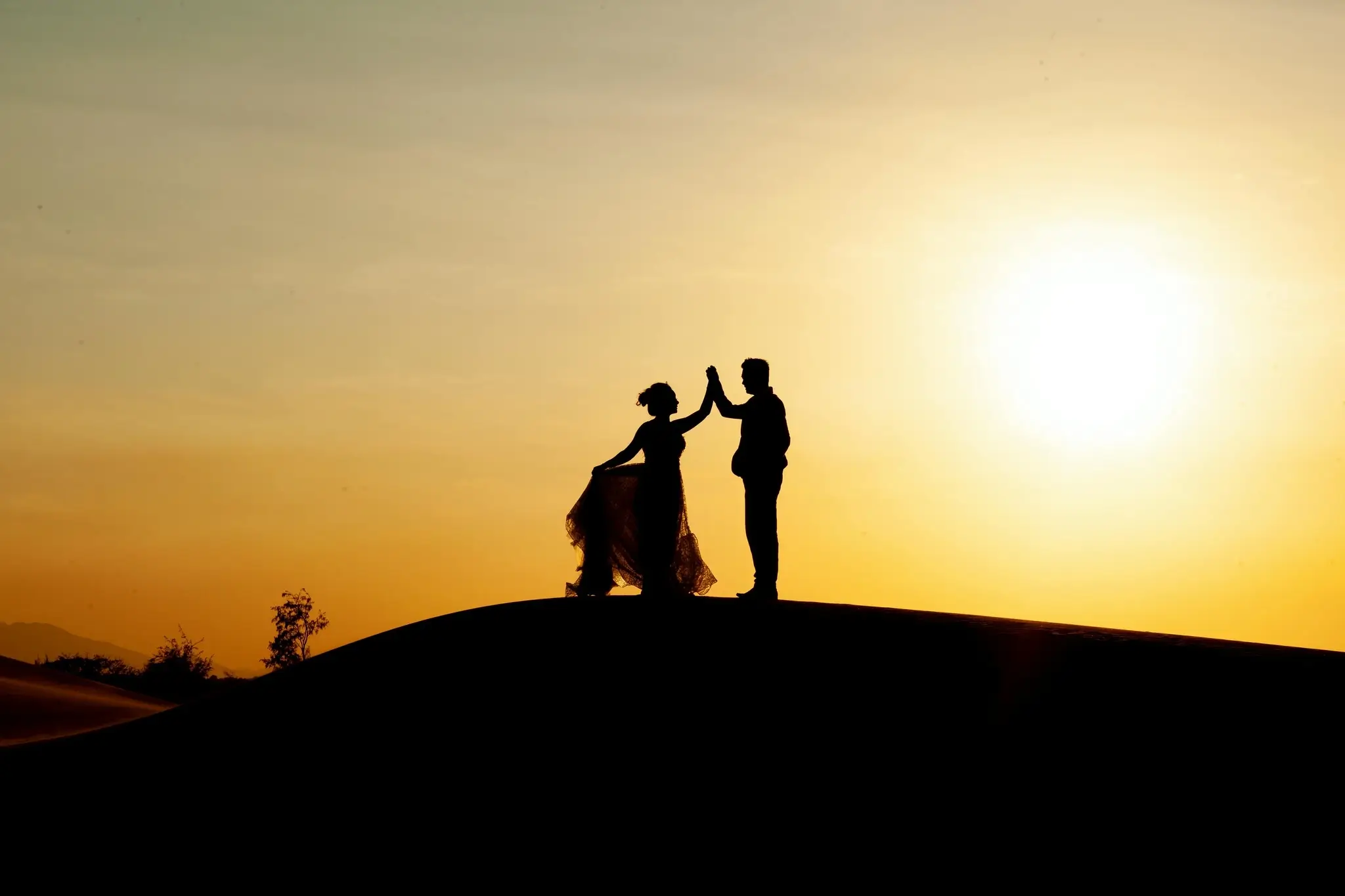
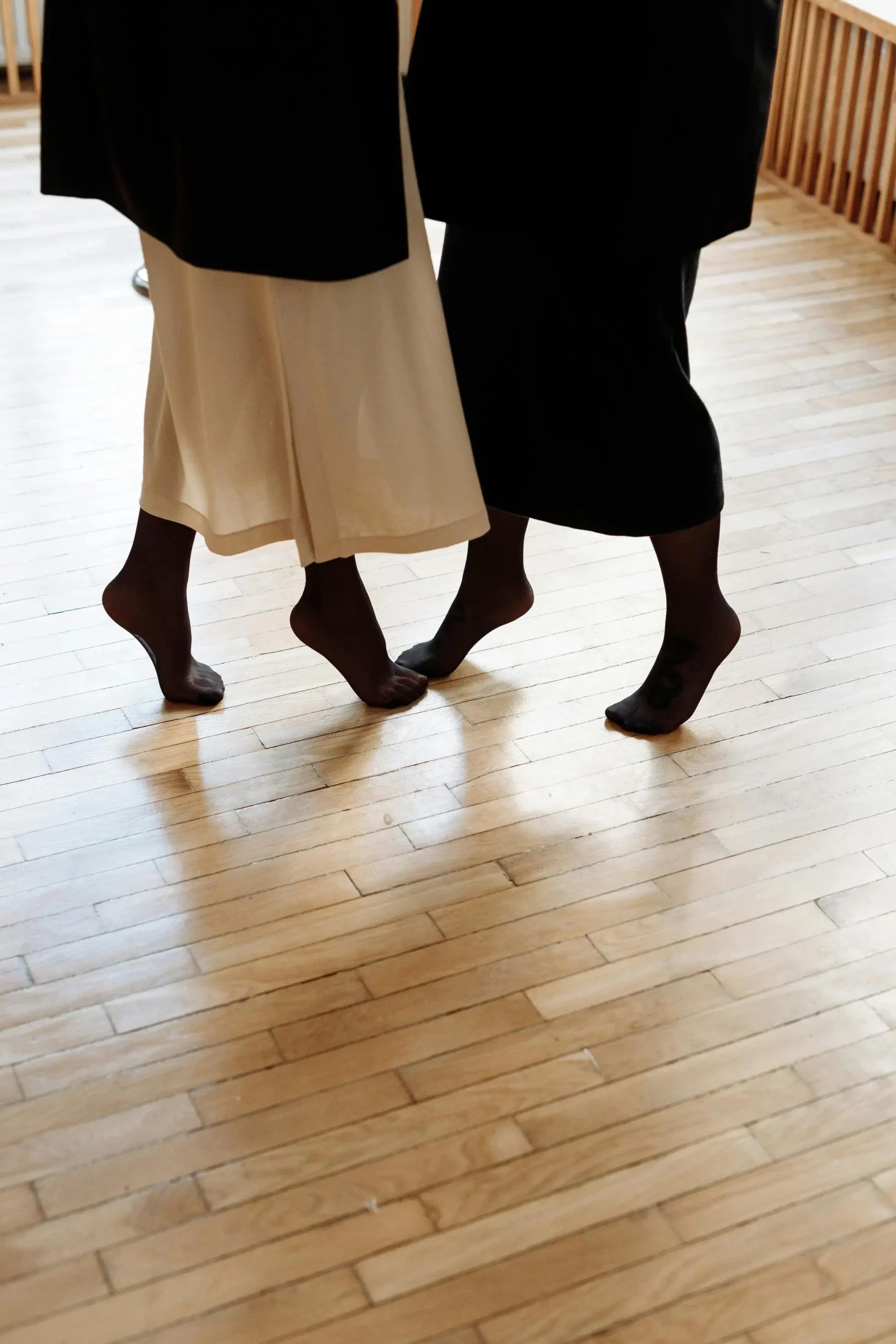
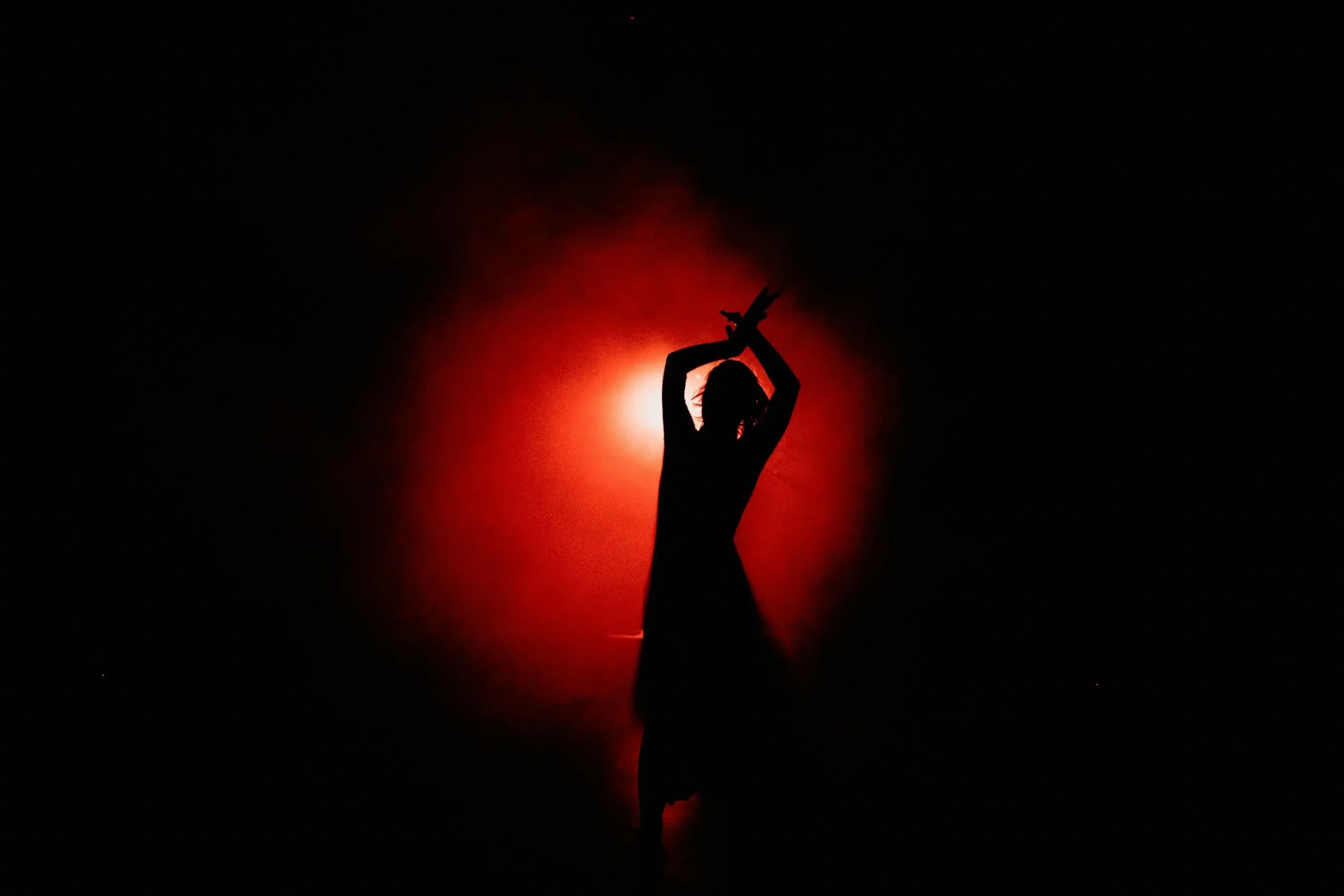


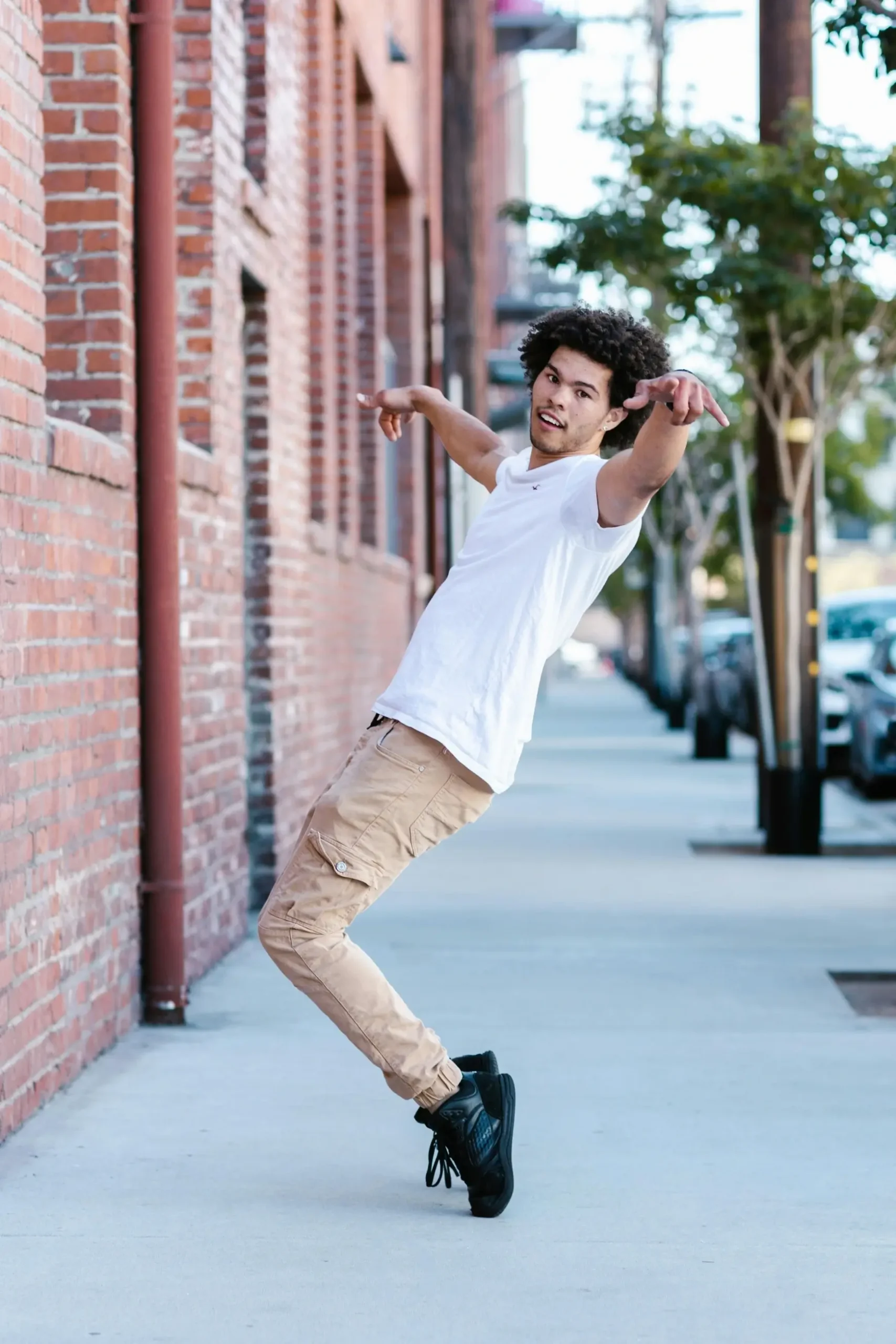
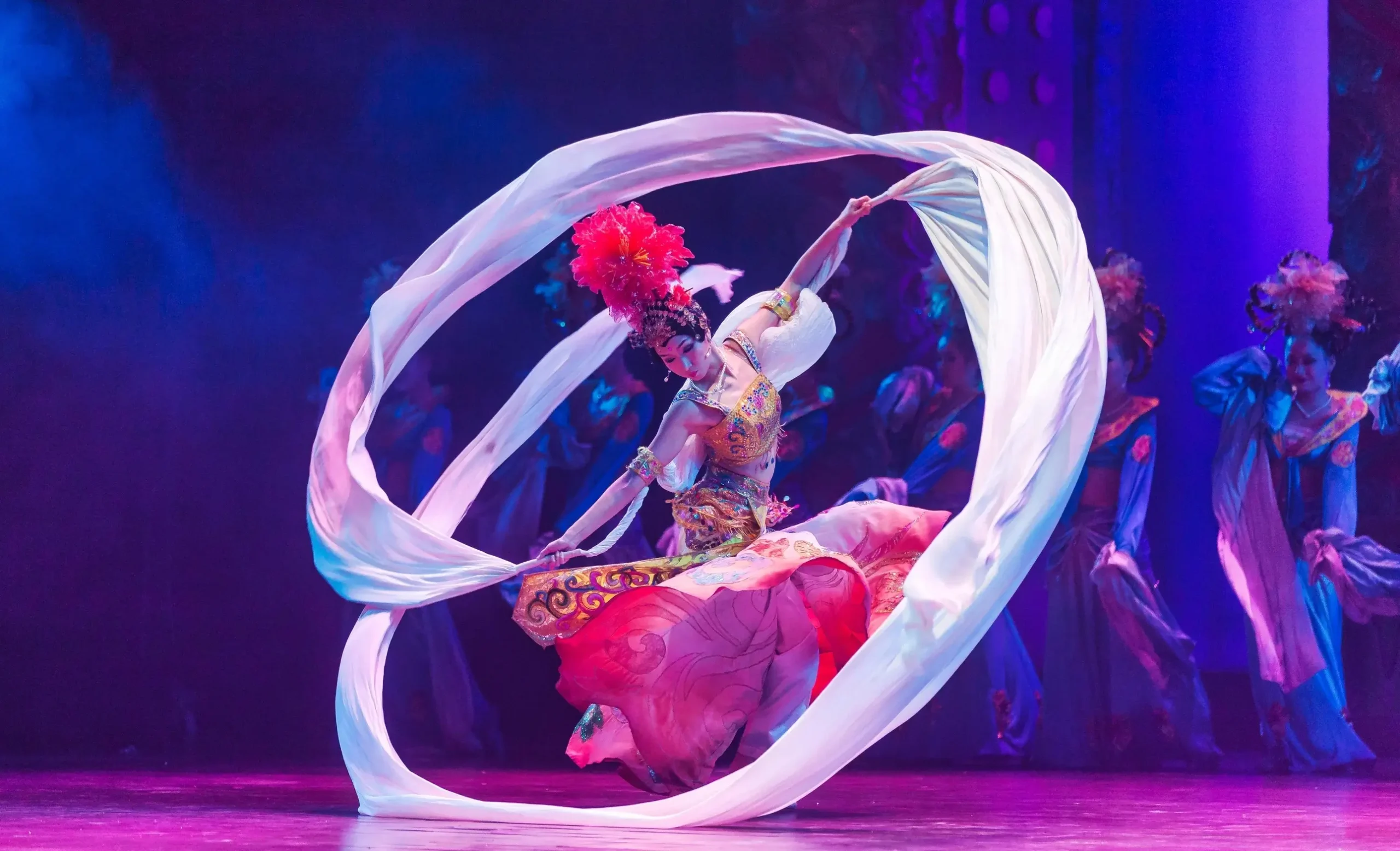

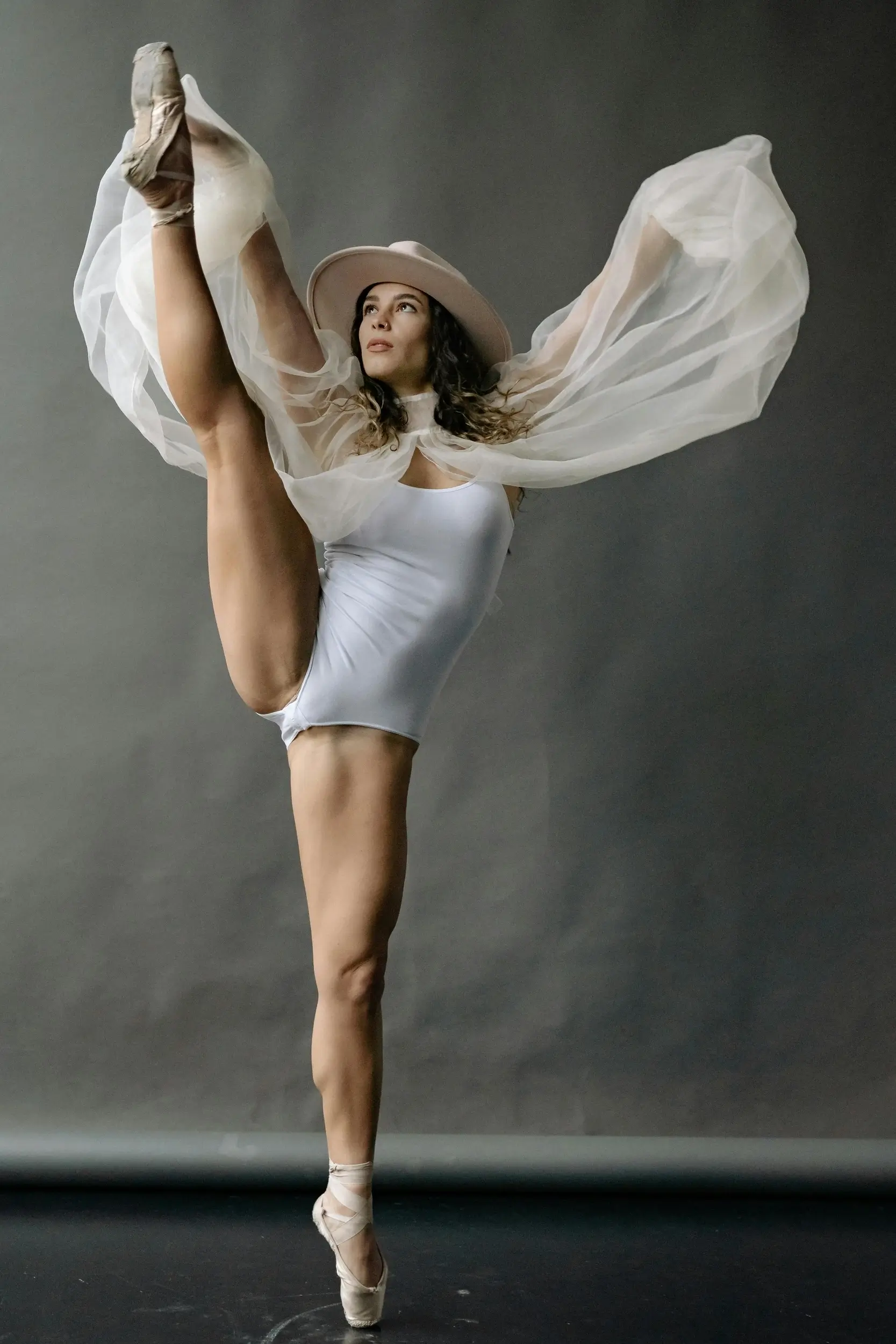

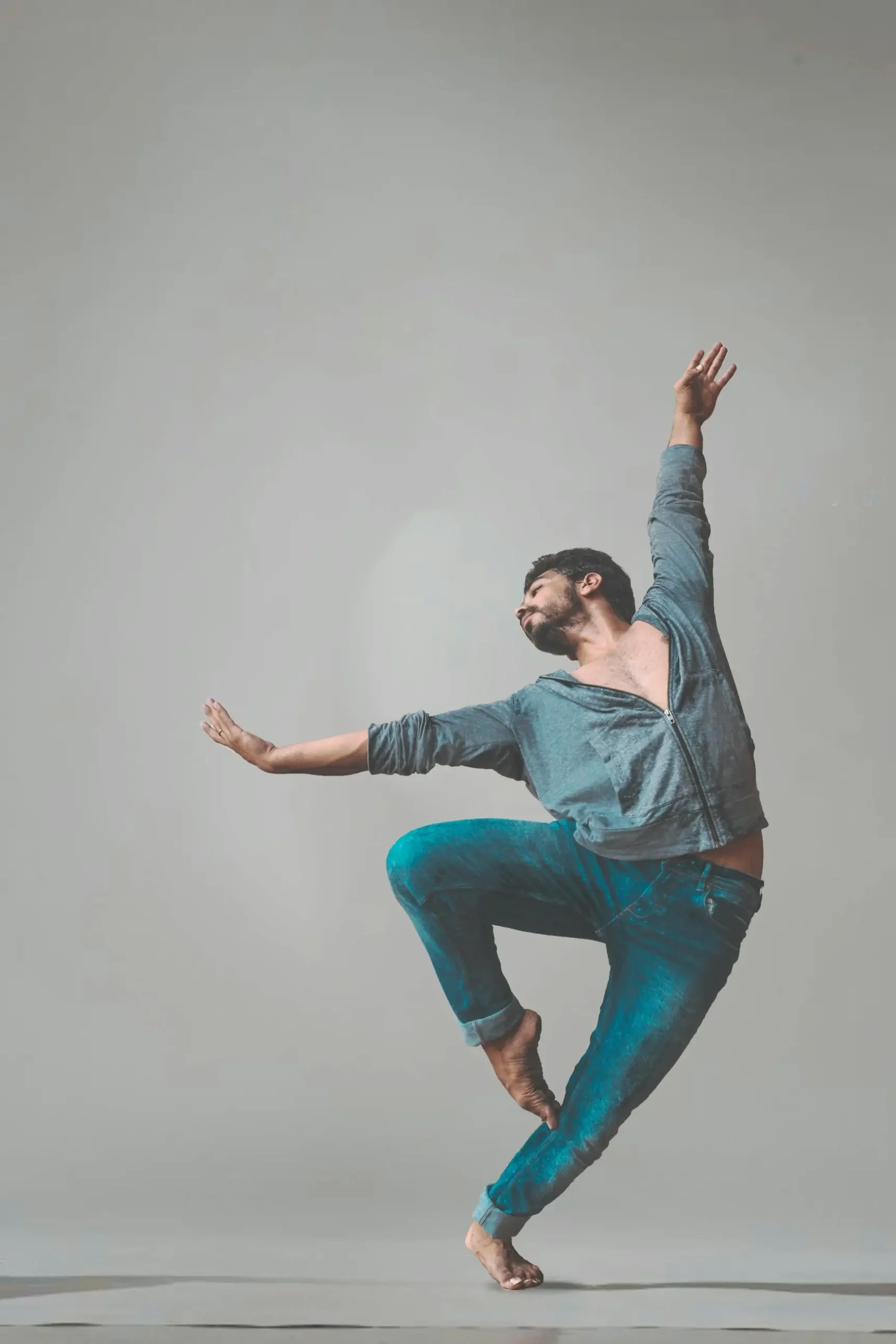

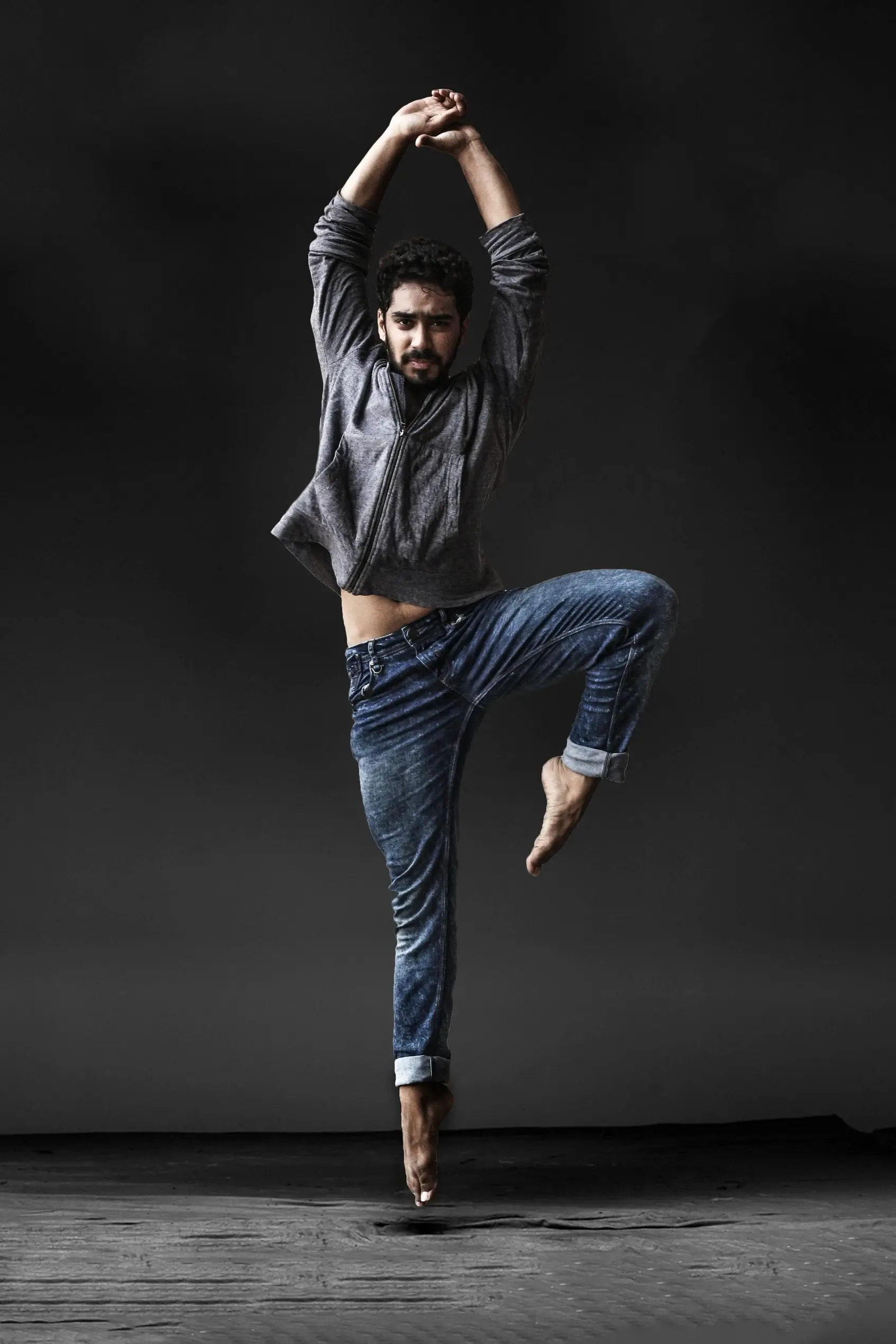
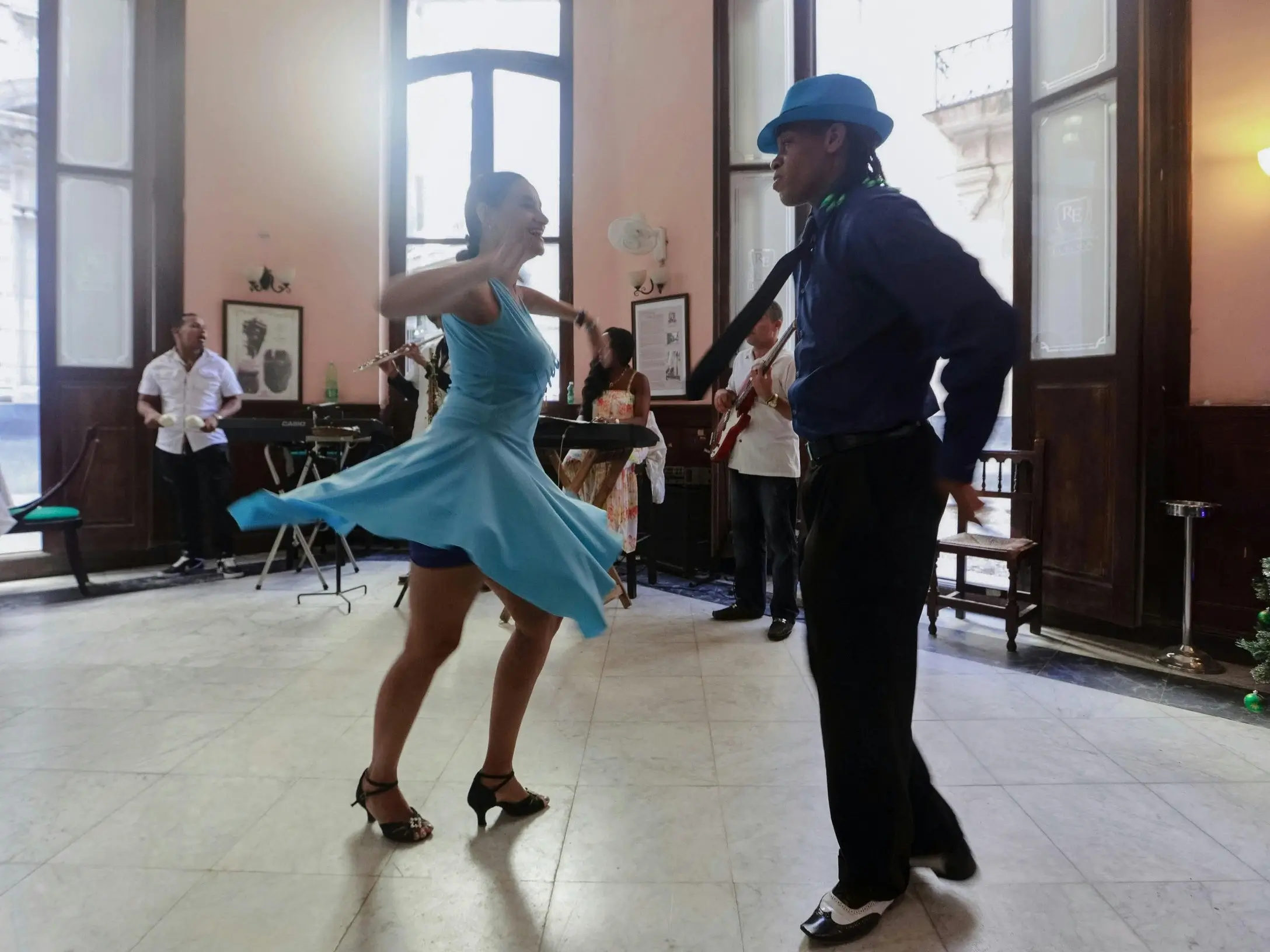
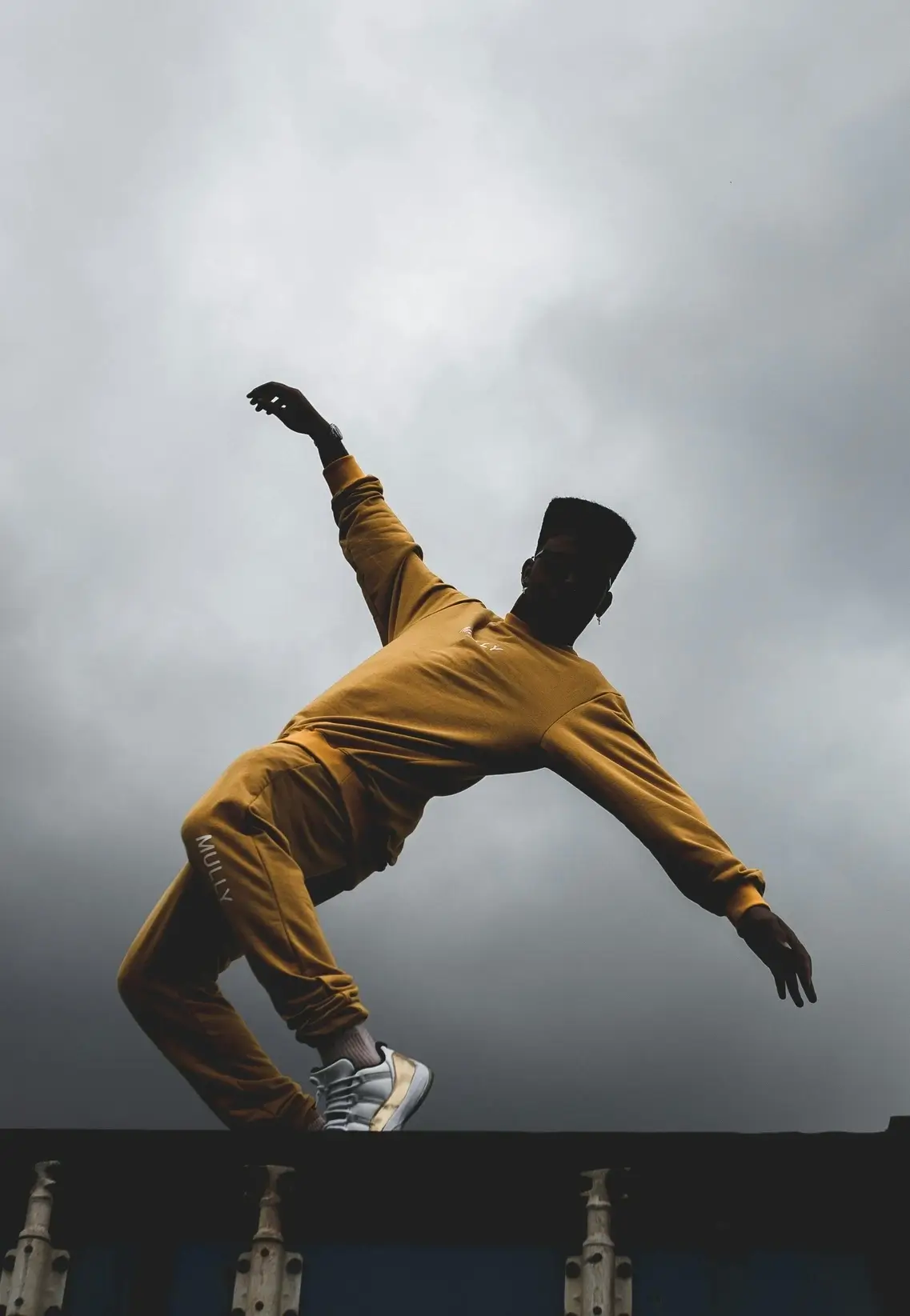

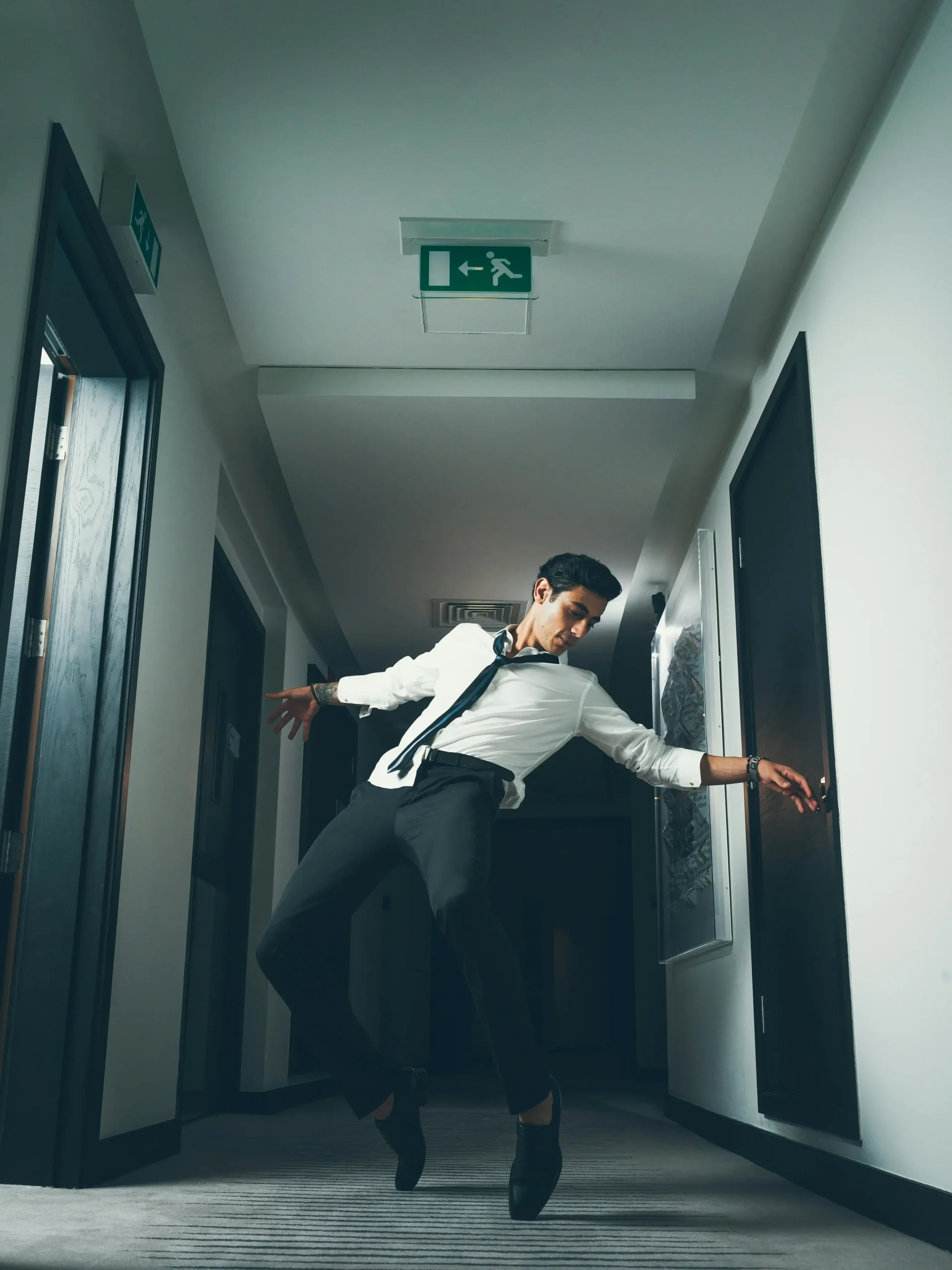
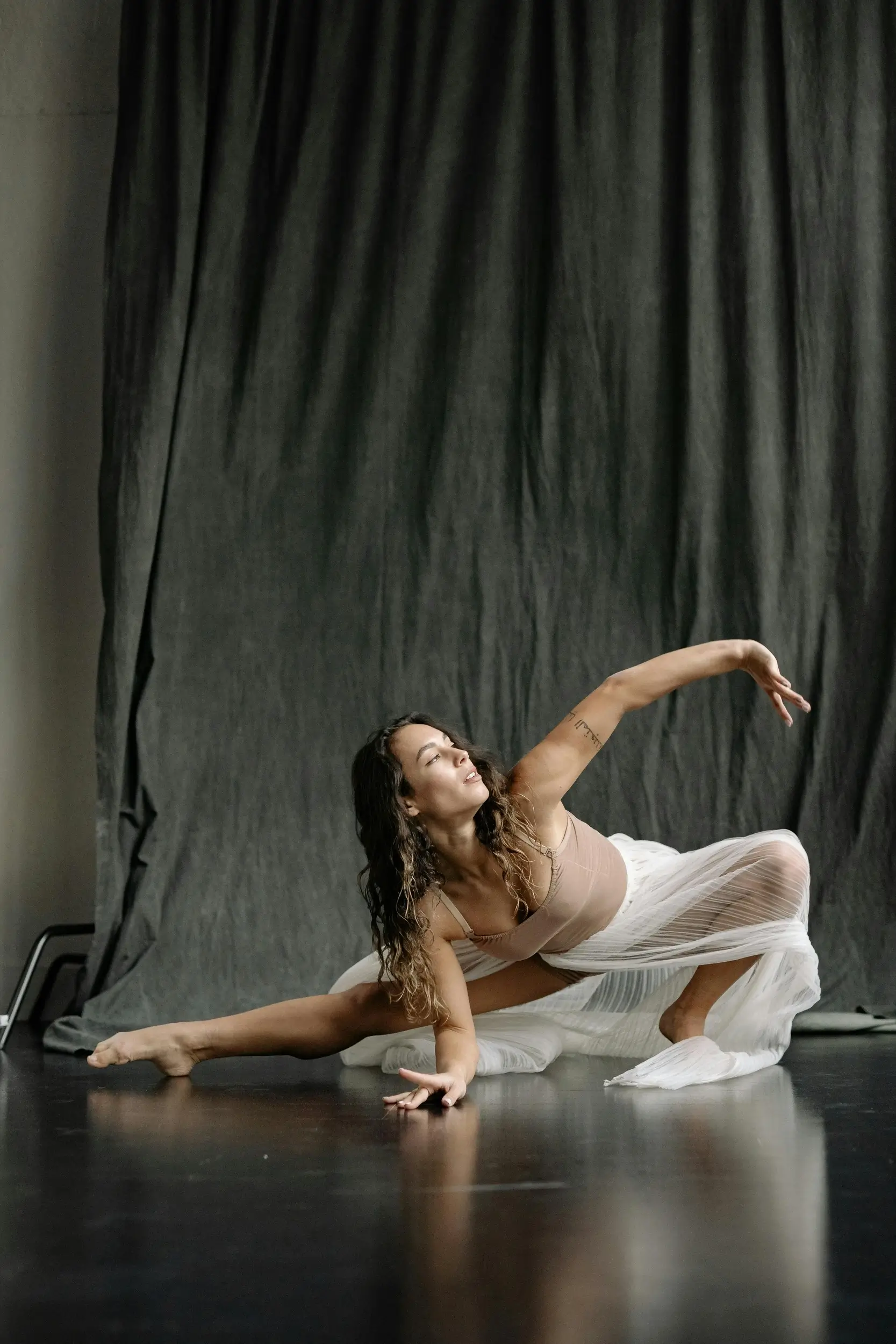
Experiment with Different Styles
Finally, don’t be afraid to experiment with different styles and techniques when drawing dancers. Whether you prefer a more realistic or stylized approach, there are countless ways to capture the beauty and energy of dance on paper. Try different techniques, experiment with different mediums, and most importantly, have fun!
Anatomy of a Dancer
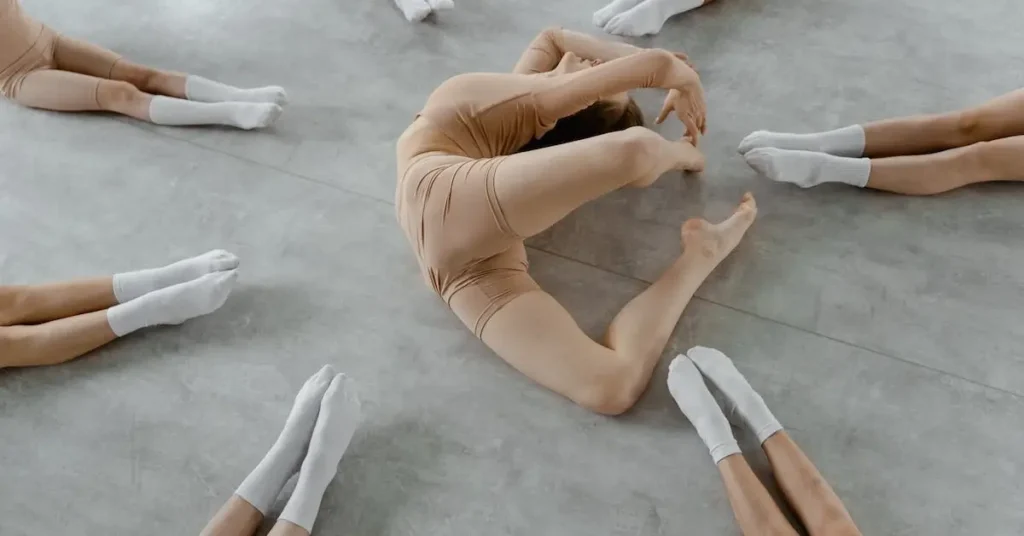
Understanding the anatomy of a dancer is essential to creating a realistic and lifelike representation of a dancer on paper. In this section, I will break down the anatomy of a dancer into four subsections: Head and Neck, Torso, Arms and Hands, and Legs and Feet.
Head and Neck
The head and neck are crucial when drawing a dancer. The size of the head in proportion to the rest of the body is essential. Typically, the head is smaller than the torso, and the neck is elongated to give the impression of grace and elegance. When drawing the head, it is essential to pay attention to the position of the chin and the angle of the neck. The neck’s position changes every time the dancer moves, so keep an eye on it.
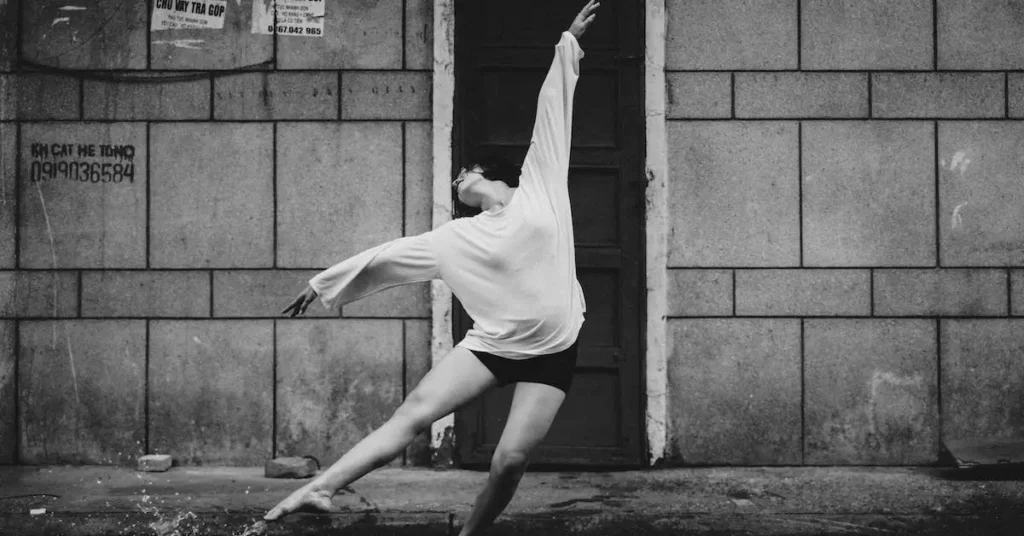
Torso
The torso is the central part of the body and includes the chest, back, and abdomen. The torso’s shape and length are essential to capture the dancer’s movements and balance. When drawing the torso, it’s important to pay attention to the curvature of the spine and the position of the ribcage. The ribcage’s position can change depending on the dancer’s movements and even express different feelings.
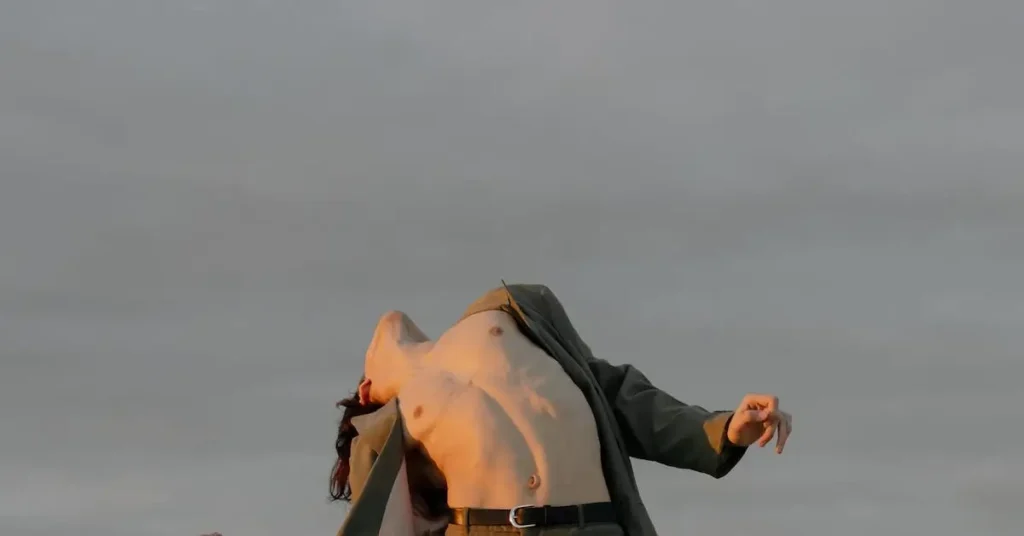
Arms and Hands
The arms and hands are essential in capturing the dancer’s movements and grace. When drawing the arms, it’s important to pay attention to their length and position with the torso. The hands’ position can change depending on the dancer’s movements, so it’s important to observe the dancer. When drawing the hands, it’s important to pay attention to their shape and size.
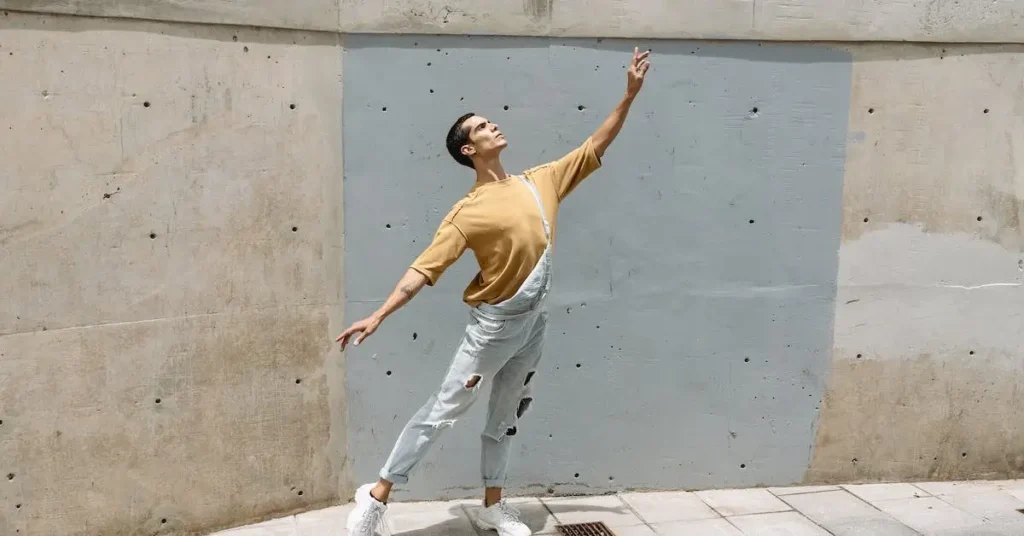
Legs and Feet
The legs and feet are crucial in capturing the dancer’s movements and balance. When drawing the legs, it’s important to pay attention to their length and position to the torso. The feet’s position can change depending on the dancer’s movements, so it’s important to observe the dancer. When drawing the feet, it’s important to pay attention to their shape and size, including the position of the toes and the arch of the foot.
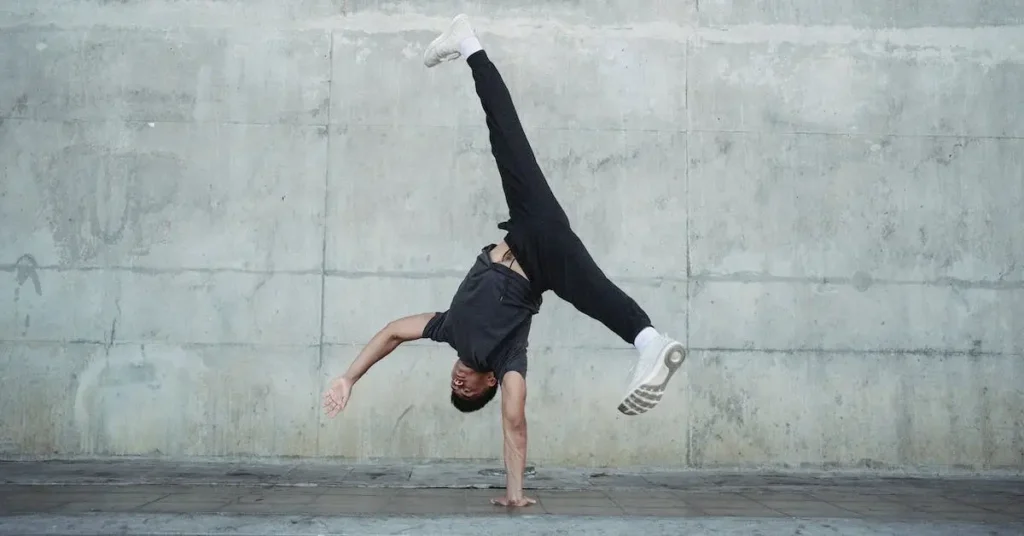
Understanding the anatomy of a dancer is essential when drawing a dancer and using dancer drawing references. By carefully observing and measuring the proportions of the head and neck, torso, arms and hands, and legs and feet, you can create a more lifelike representation of a dancer on paper.
Drawing Different Dance Styles
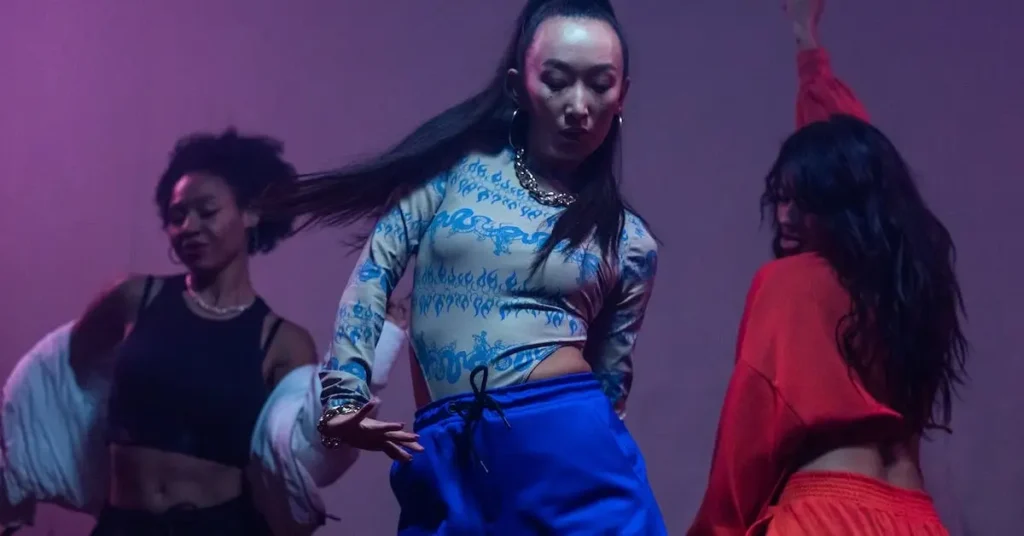
It’s important to be able to capture the unique movements and styles of different types of dancers. Whether you’re drawing a ballet dancer or a hip-hop dancer, there are certain techniques and details to keep in mind to make your drawing look realistic and accurate.
Ballet
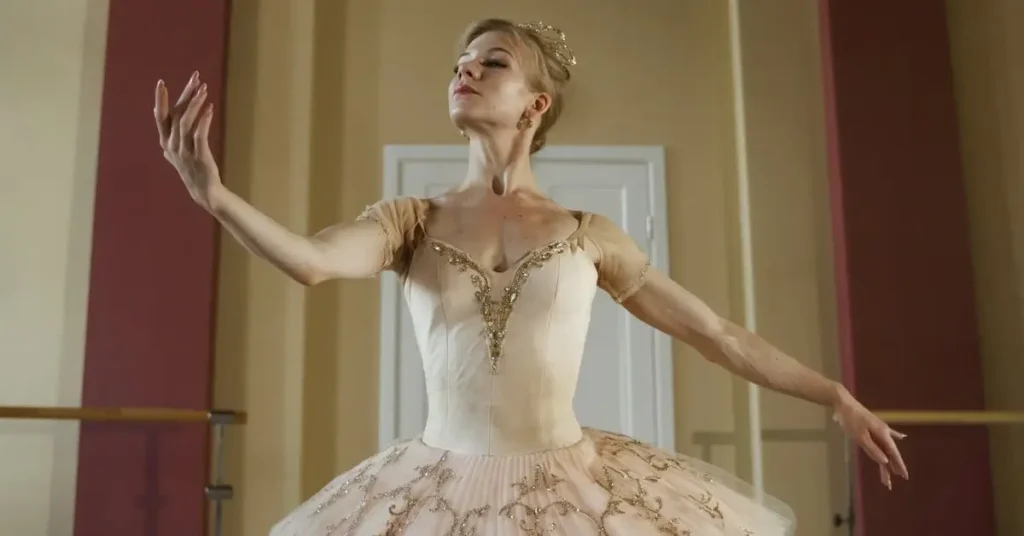
Ballet is a classical dance form that originated in the Italian Renaissance courts of the 15th century. When drawing a ballet dancer, it’s important to pay attention to their posture and the lines of their body. Ballet dancers have a very specific way of holding themselves, with their shoulders back and their chin up. They also have a lot of poise and grace in their movements, so try to capture that fluidity in your drawing.
Some other things to keep in mind when drawing a ballet dancer include the details of their costume, such as the tutu or pointe shoes, and the position of their arms and legs in different poses. You may also want to study some ballet poses and movements to get a better sense of how the body moves in this dance style.
Hip-Hop

Hip-hop is a more modern dance style that originated in the Bronx in the 1970s. When drawing a hip-hop dancer, it’s important to capture the energy and attitude of the dance style. Hip-hop dancers often have a lot of sharp, angular movements, so try to capture those in your drawing.
Some other things to keep in mind when drawing a hip-hop dancer include the details of their clothing, such as baggy pants or a hoodie, and the position of their arms and legs in different poses. You may also want to watch some hip-hop dance videos to get a better sense of the style and movements.
Contemporary

Contemporary dance is a more fluid, expressive dance style that incorporates elements of ballet, jazz, and modern dance. When drawing a contemporary dancer, it’s important to capture the emotion and fluidity of the dance style. Contemporary dancers often have a lot of flowing, sweeping movements, so try to capture that in your drawing.
Some other things to keep in mind when drawing a contemporary dancer include the details of their costume, such as a flowing skirt or leotard, and the position of their arms and legs in different poses. You may also want to study some contemporary dance videos to get a better imagination, of what the main aspects of this dance are.
Latin Dance

Latin dance encompasses a variety of dance styles that originated in Latin America, including salsa, tango, and samba. When drawing a Latin dancer, it’s important to capture the passion and energy of the dance style. Latin dancers often have a lot of fluid, sensual movements, so try to capture that in your drawing.
Some other things to keep in mind when drawing a Latin dancer include the details of their costume, such as a flowing dress or high heels, and the position of their arms and legs in different poses. Depending on where you live – maybe you can go to a place where people are dancing Latin Dance. So you can study your Latin dancer drawing references in the “wild”.
By following these tips and studying different dance styles, you can improve your ability to draw dancers and capture the unique movements and styles of different dance forms.
Capturing Movement and Posture
When it comes to drawing dancers, capturing their dynamic movements and posture is key to creating a compelling piece of art. One technique that can be helpful is gesture drawing, which involves quickly sketching the action lines and basic shapes to represent the figure’s posture and motion. This technique can help you capture the overall energy and movement of a pose and is especially useful when drawing dancers who are constantly in motion.
To create a more dynamic drawing, it’s important to pay close attention to the flow of the lines and the position of the arms and legs. Using simple shapes and curves to capture the general form and movement of the dancer can help you create a solid structure for your drawing. For example, starting with a stick figure and then adding circles, rectangles, and triangles can help you determine the proportions of the figure and create a more accurate representation of the dancer’s movements.
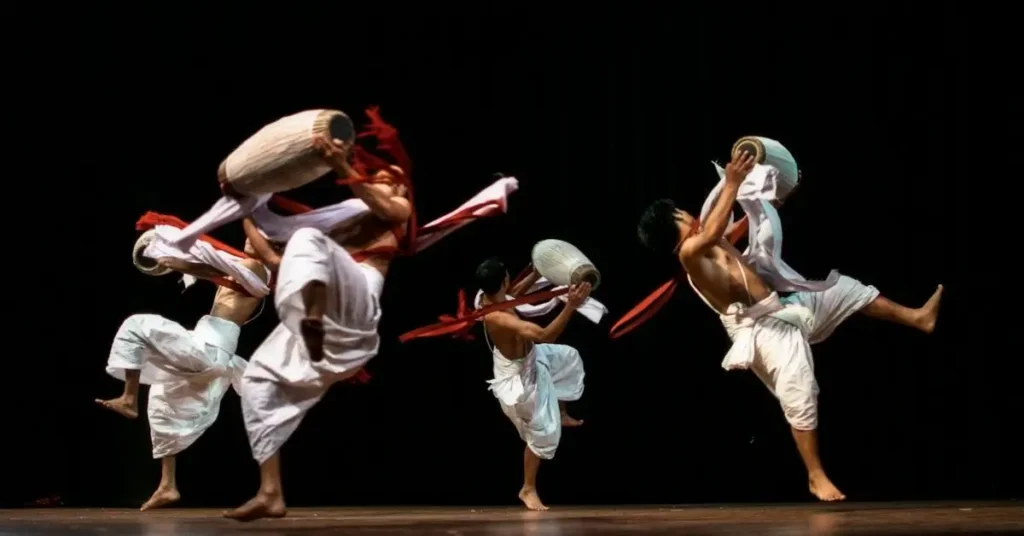
Another technique that can be helpful when capturing movement and posture is to use dancer drawing reference photos or videos. This can help you get a better sense of the dancer’s movements and posture, and can also inspire your drawing. When using dancer drawing reference photos or videos, it’s important to pay close attention to the details of the dancer’s movements, such as the position of their arms and legs, the angle of their body, and the direction of their gaze.
Overall, capturing movement and posture is key to creating a compelling dancer drawing reference. By using techniques like gesture drawing and using dancer drawing reference photos or videos, you can create a more dynamic and accurate representation of the dancer’s movements and posture. If you can watch people dancing, go there and watch.
Drawing Costumes and Accessories
When it comes to drawing dancers, their costumes and accessories can add a lot of character and personality to your artwork. Paying attention to the details of their outfits can make your drawing more interesting and unique. Here are some tips for drawing costumes and accessories for your dancer drawing reference:
- Research: Before you start drawing, it’s important to do some research on the type of dance you want to draw. Different types of dance have different costumes and accessories. For example, ballet dancers wear tutus and pointe shoes, while hip-hop dancers wear baggy clothes and sneakers. By doing some research, you can get a better idea of the costume and accessory details that will make your drawing more accurate and realistic.
- Focus on the Details: When drawing costumes and accessories, it’s important to focus on the details. Pay attention to the texture and patterns of the fabric, the shine and sparkle of the accessories, and the way the clothing fits the dancer’s body. These details can make your drawing more realistic and interesting.
- Use References: Using references is a great way to improve your drawing skills. Look for photos of dancers in their costumes and accessories to use as a reference for your drawing. You can also use fashion magazines and online resources for inspiration.
- Experiment with Colors: Don’t be afraid to experiment with different colors when drawing costumes and accessories. While some costumes may be traditionally black or white, adding a pop of color can make your drawing stand out. Try using complementary colors or shades to add depth and interest to your artwork.
By following these tips, you can create realistic and interesting costumes and accessories for your dancer drawing reference. Remember to pay attention to the details, do your research, and use references to improve your skills.
Shading and Coloring Techniques

Now that you have your dancer drawing reference, it’s time to add some depth and dimension to your artwork. Shading and coloring are essential techniques to bring your drawings to life. Here are some tips and tricks to help you master these techniques.
Shading Techniques
Shading is the process of adding value to your drawing to create the illusion of depth and volume. There are several shading techniques you can use, including:
- Hatching and Cross-Hatching: These techniques involve drawing parallel or intersecting lines to create shading. Hatching involves drawing lines in one direction, while cross-hatching involves drawing lines in multiple directions.
- Blending: Blending involves smudging or rubbing your pencil marks to create a smooth transition between light and dark areas.
- Stippling: Stippling involves creating shading by using small dots or dashes.
- Layering: Layering involves building up layers of pencil marks to create depth and dimension.
Experiment with these techniques to find the ones that work best for you. Remember to vary the pressure and density of your marks to create different levels of shading.
Coloring Techniques
Coloring is the process of adding color to your drawing. There are several coloring techniques you can use, including:
- Solid Color: This technique involves filling in your drawing with a single color.
- Gradients: Gradients involve blending two or more colors to create a smooth transition.
- Textured Coloring: Textured coloring involves adding texture to your coloring by using techniques such as cross-hatching or stippling.
- Layering: Layering involves building up layers of color to create depth and dimension.
When choosing colors, consider the lighting and mood of your drawing. Warm colors such as reds and yellows can create a sense of energy and excitement, while cool colors such as blues and greens can create a sense of calm and tranquility.
In conclusion, shading and coloring are essential techniques to bring your dancer drawing references to life. Experiment with different techniques and colors to find the ones that work best for you. Remember to vary the pressure and density of your marks to create different levels of shading, and to consider the lighting and mood of your drawing when choosing colors.
Drawing from Different Perspectives
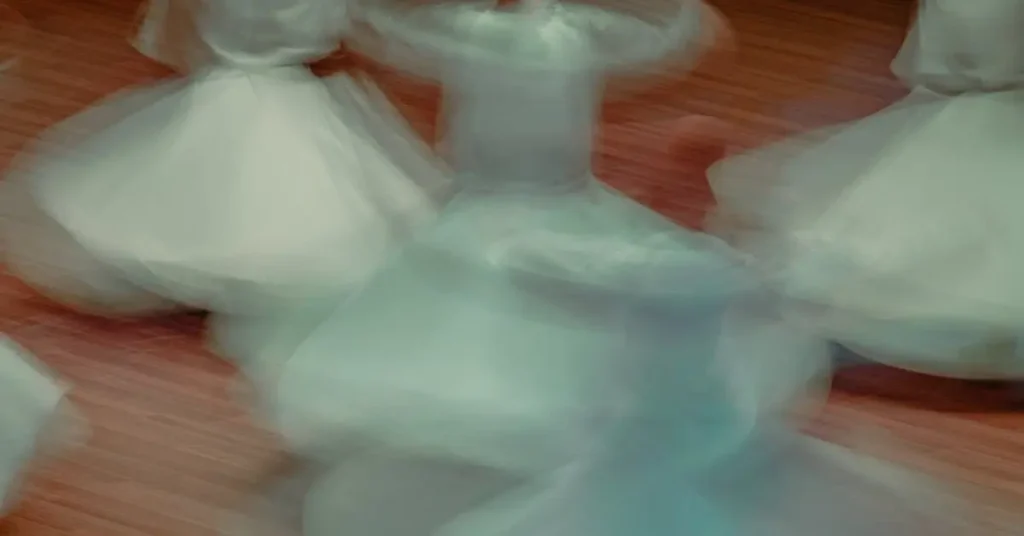
When it comes to drawing dancers, it’s important to have a good understanding of their movements and poses. One way to achieve this is by drawing them from different perspectives. This not only helps you to capture the essence of the dancer’s movements but also helps you to understand the anatomy of the human body.
- Front View: Drawing a dancer from the front view is a great way to capture their facial expressions and the details of their costume. It’s also a good way to study the proportions of the human body. When drawing from the front view, it’s important to pay attention to the placement of the arms and legs, as well as the position of the head.
- Side View: Drawing a dancer from the side view is a great way to capture the fluidity of their movements. This view allows you to study the lines of the body as the dancer moves. Pay attention to the position of the arms and legs, as well as the curvature of the spine.
- Back View: Drawing a dancer from the back view is a great way to capture the intricate details of their costume and the way it moves with their body. This view also allows you to study the muscles of the back and the way they contract and expand as the dancer moves.
- Overhead View: Drawing a dancer from an overhead view is a great way to capture the shapes and patterns created by their movements. This view allows you to study the way the body moves in space and the way the limbs are positioned with each other.
In conclusion, drawing a dancer from different perspectives is a great way to improve your skills and capture the essence of their movements. By paying attention to the placement of the limbs and the curvature of the spine, you can create a dynamic and realistic drawing that captures the beauty and grace of dance.
Examples and Inspiration
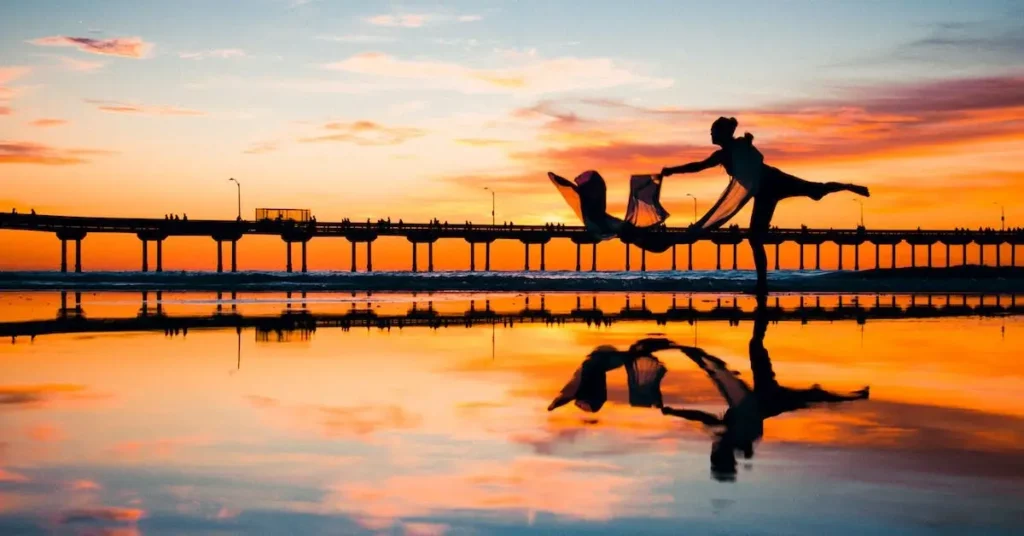
I know how important it is to have good dancer drawing references. Not only do they help you understand the movement and anatomy of the human body, but they can also inspire your unique style. Here are a few examples and sources of inspiration that I’ve found helpful in my search for dancer drawing references:
Pinterest Boards
Pinterest is a great resource for finding reference images and inspiration for your art. There are many boards dedicated to dancing references which feature a variety of poses and styles. Others have a mix of realistic and stylized references.
Anatomy Books
Having a good understanding of anatomy is crucial when drawing dancers. There are many great anatomy books out there, but one that I’ve found particularly helpful is “Anatomy for the Artist” by Sarah Simblet. It features detailed illustrations of the human body, including muscles and bones, as well as tips on how to draw them accurately.
Life Drawing Classes
Attending life drawing classes is one of the best ways to improve your drawing skills and gain a better understanding of the human body. Many studios and art schools offer life drawing sessions with professional models, which can be a great way to practice drawing dancers in various poses.
YouTube Tutorials
There are many great YouTube tutorials out there that can help you improve your dancer drawing reference skills. One channel that I’ve found particularly helpful is Proko, which features detailed tutorials on anatomy, figure drawing, and more.
There are many great resources out there for finding dancer drawing references and inspiration. Whether you prefer using Pinterest boards, anatomy books, attending life drawing classes, or watching YouTube tutorials, there’s something out there for everyone.
Frequently Asked Questions
Where can I find good references for drawing dance poses?
If you are looking for good references for drawing dance poses, there are many resources available online. Some great websites to check out include Urban Creativist and Art2Art.org.uk. You can also find plenty of inspiration on social media platforms like Instagram and Pinterest.
How do you draw from a dancer drawing reference?
Drawing a reference from a picture of a dancer can be a great way to improve your skills and capture the beauty of dance. To get started, choose a clear and high-quality photo of a dancer in motion. Then, sketch the basic lines, then the basic shapes and lines to get the proportions right. Finally, add in the details and shading to bring your drawing to life.
What are some easy dance poses to draw?
If you are just starting with a dancer drawing reference, it can be helpful to focus on some of the simpler poses. Some easy dance poses to draw include basic ballet positions, simple jumps, and arm or leg extensions. As you gain more experience, you can start to tackle more complex poses and movements.
Are there any free dancer drawing reference generators available?
While there are many paid resources available for dancer drawing reference, there are also some great free options out there. One popular choice is Quickposes, which offers a variety of timed gesture drawing exercises to help you improve your skills. Other free resources include Line of Action and Posemaniacs.
If you liked this blog post about the topic: “Dancer Drawing Reference”, don’t forget to leave me a comment down below to tell me about your experience with it.
Do you want to look further into other references? Then take a look at my other articles like Sitting Pose Reference: Ressources For Your Next Inspiring Creation 2024, Muscle Drawing References: Empower Your Artistic Muscles 2024, or Hand Drawing Reference: How To Master The Art Of Hand Drawing 2024.
